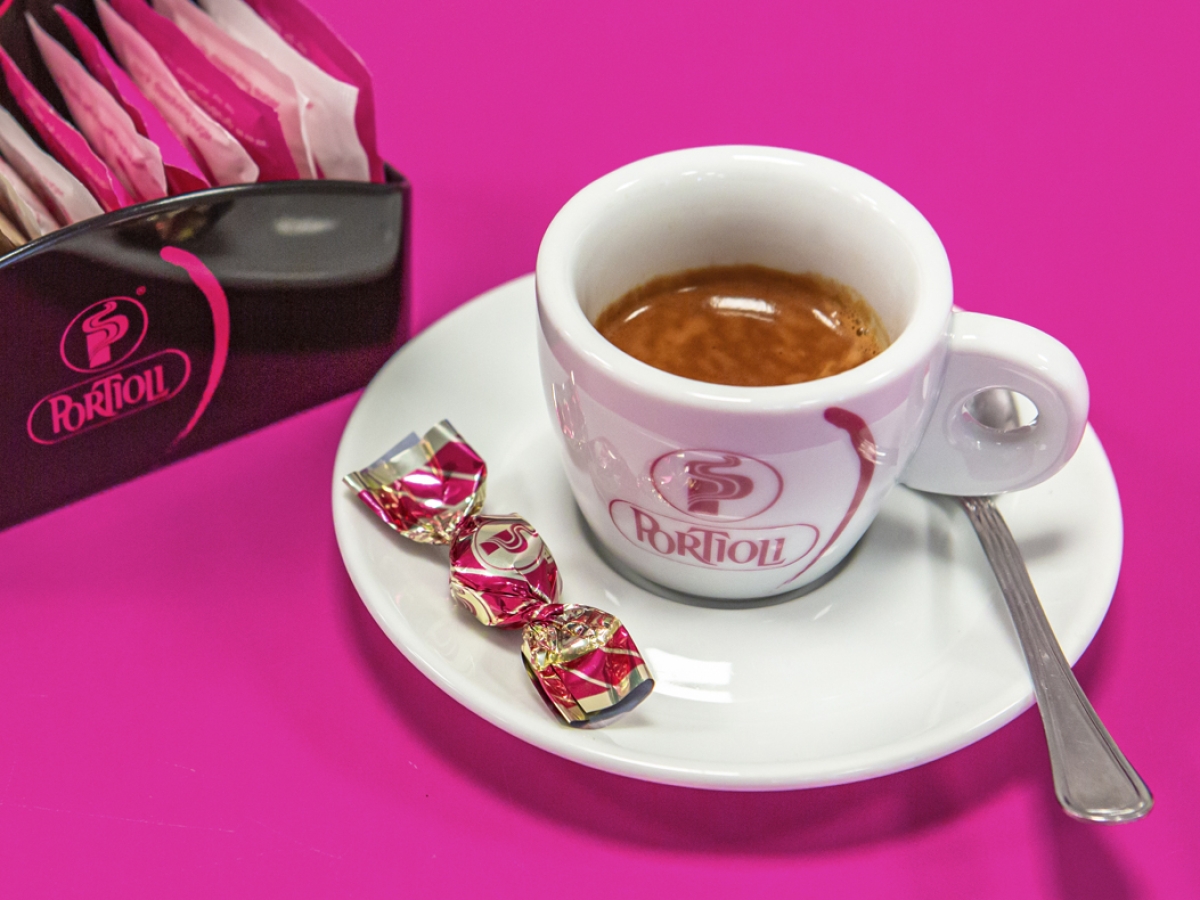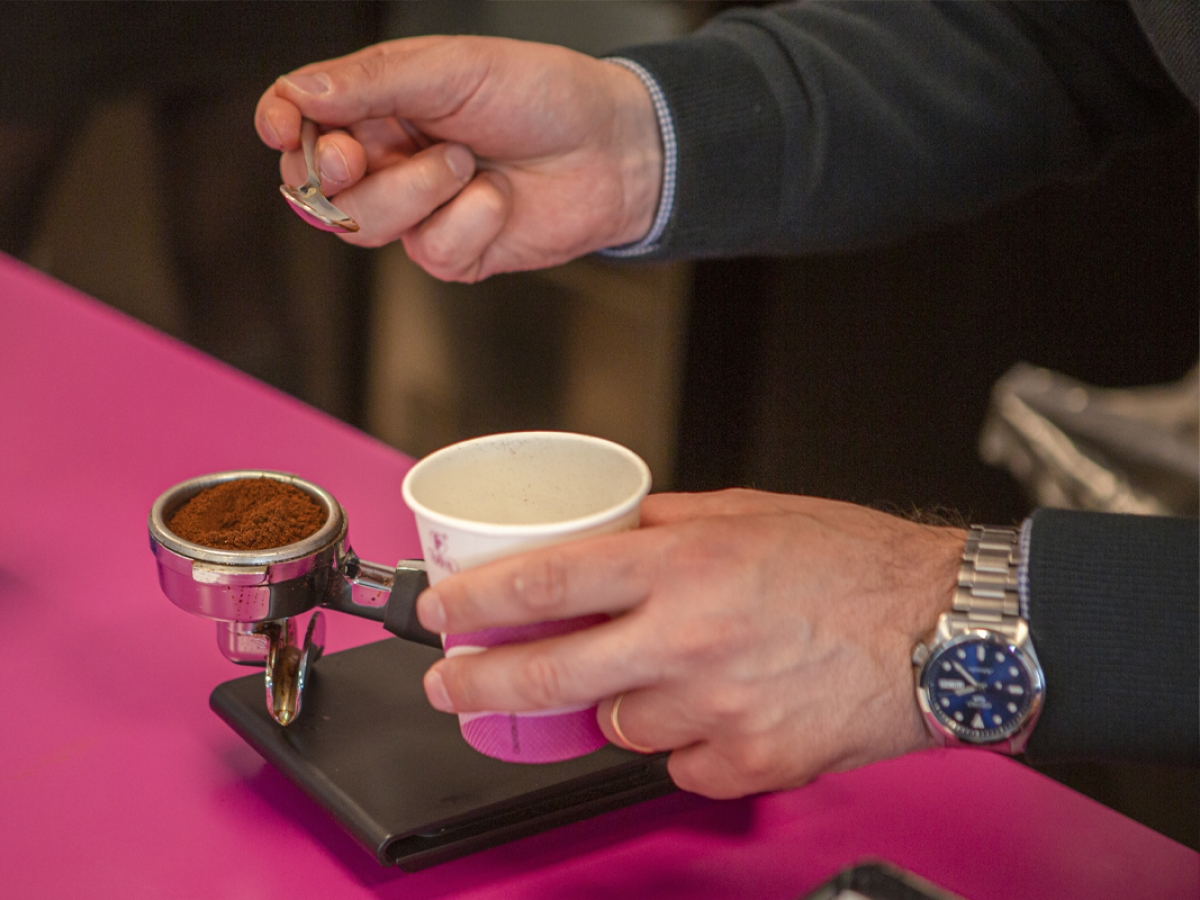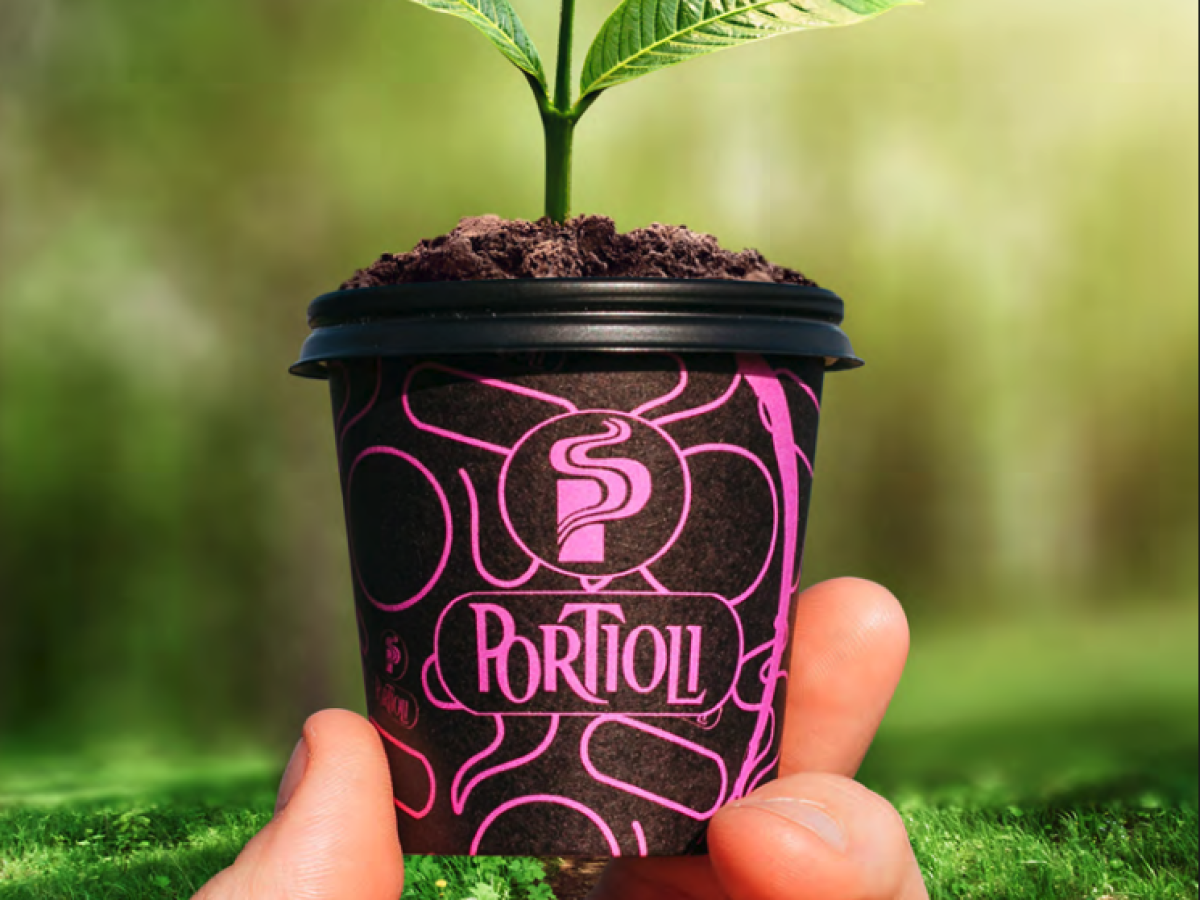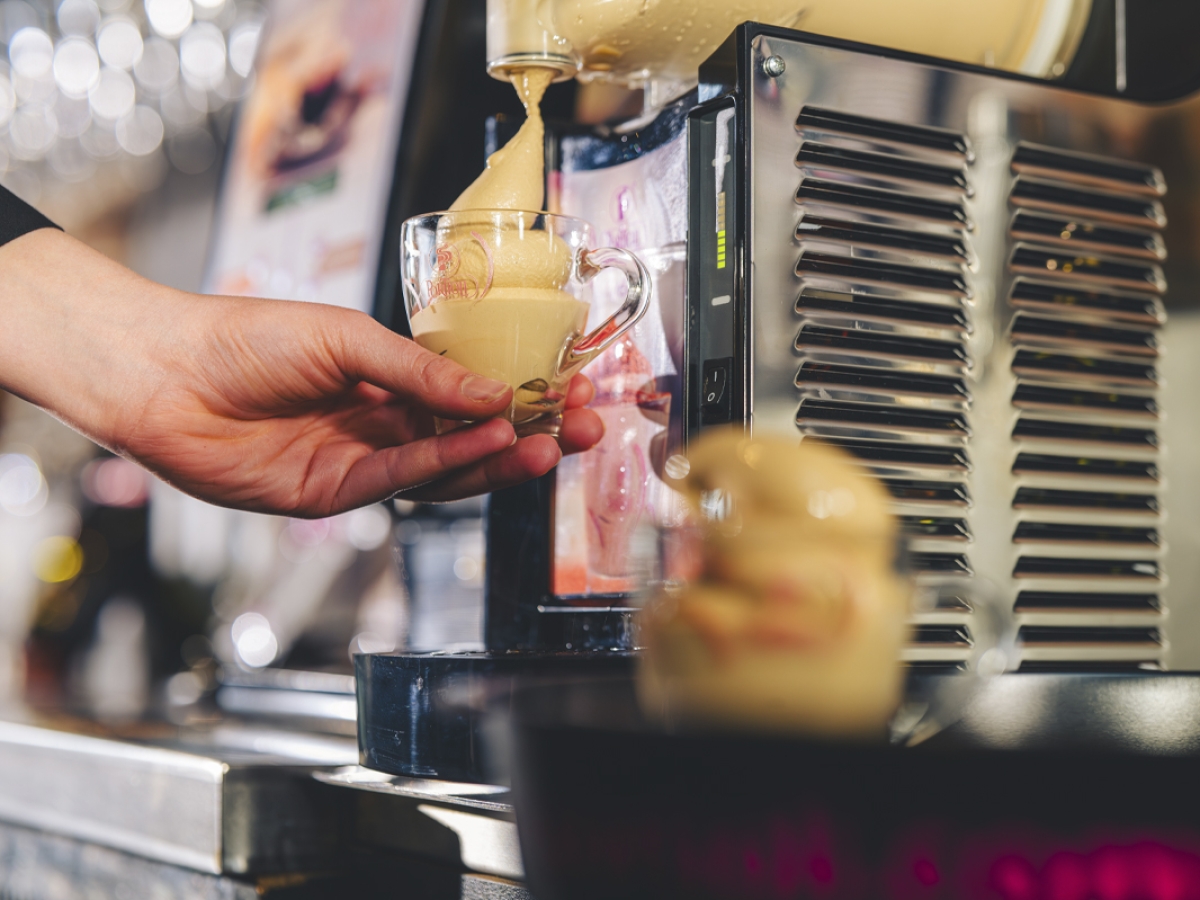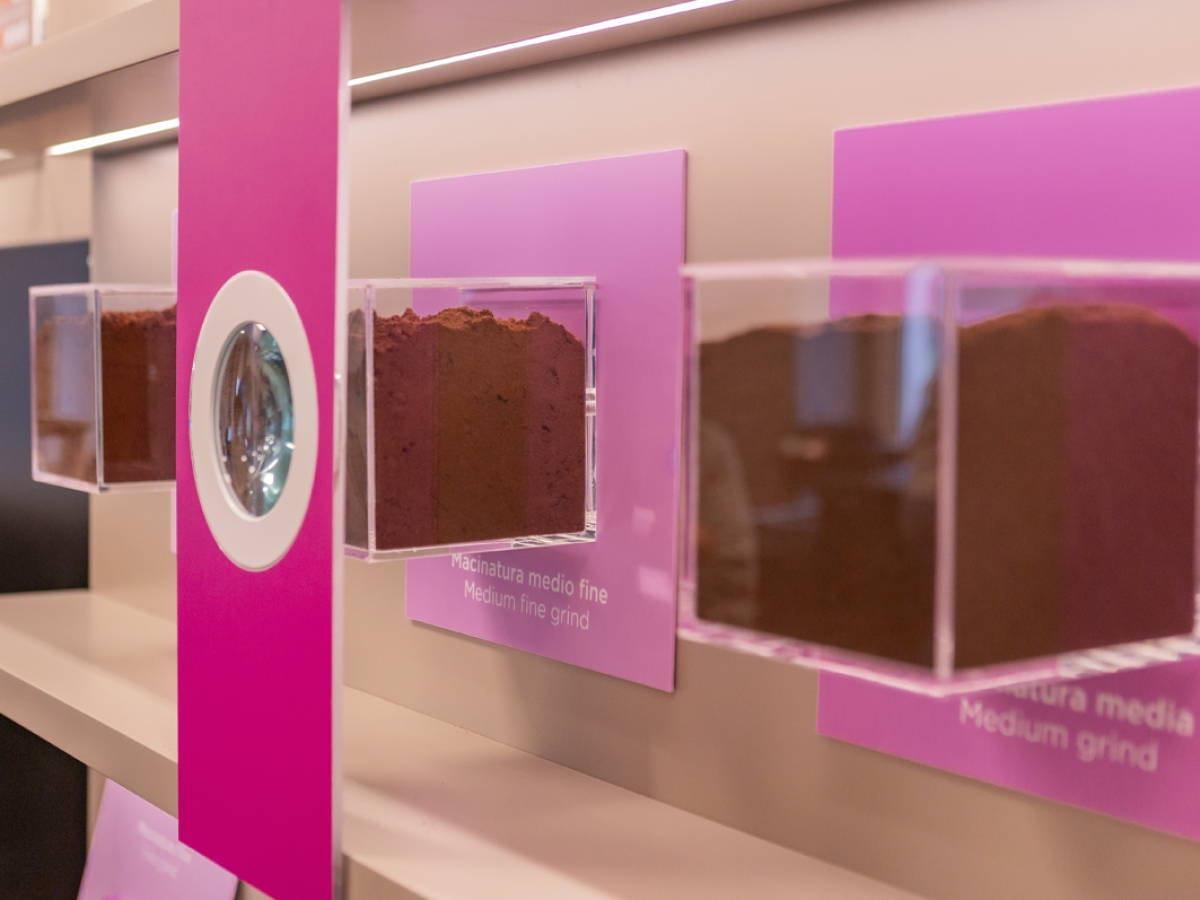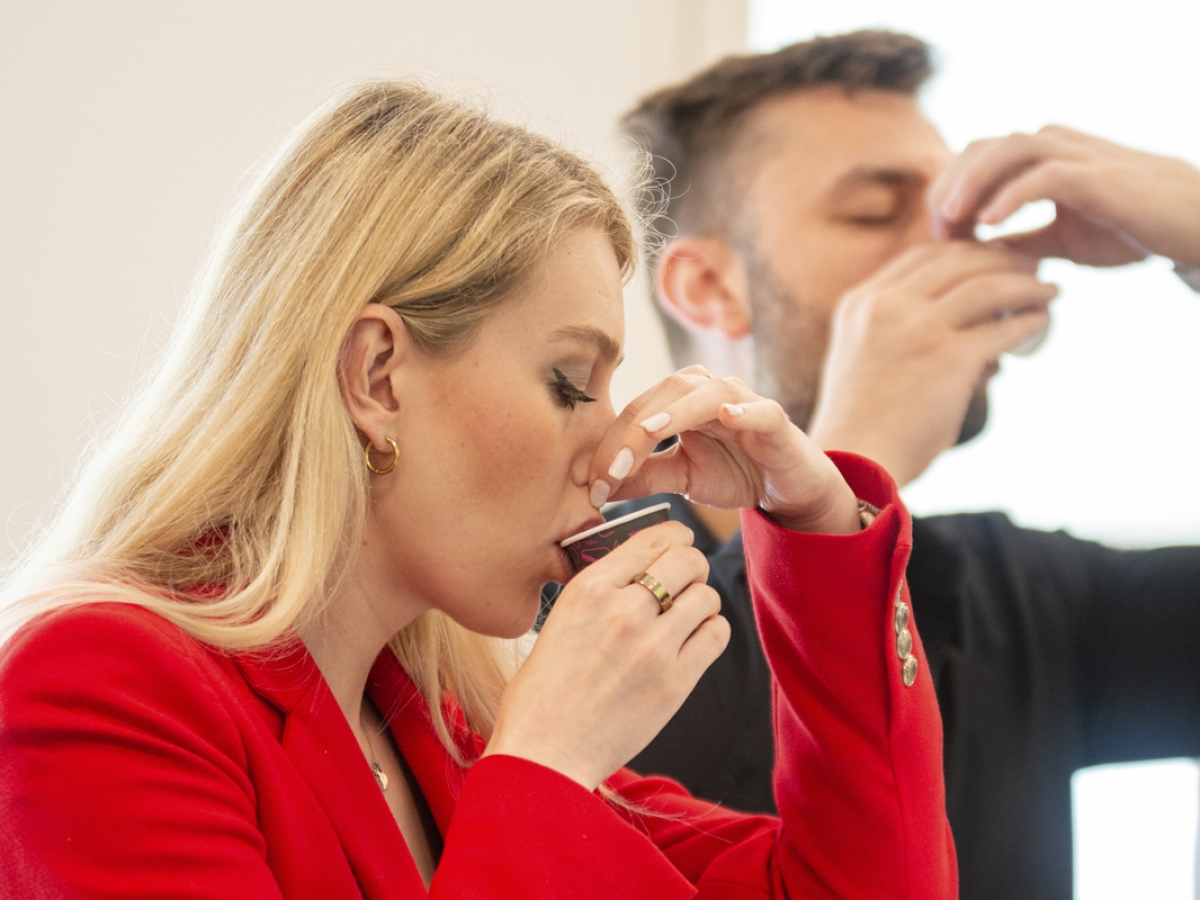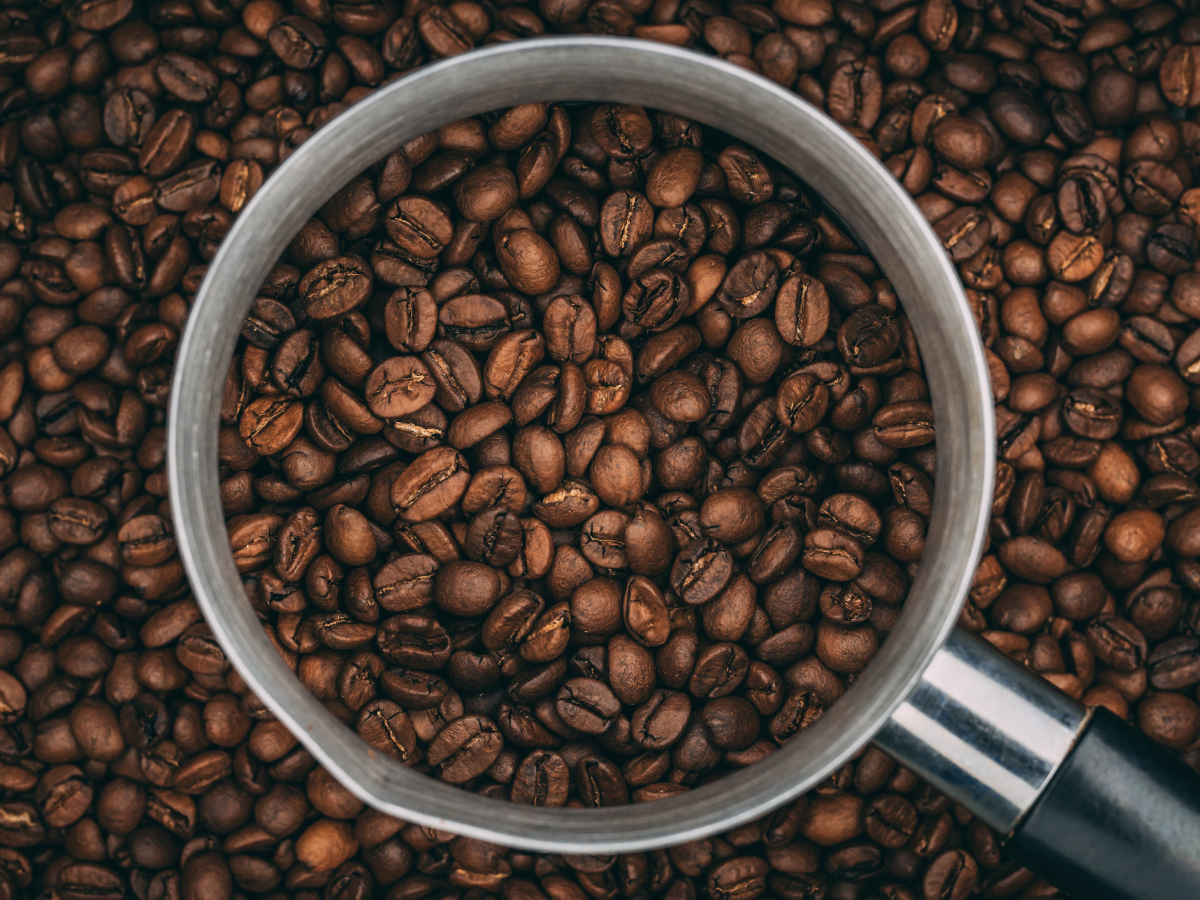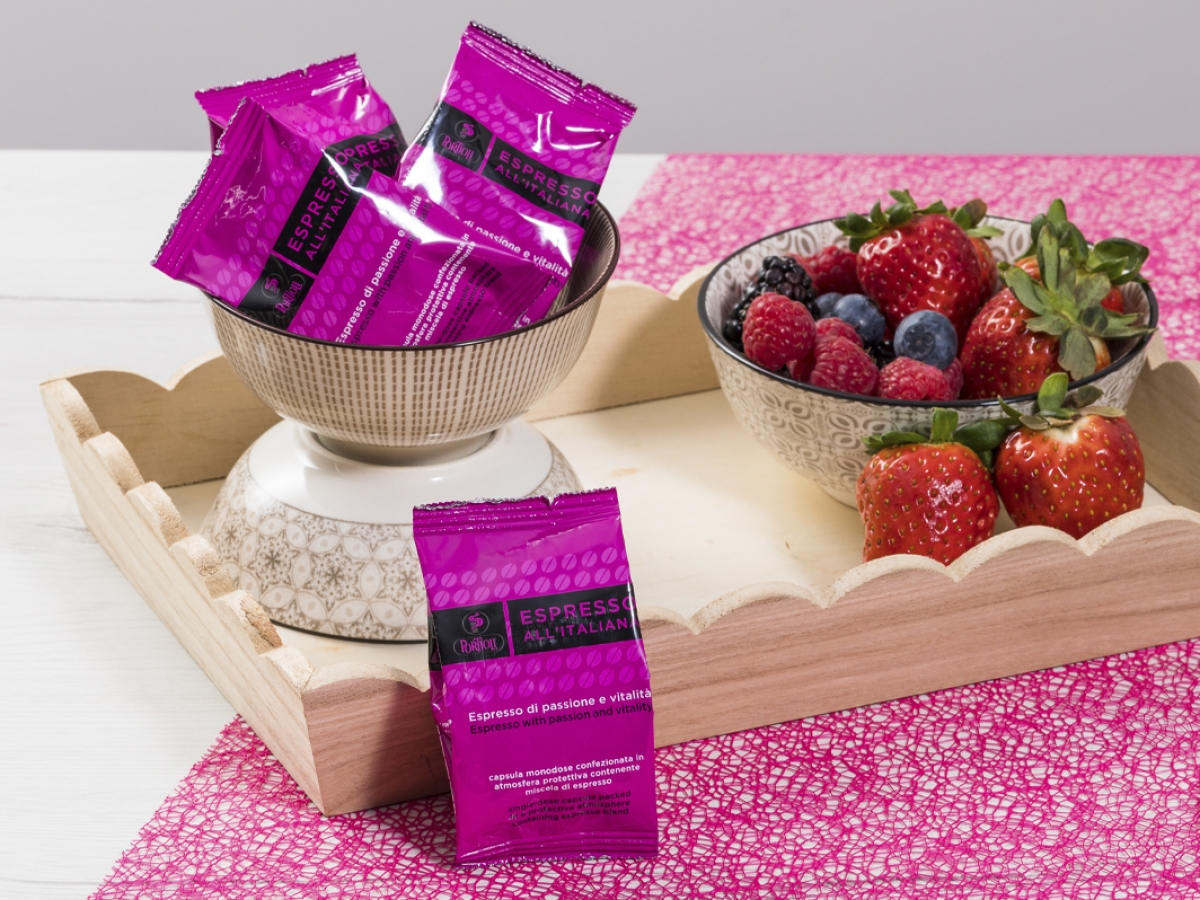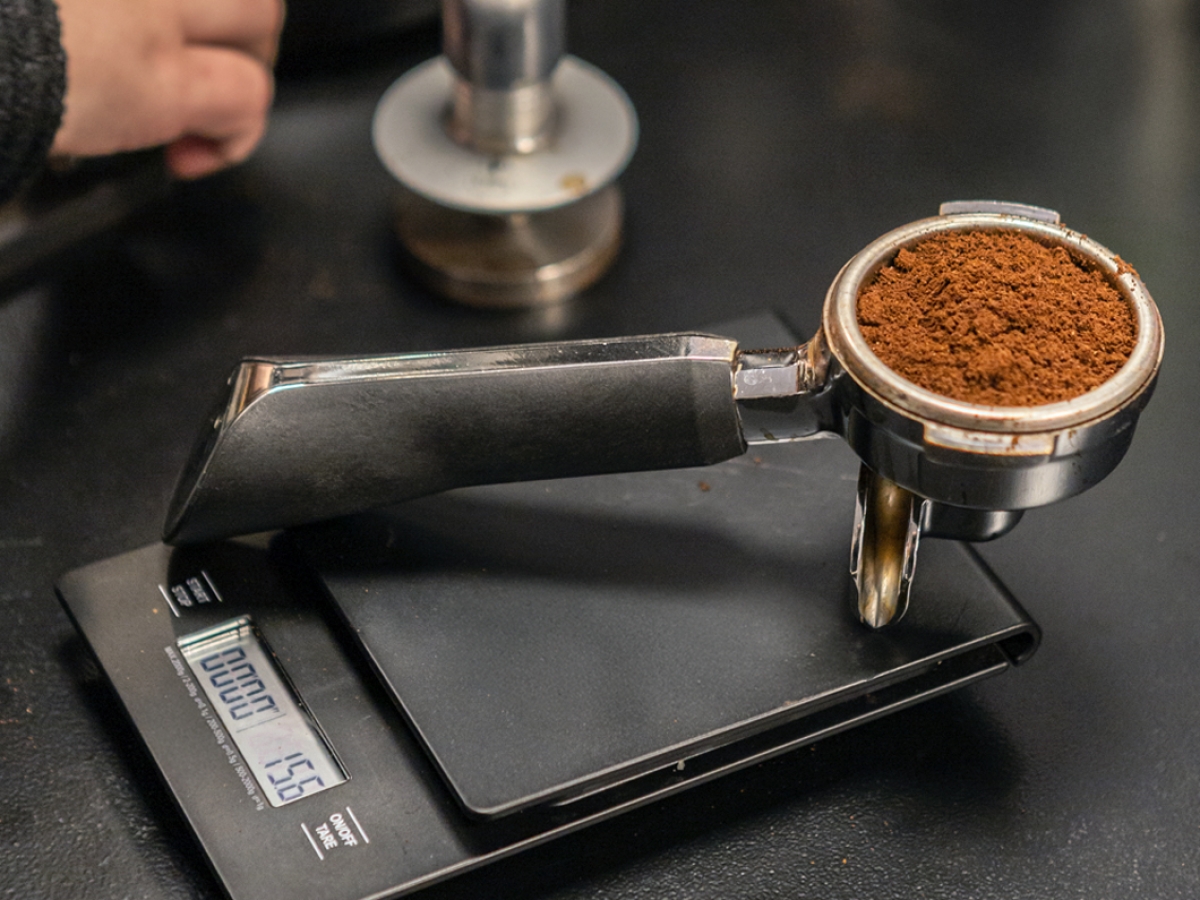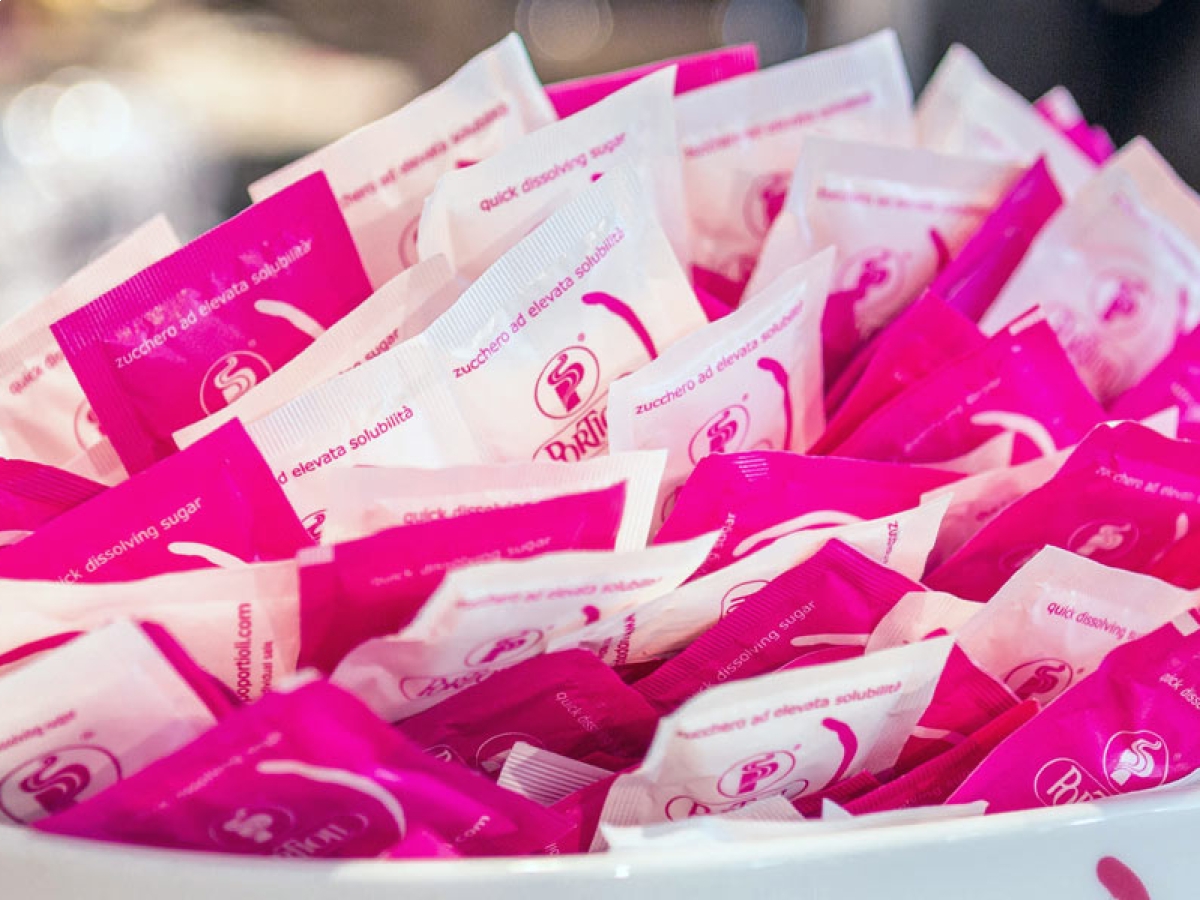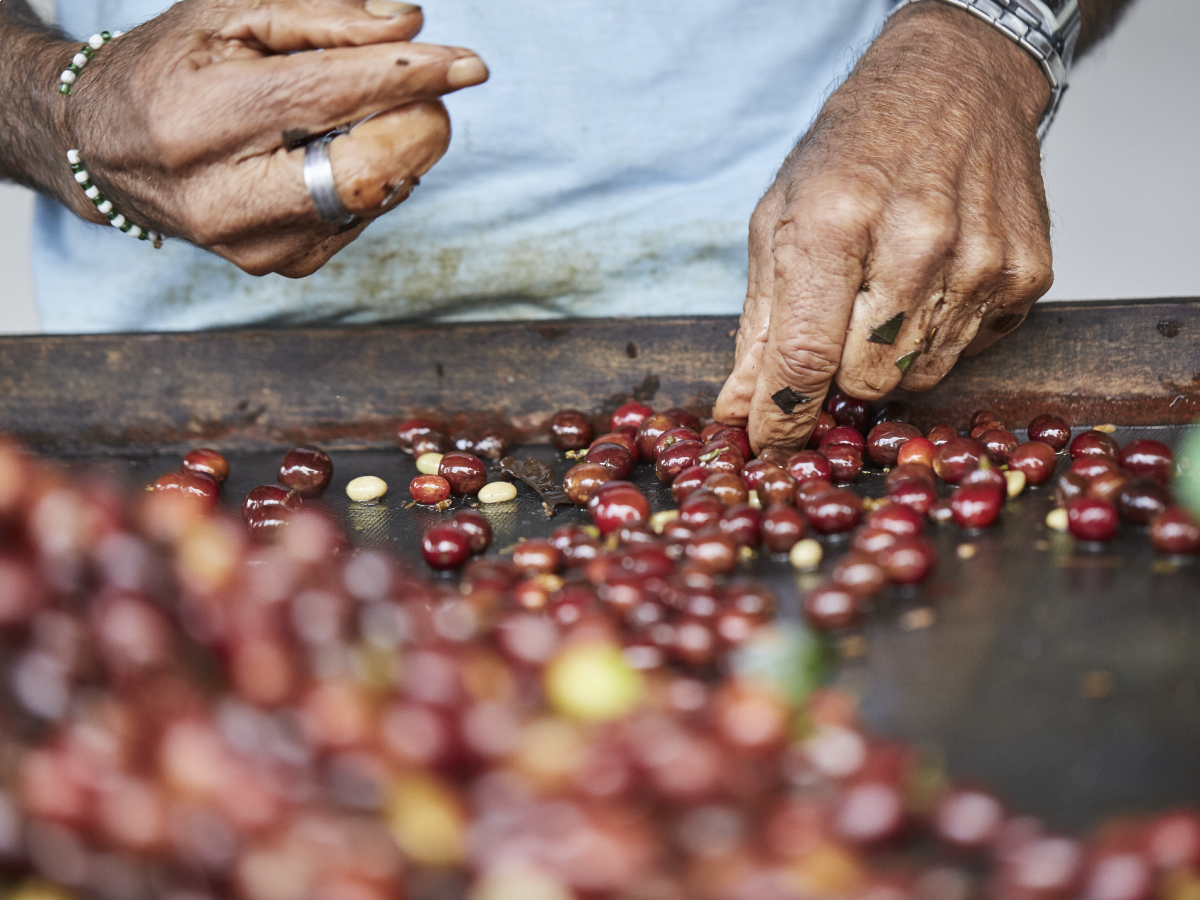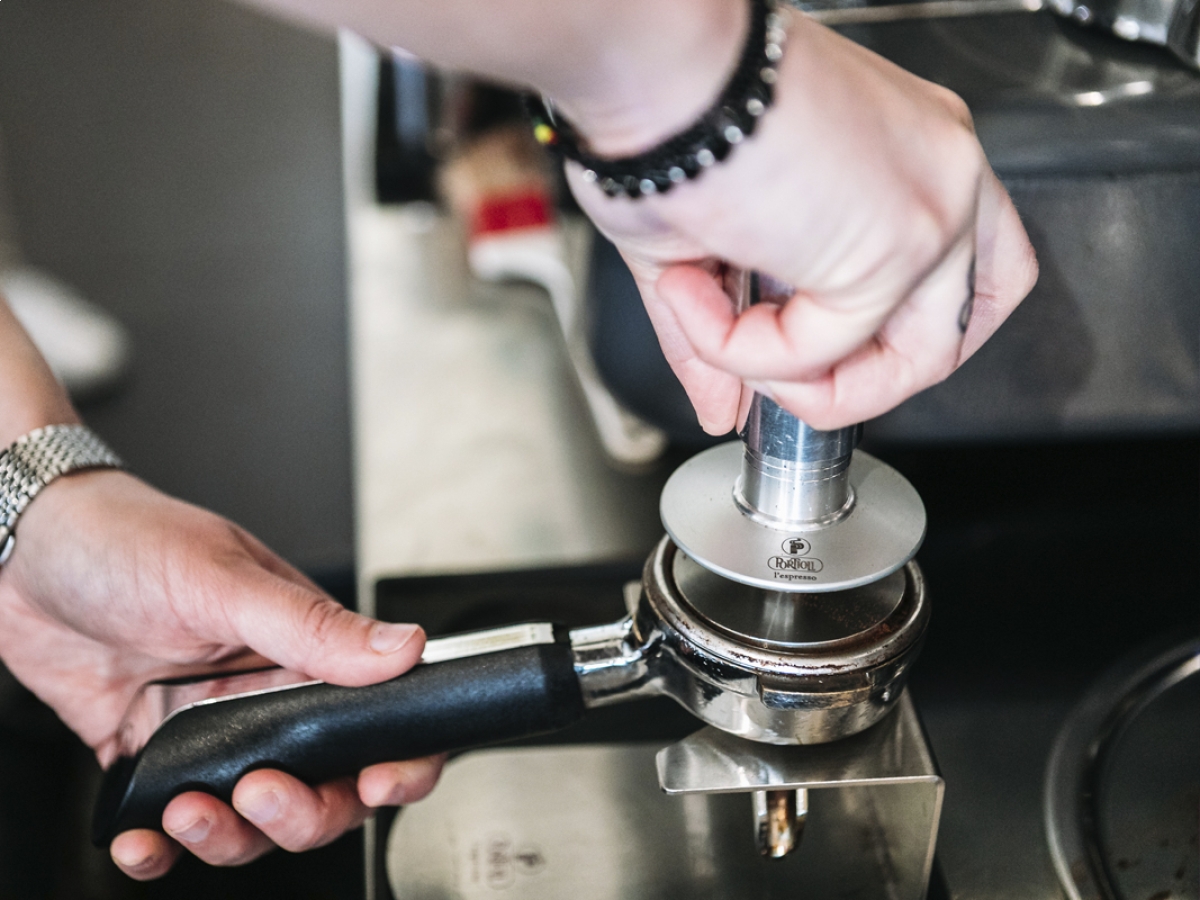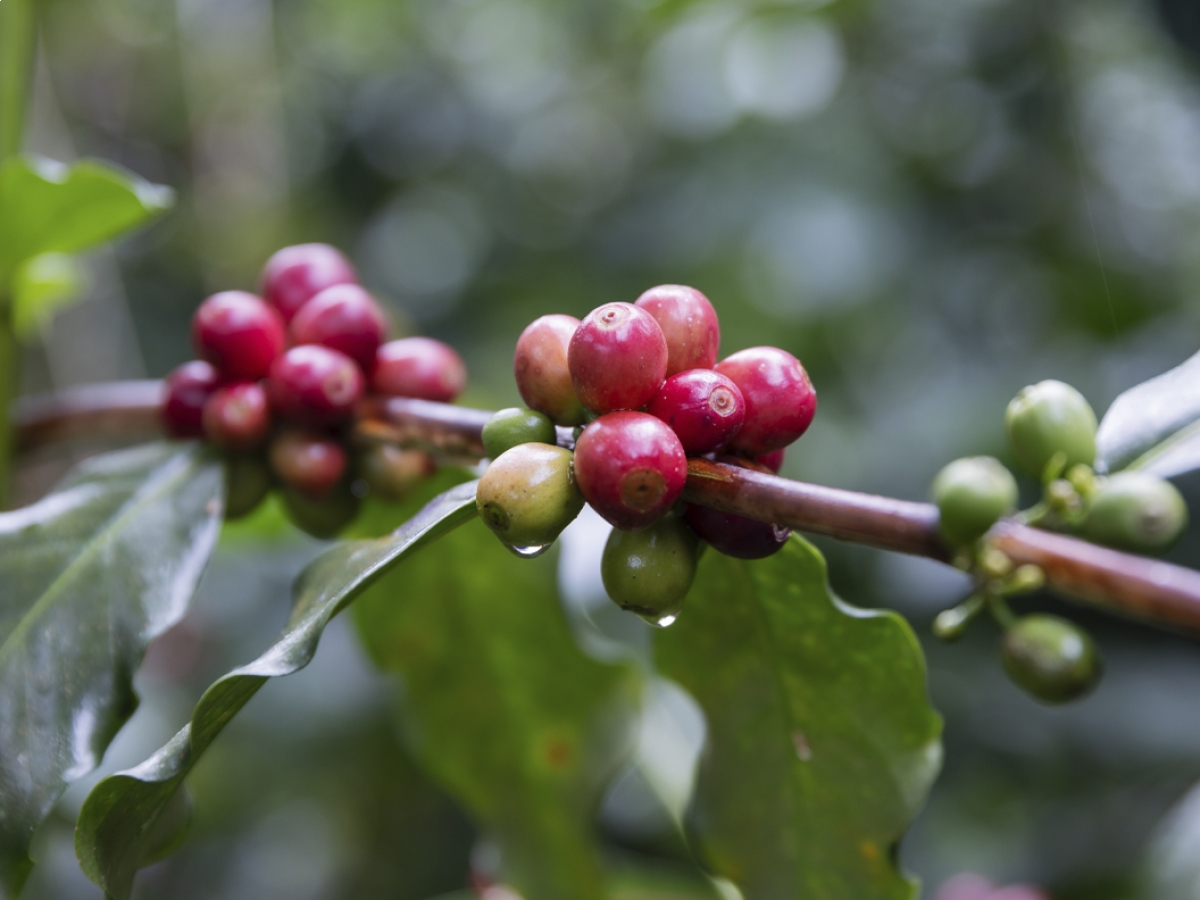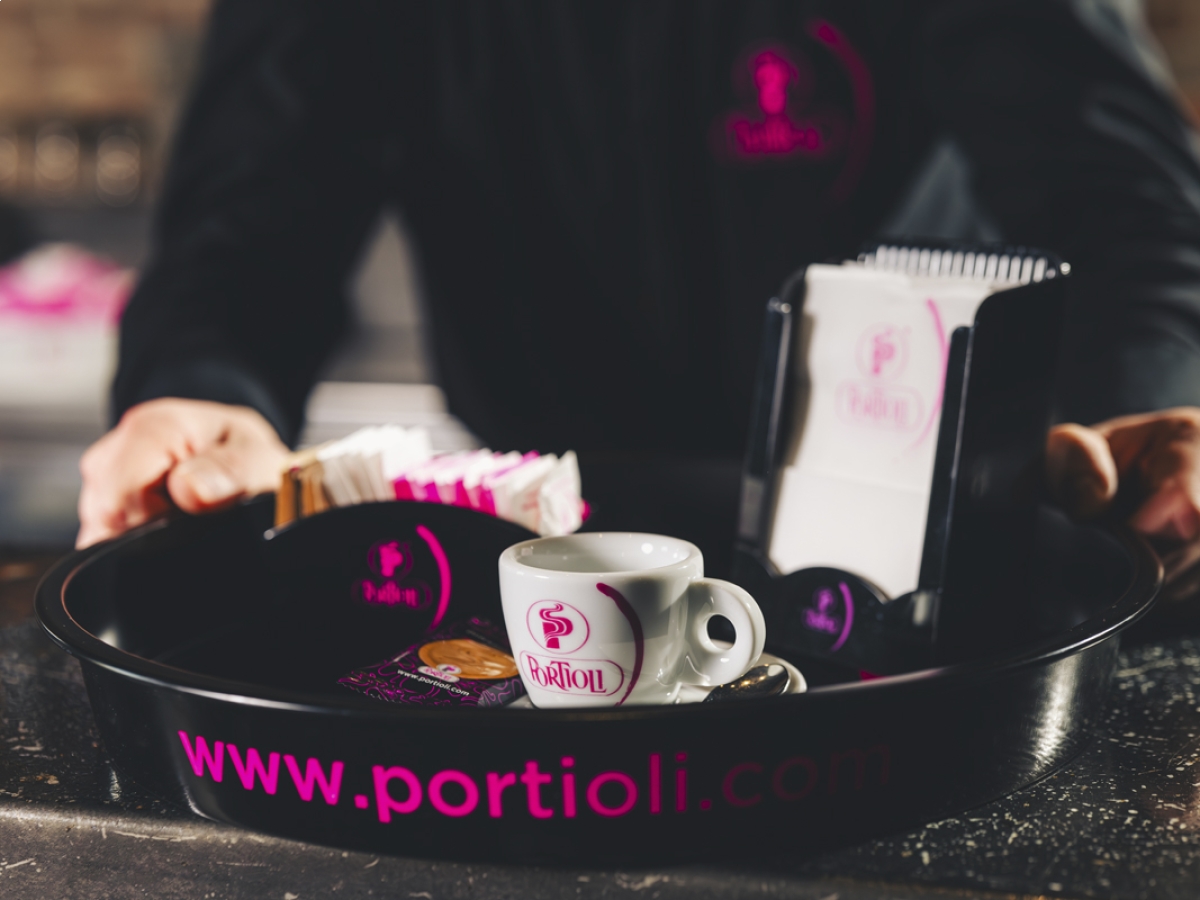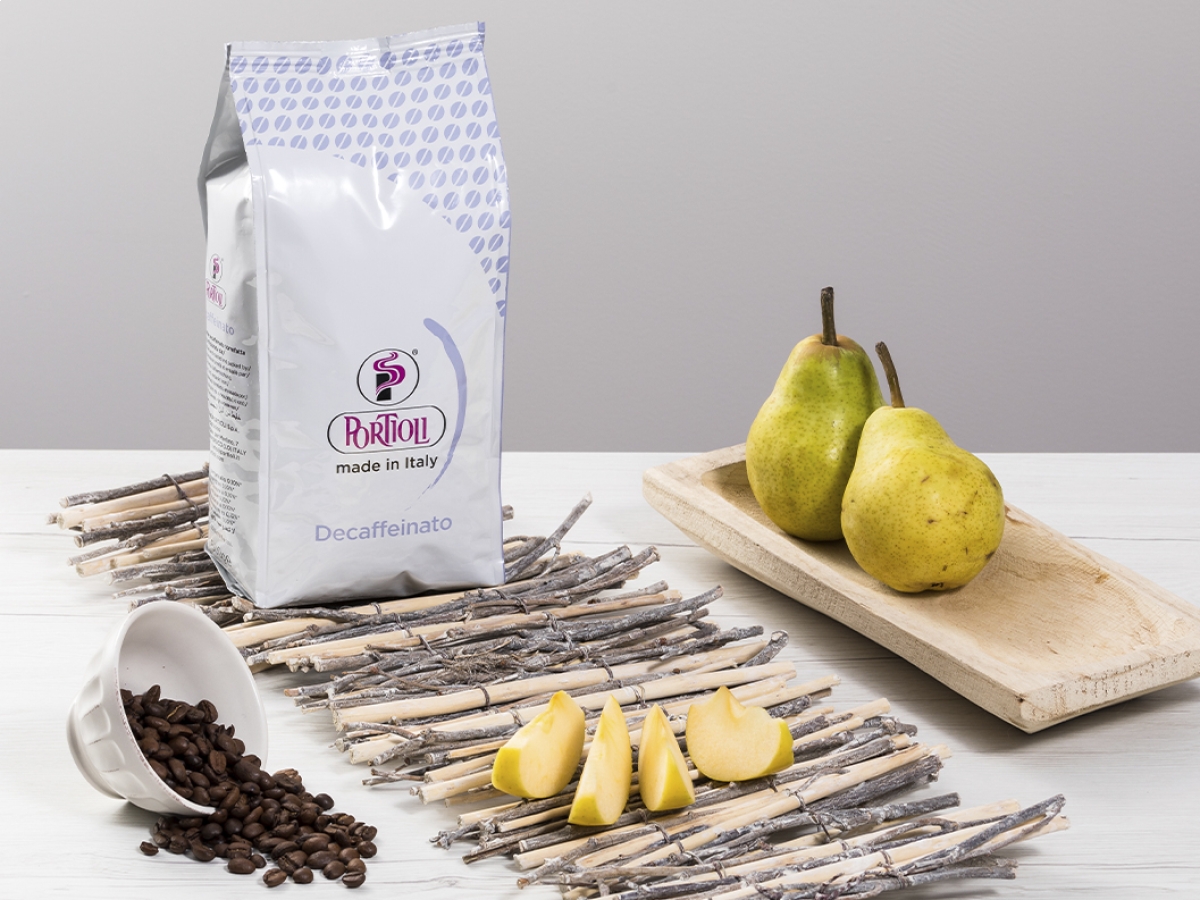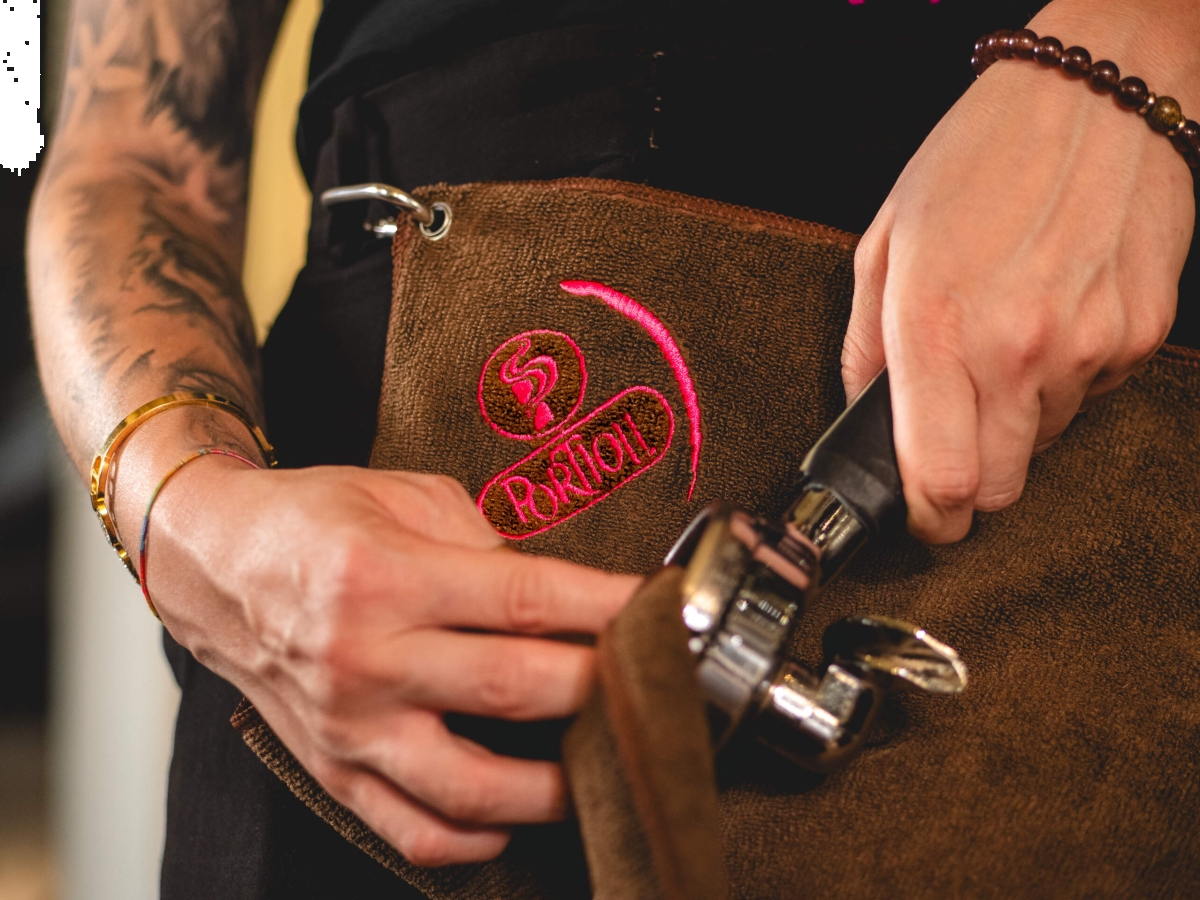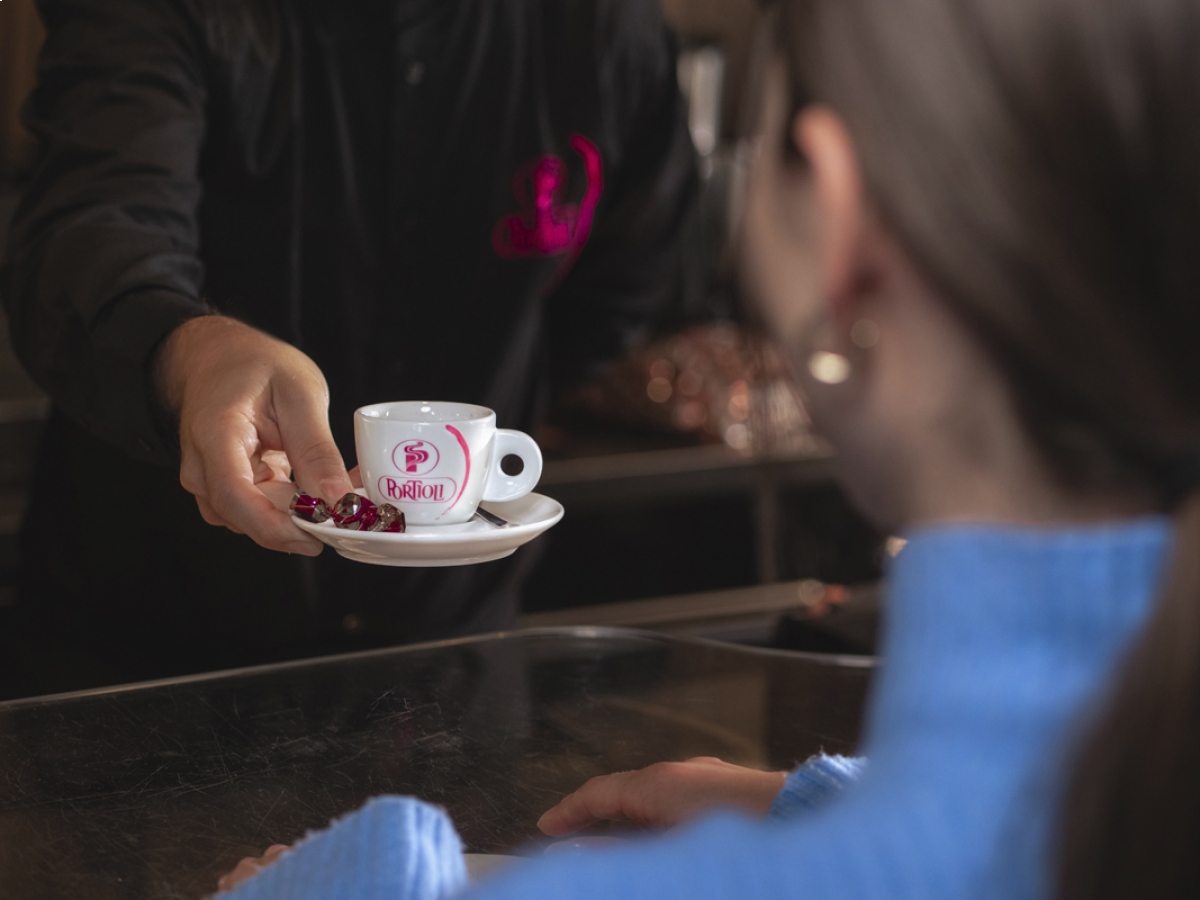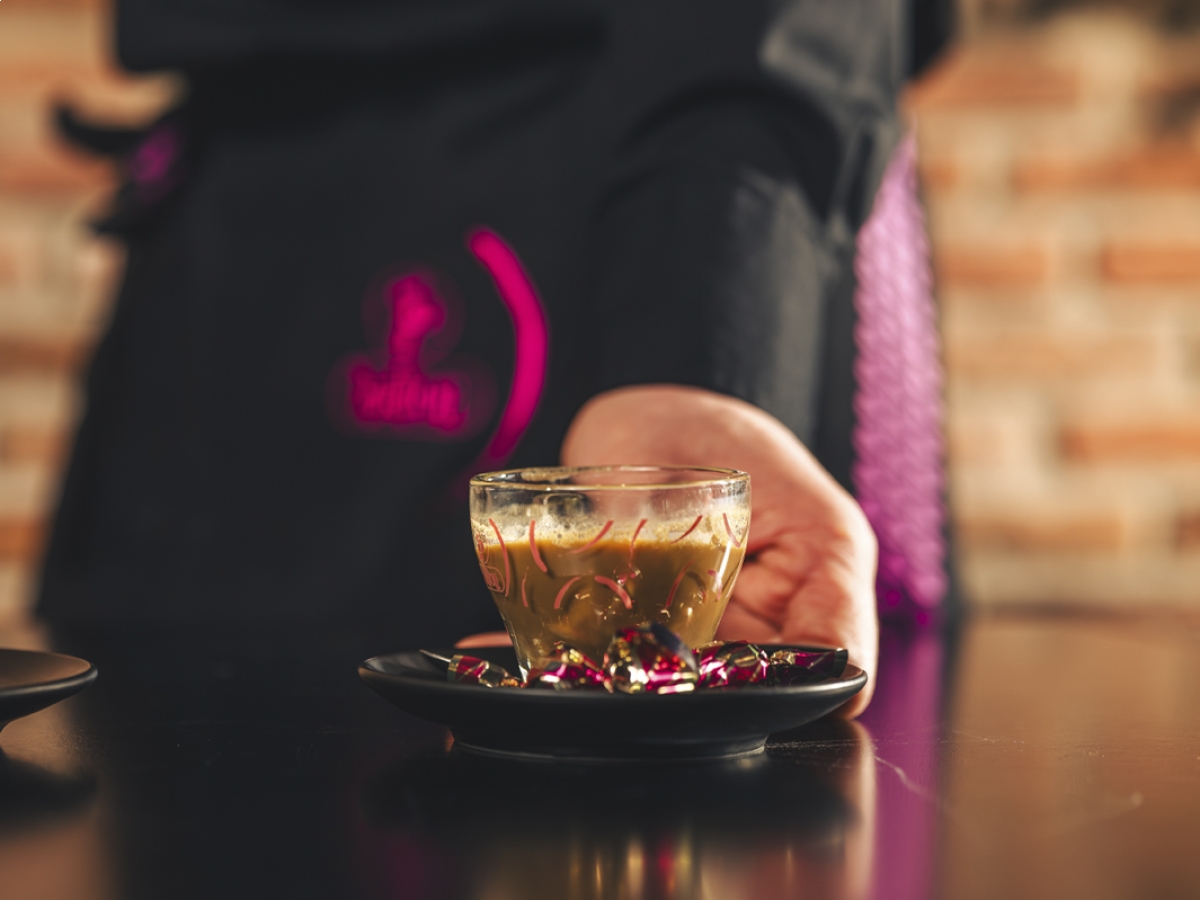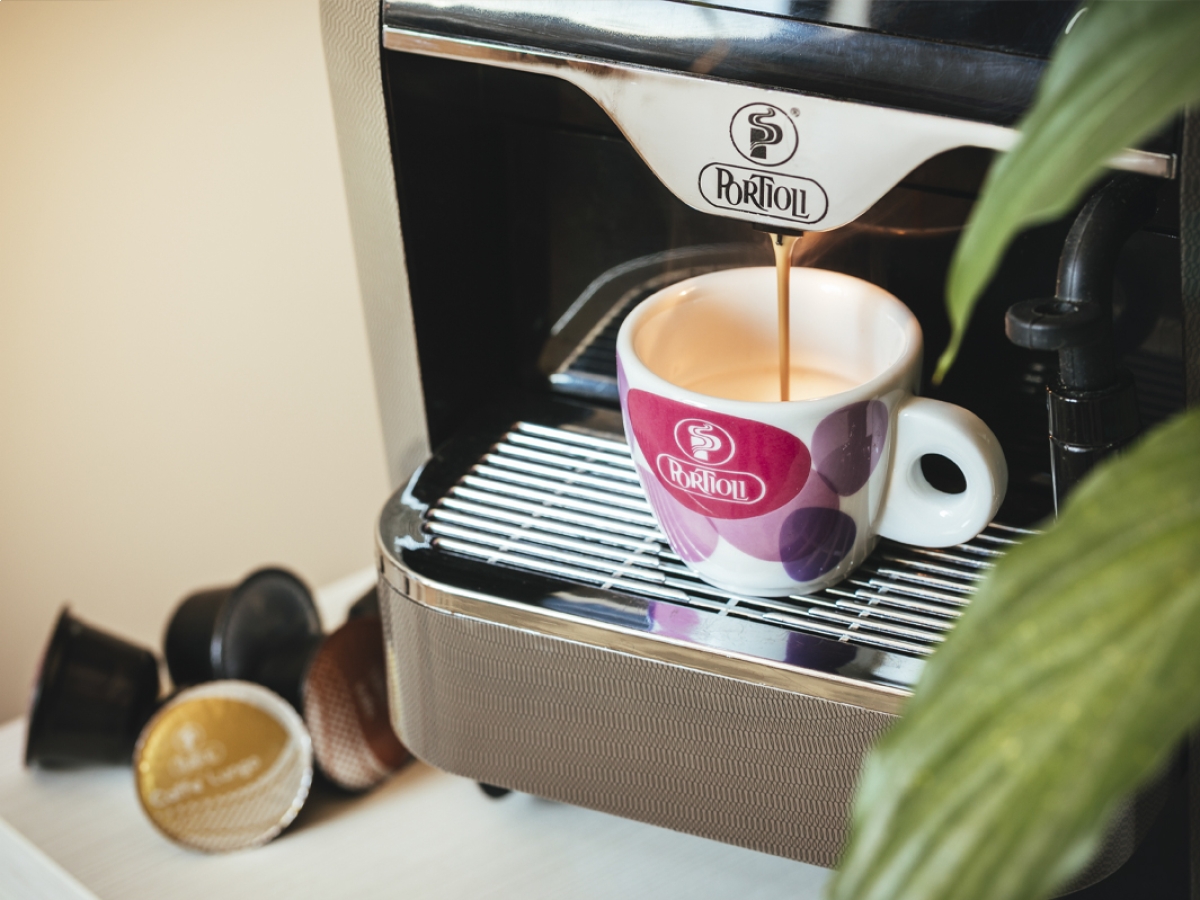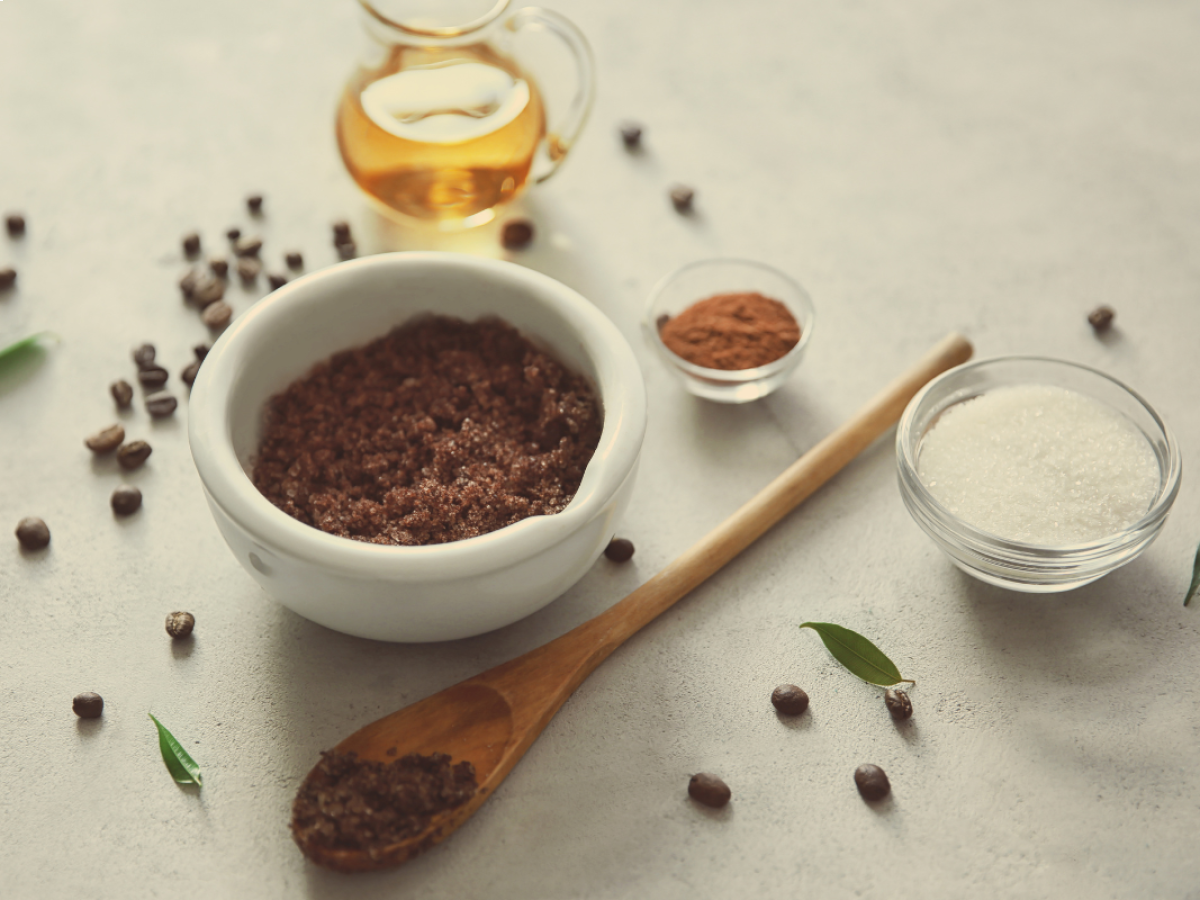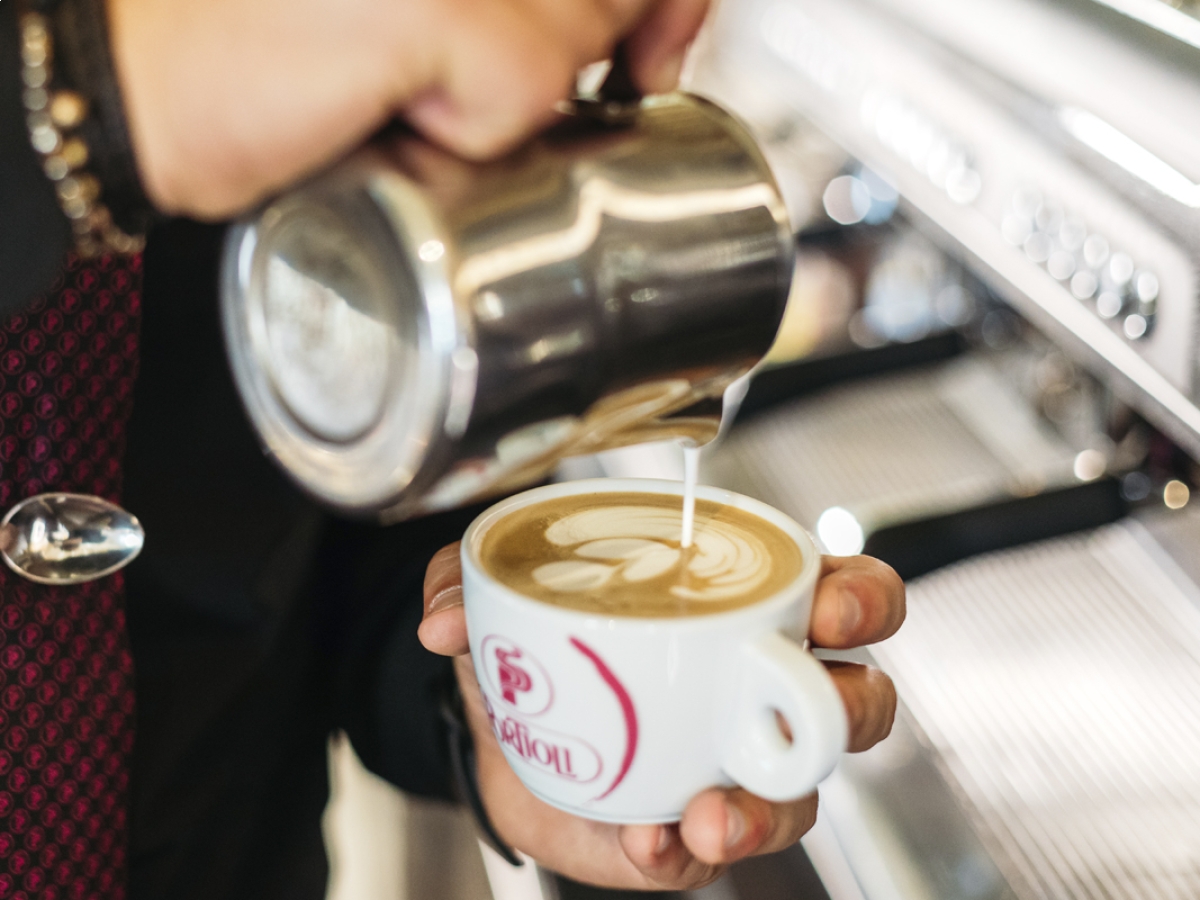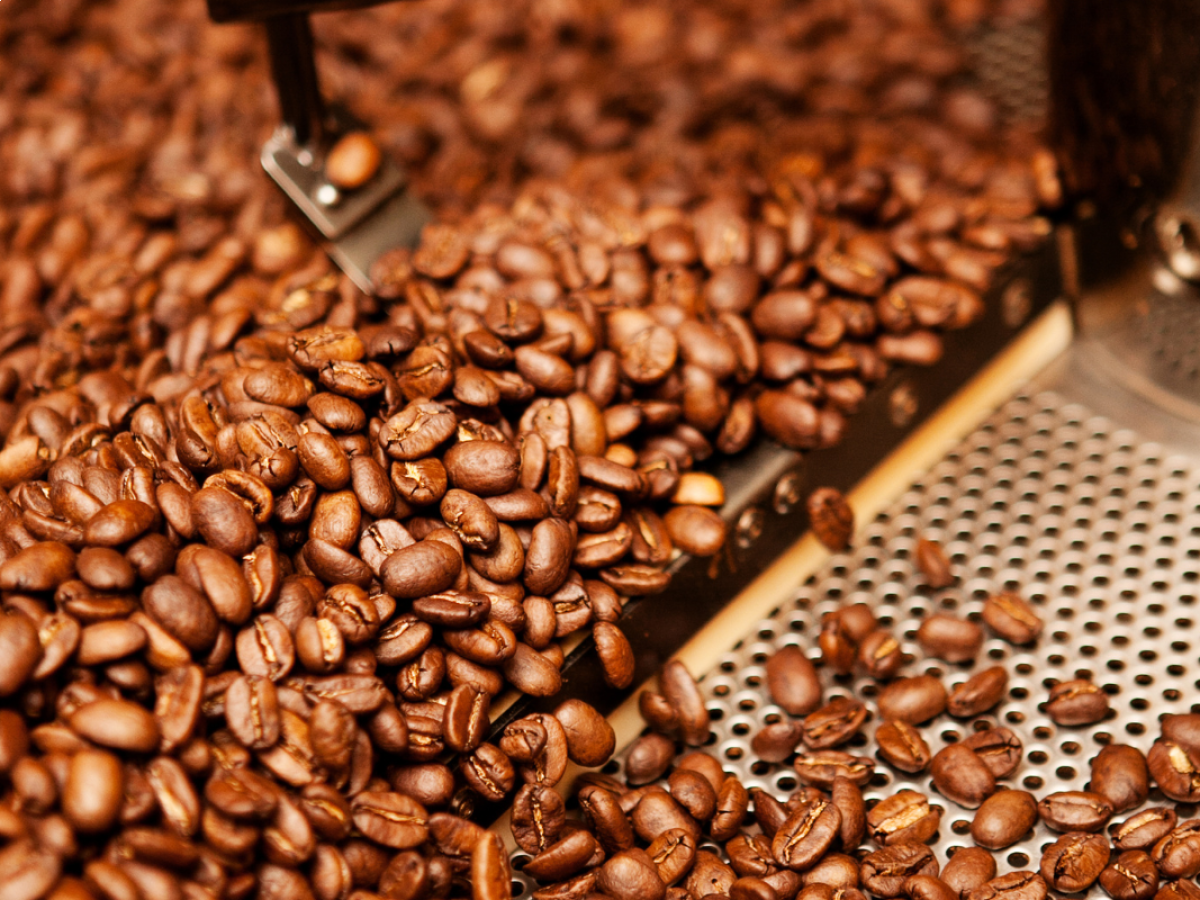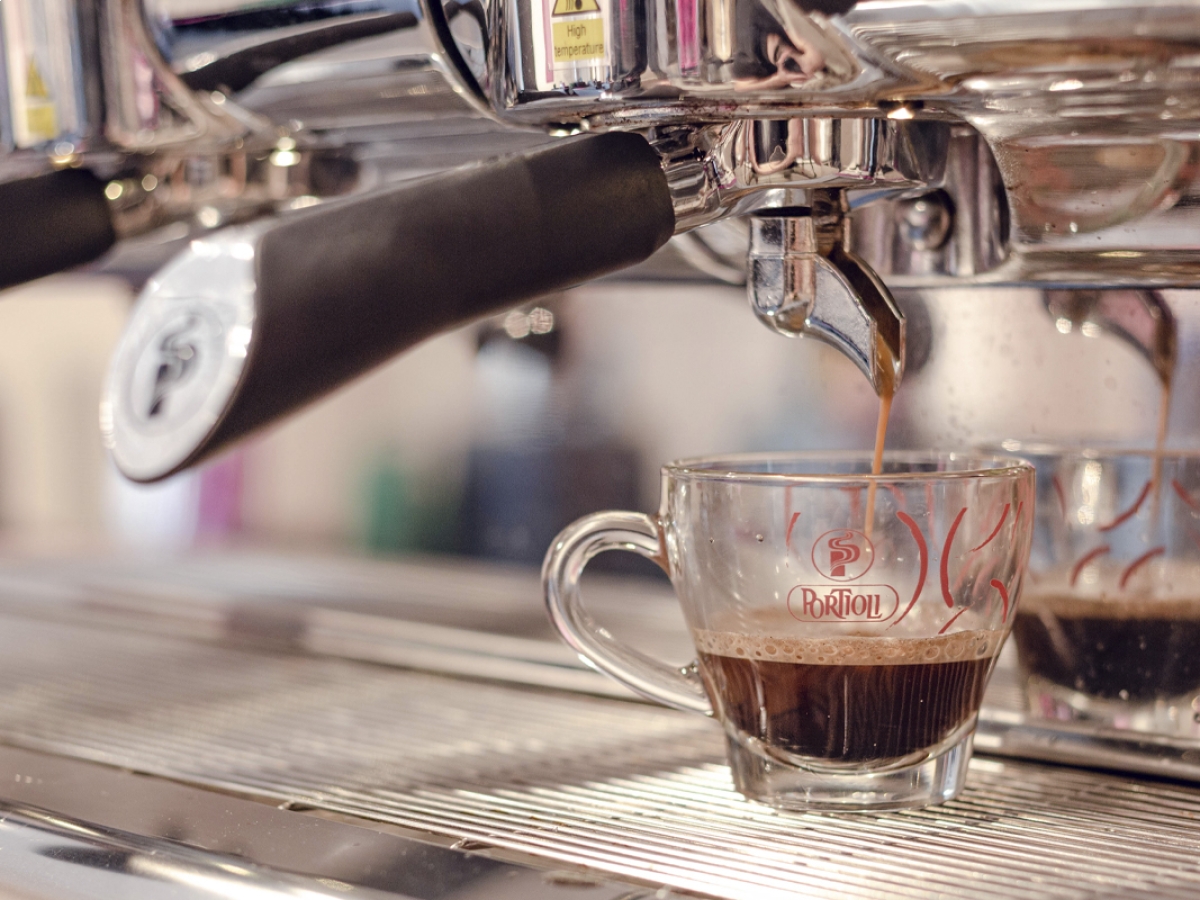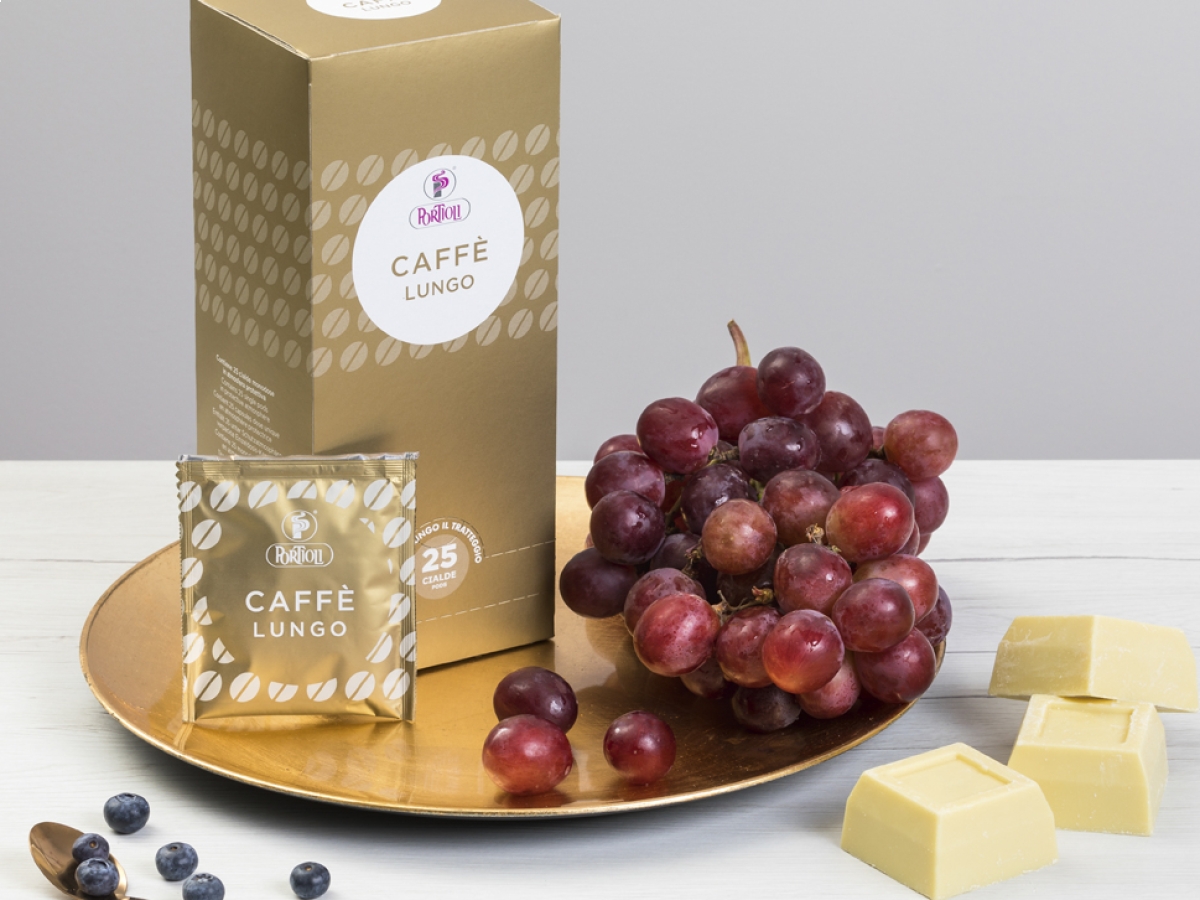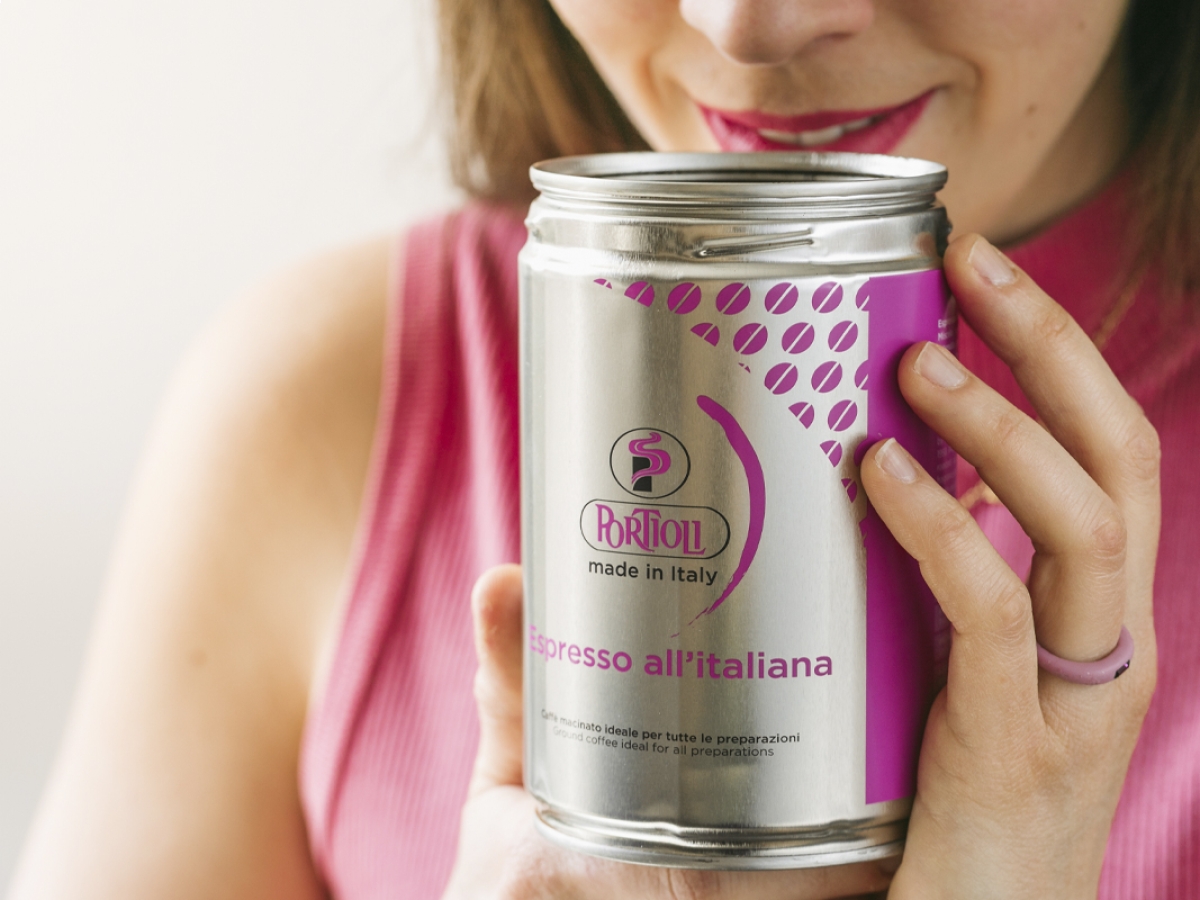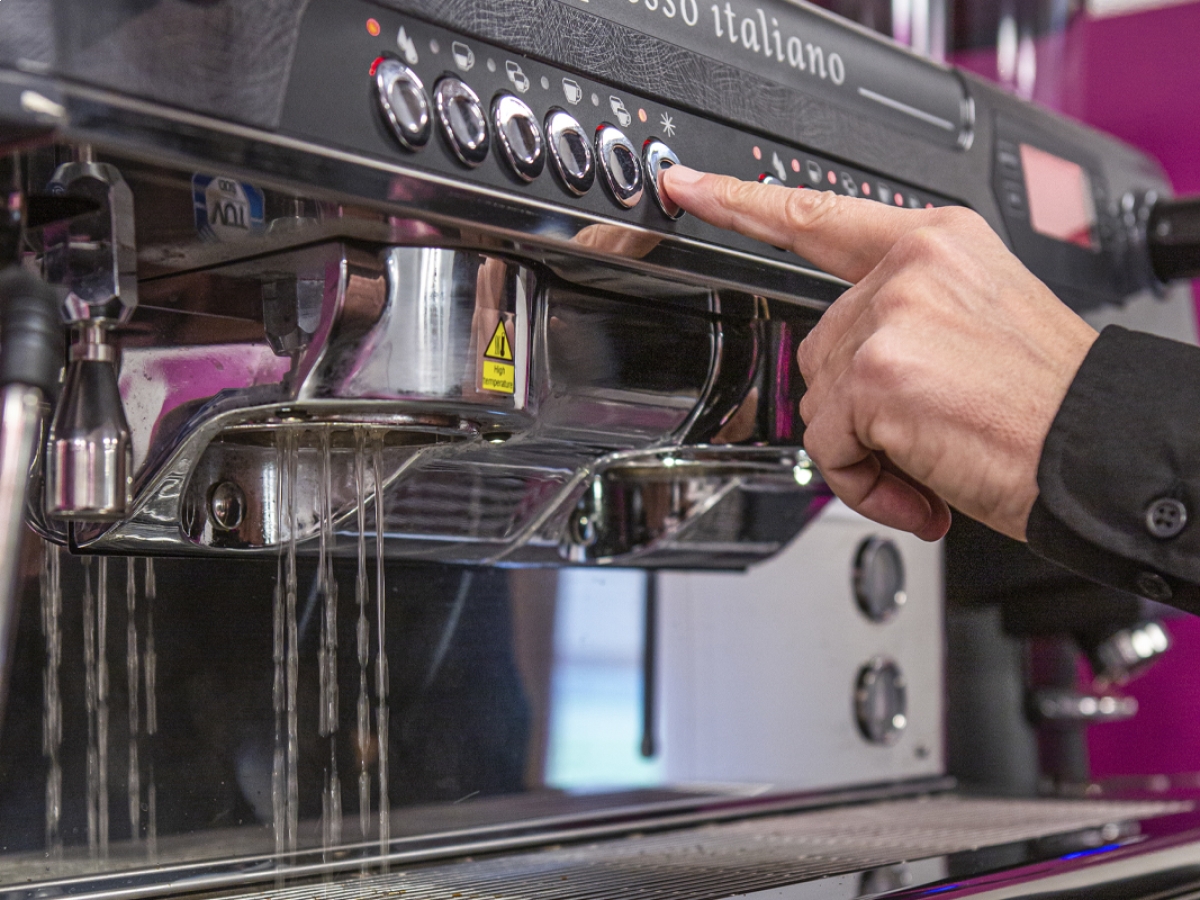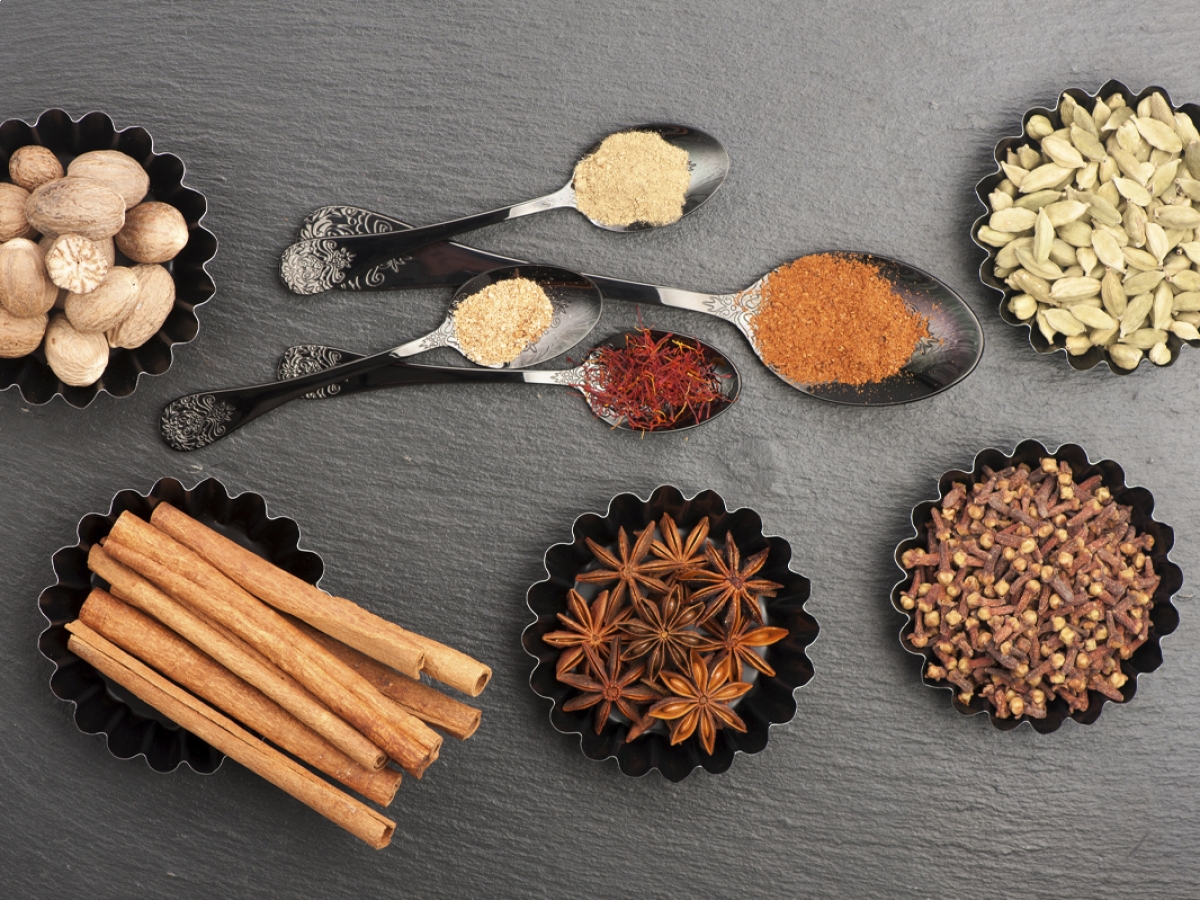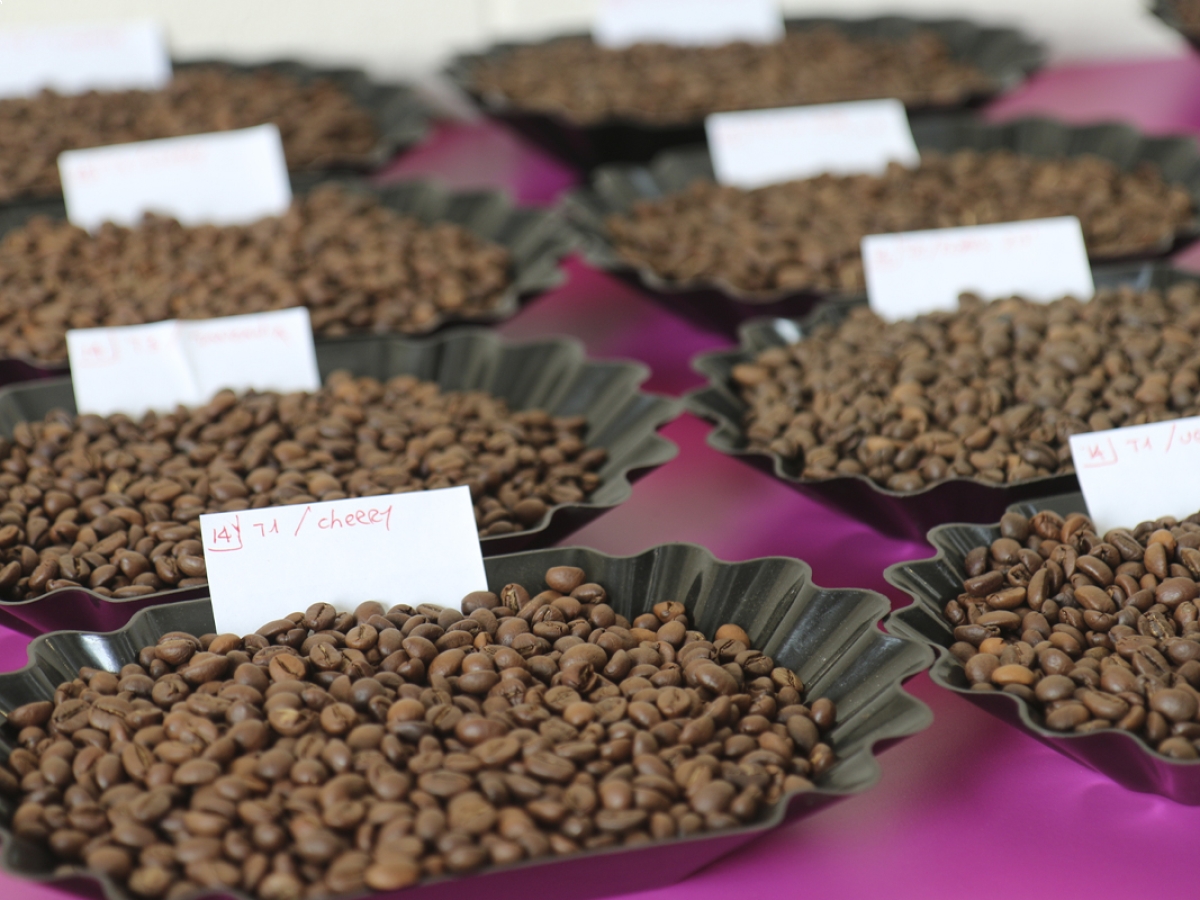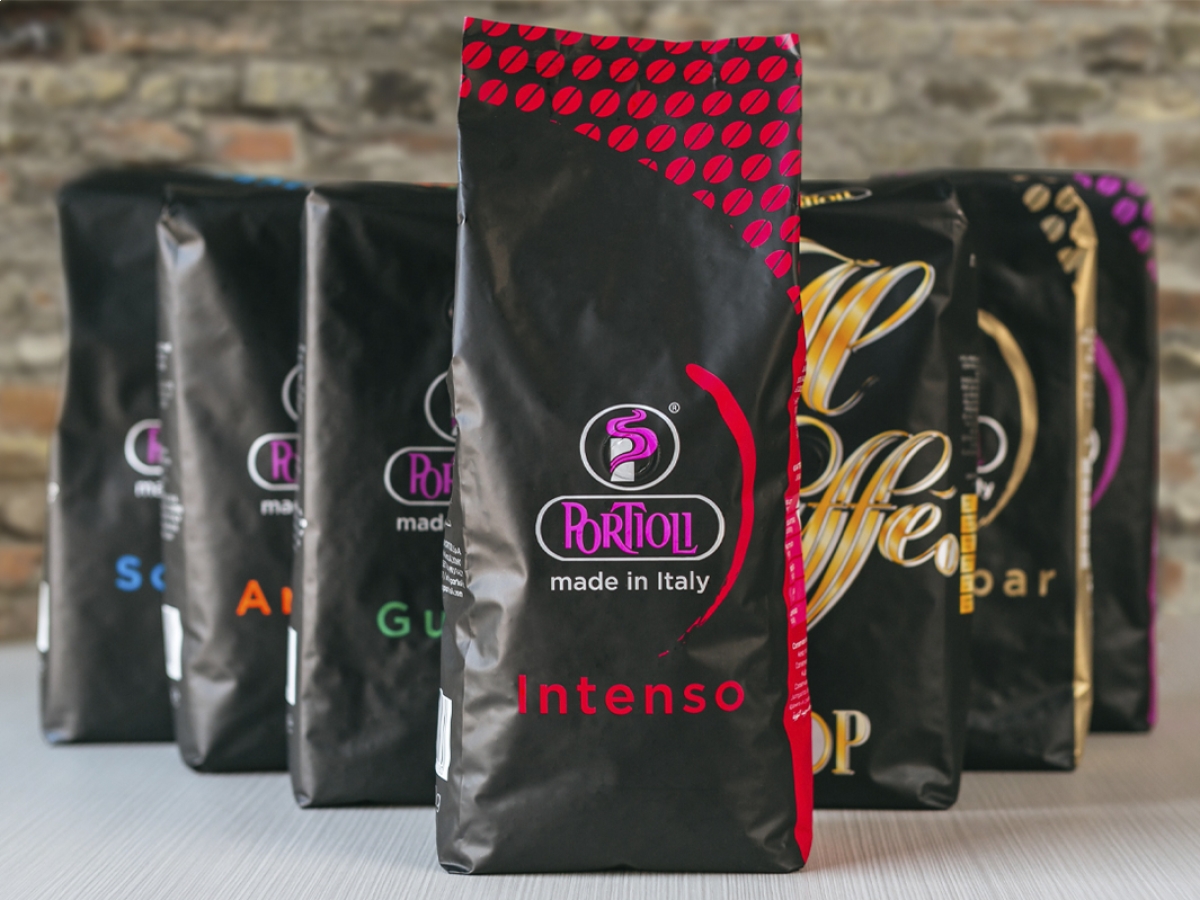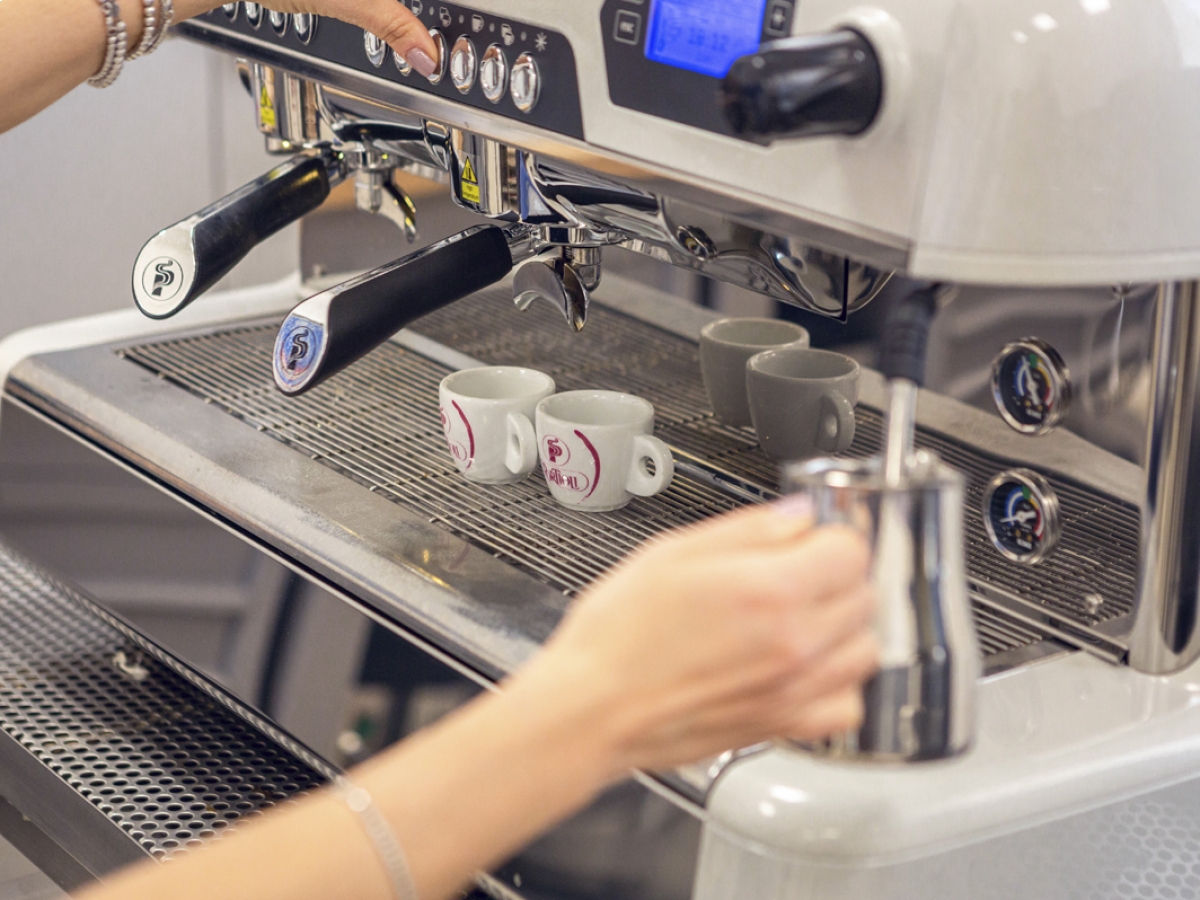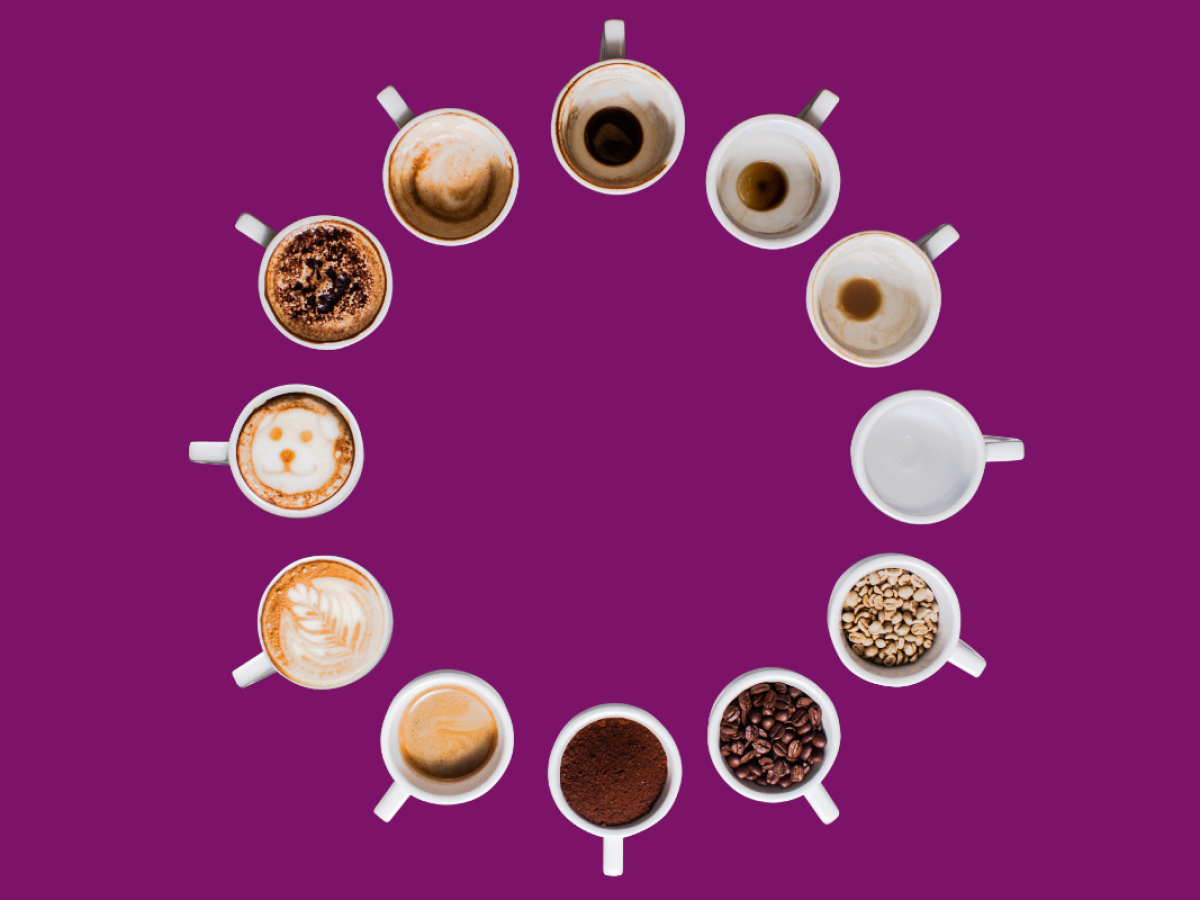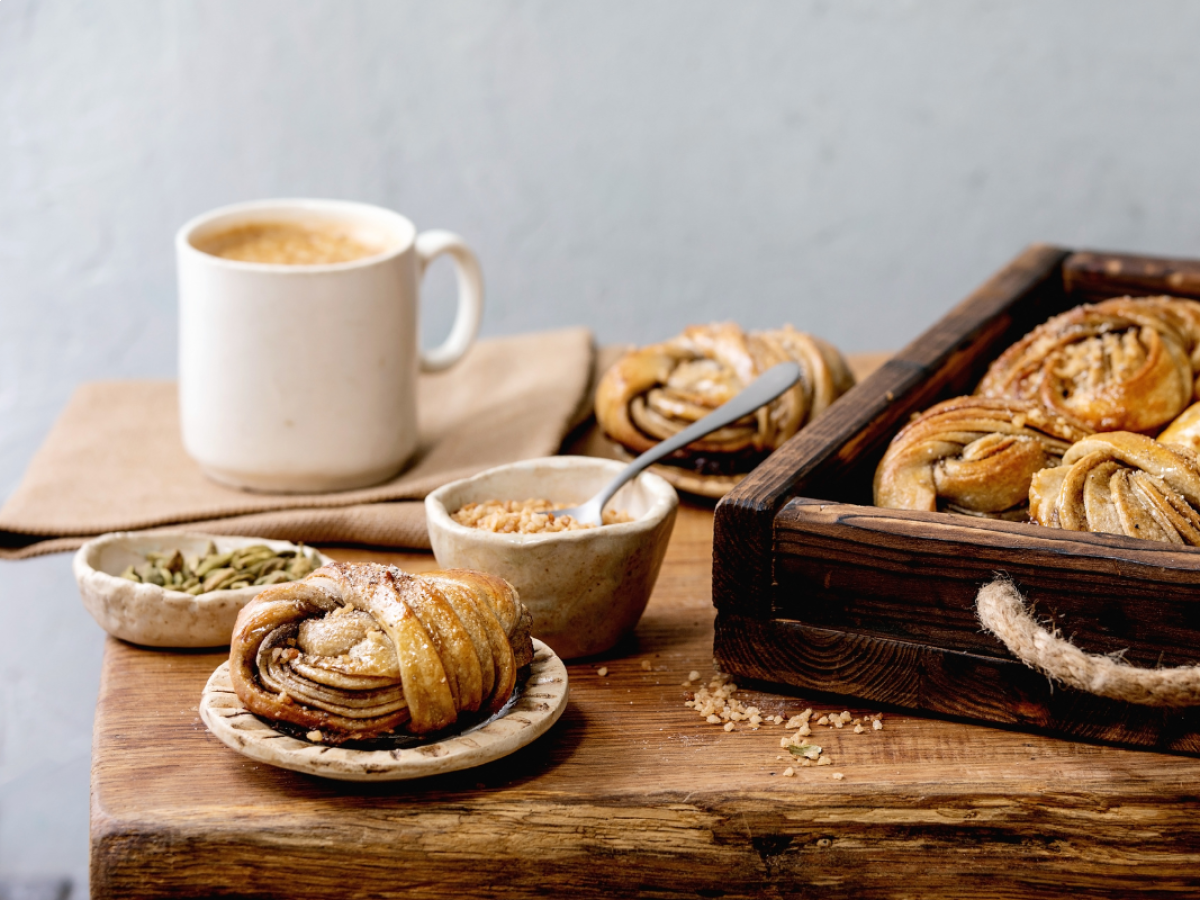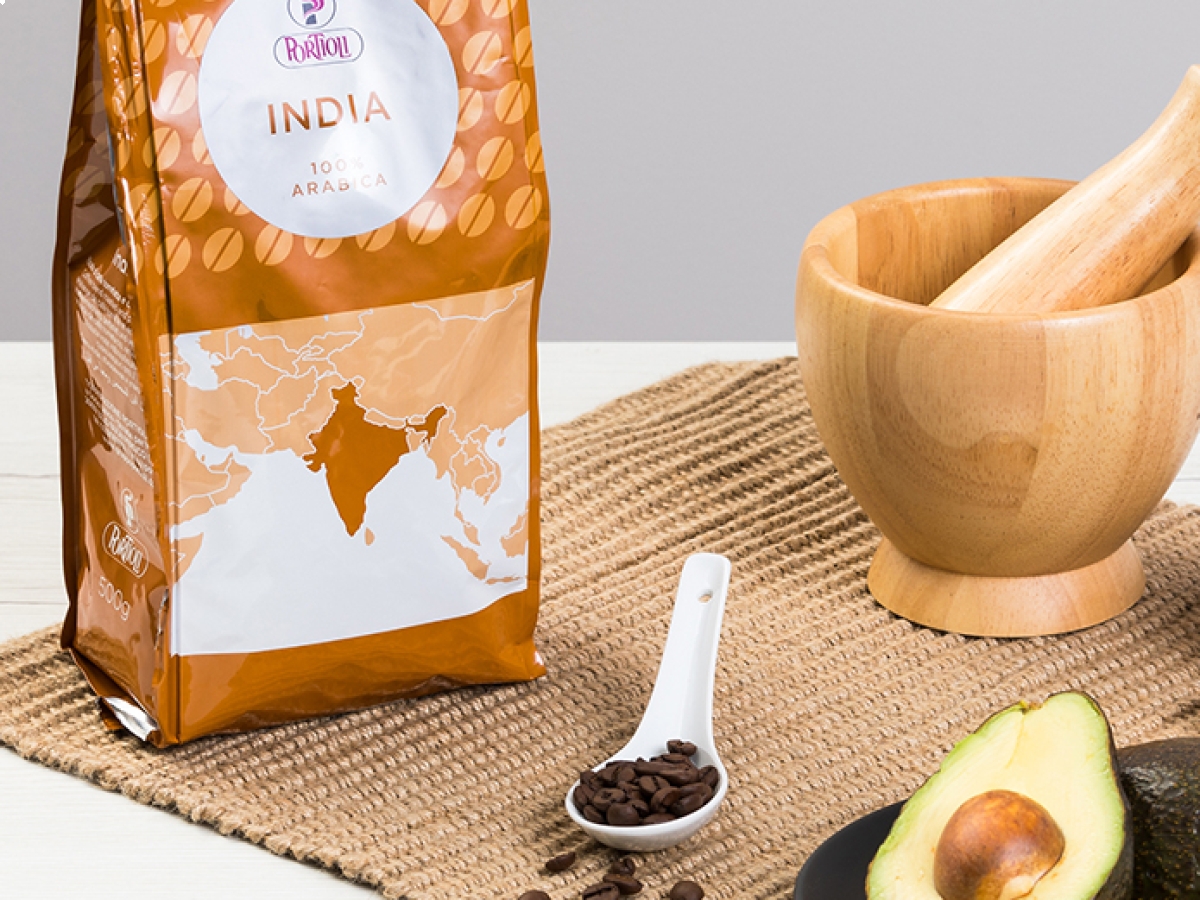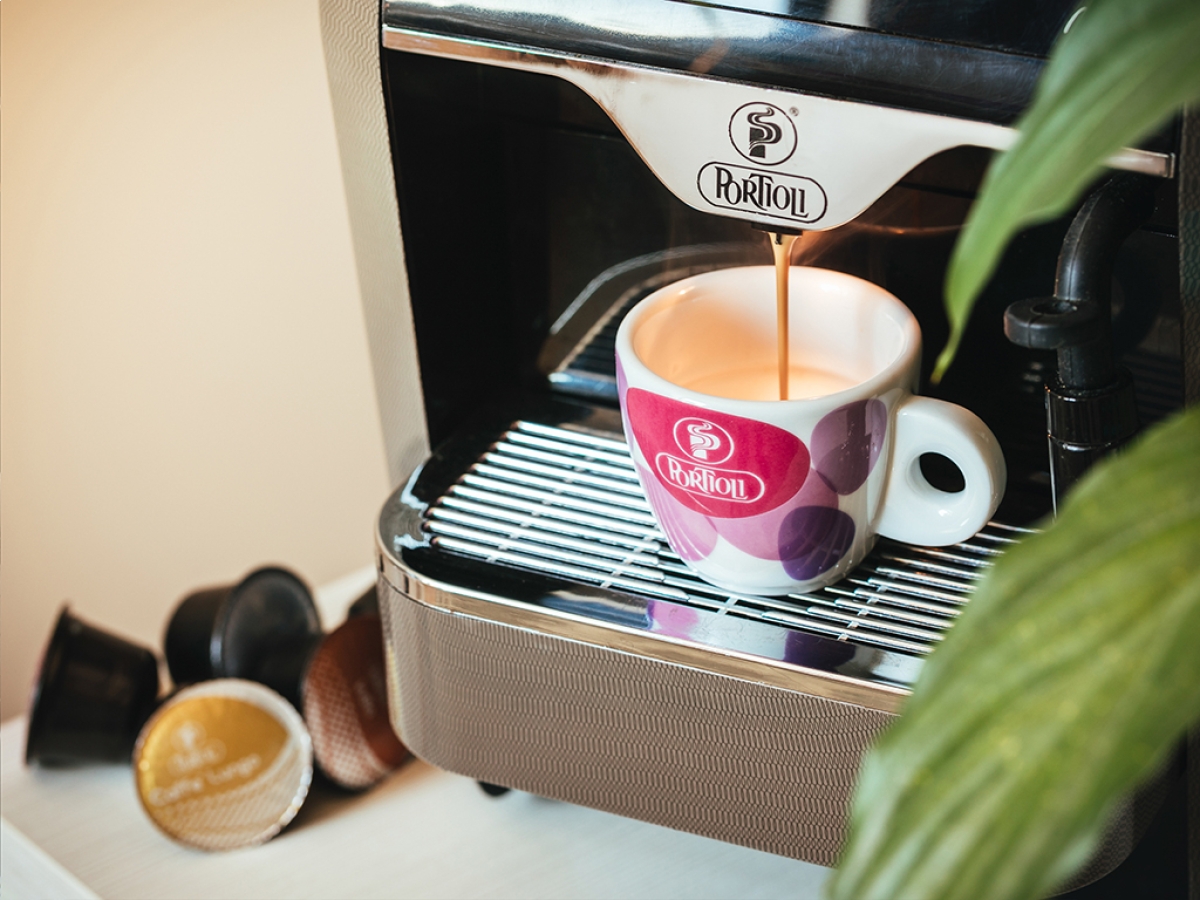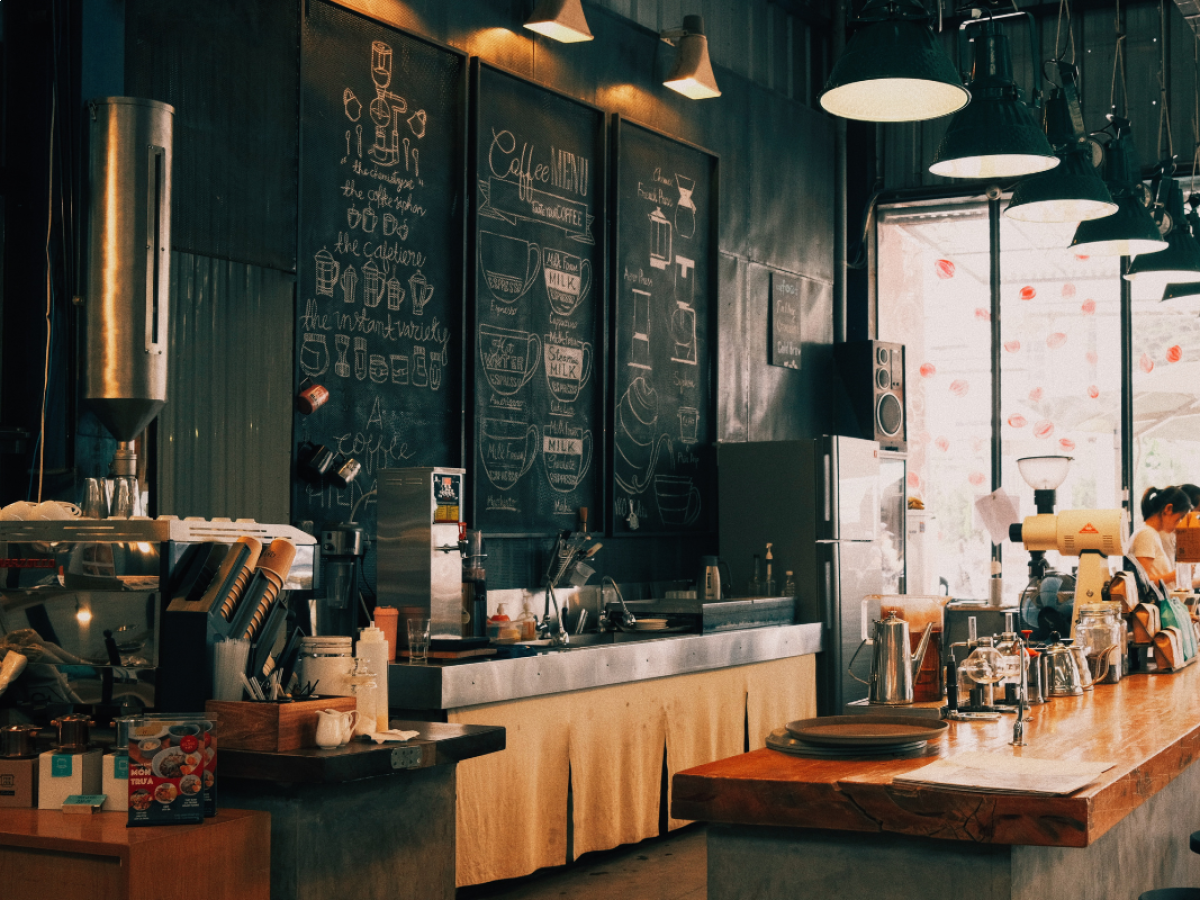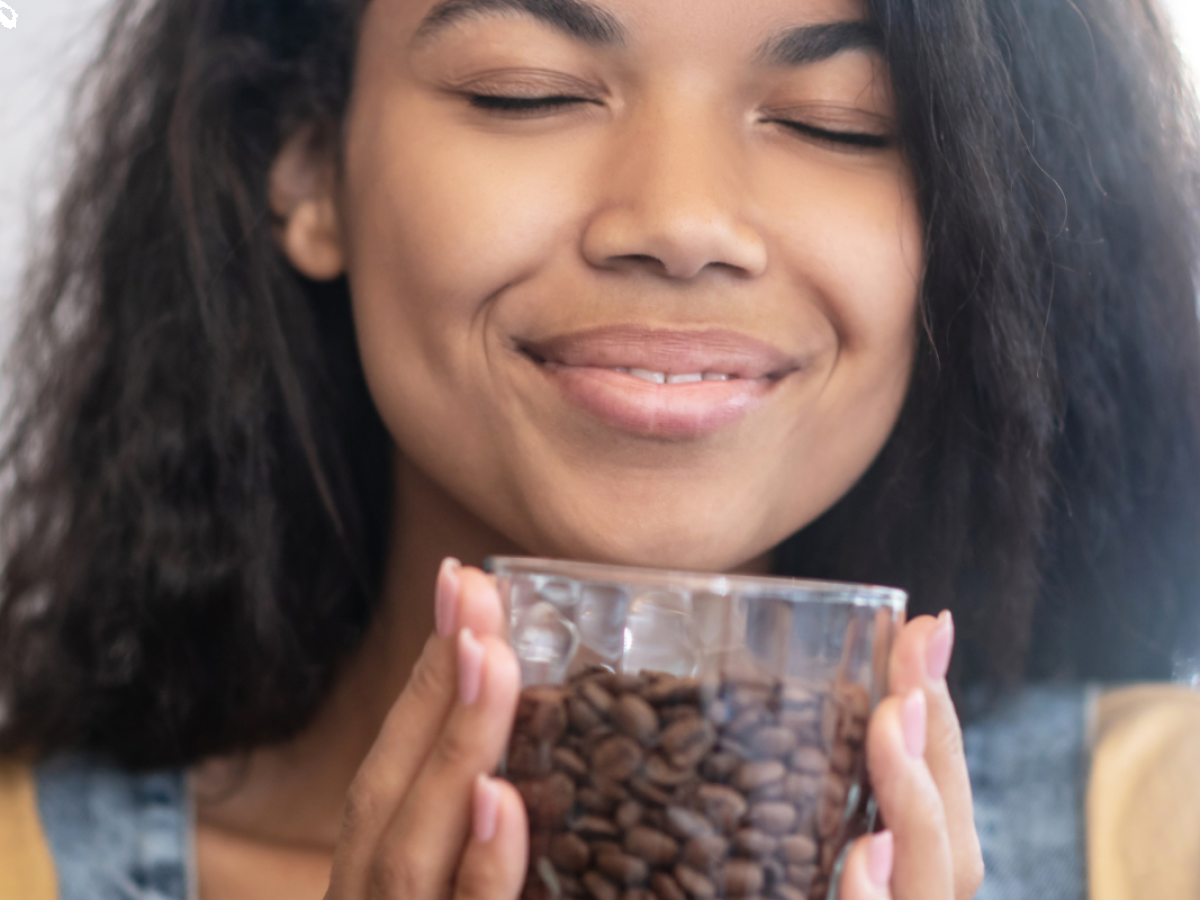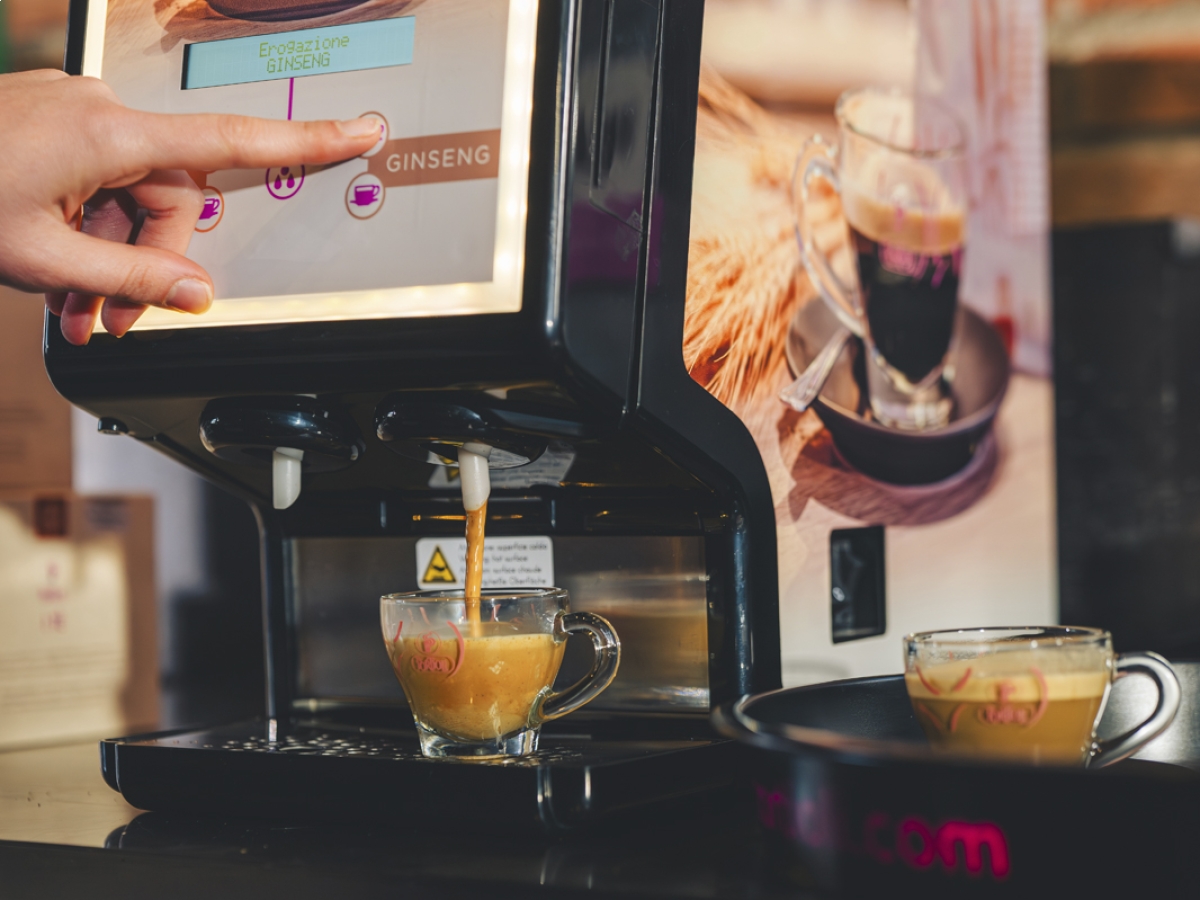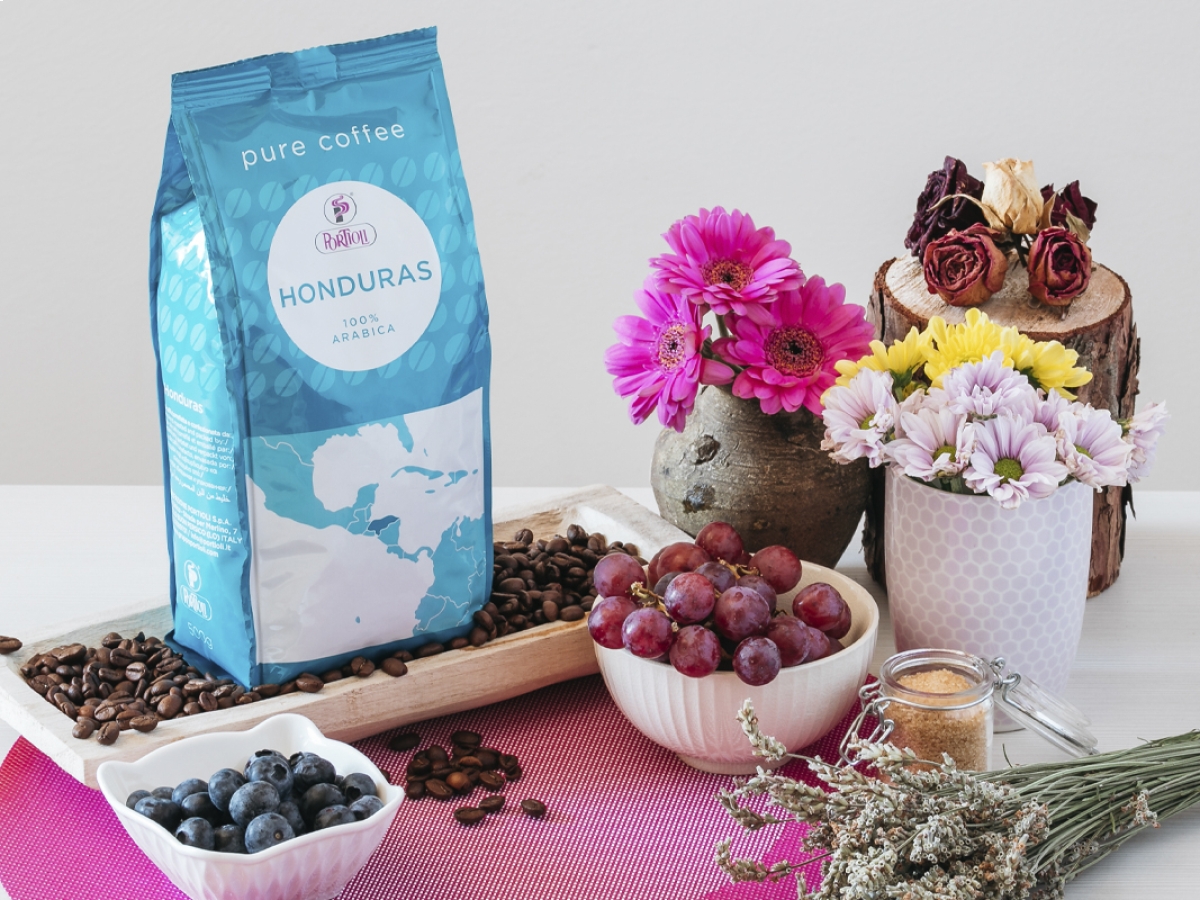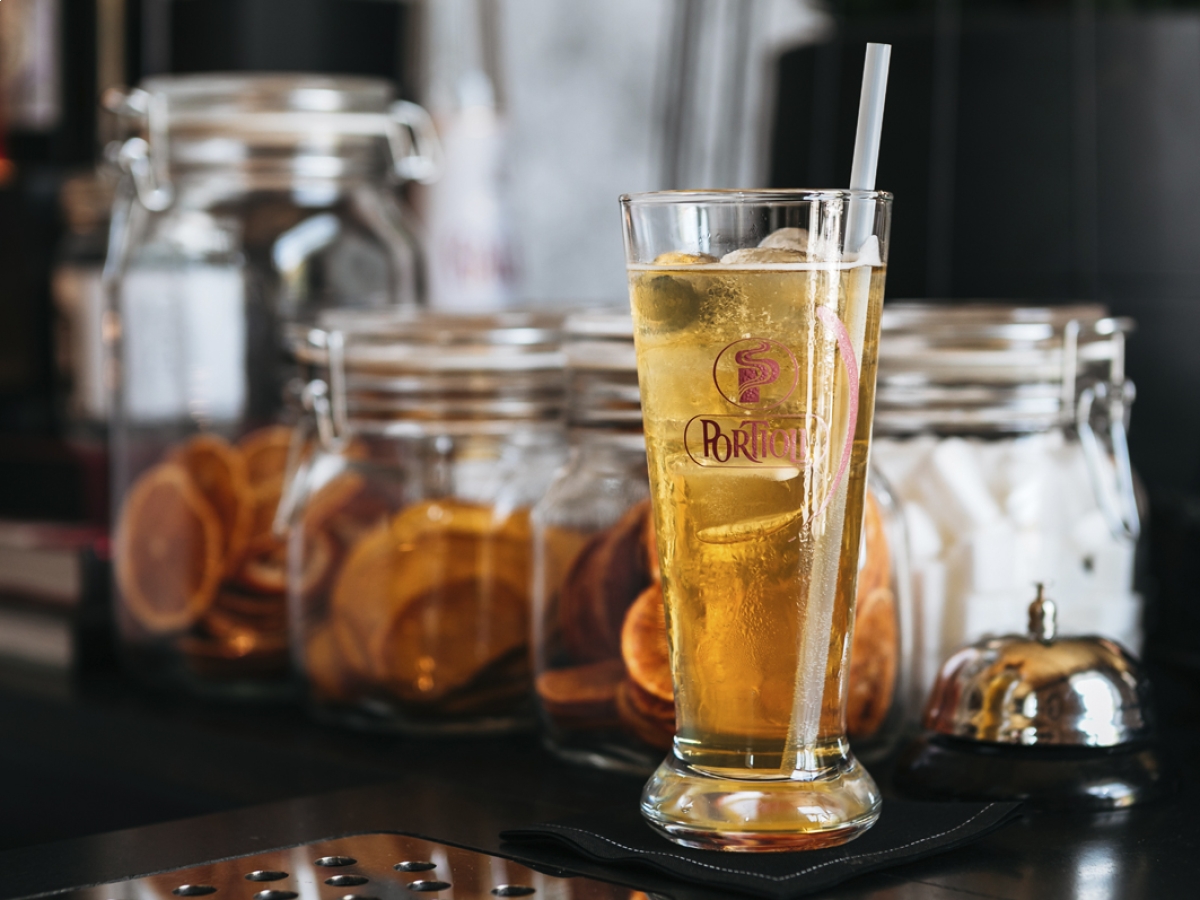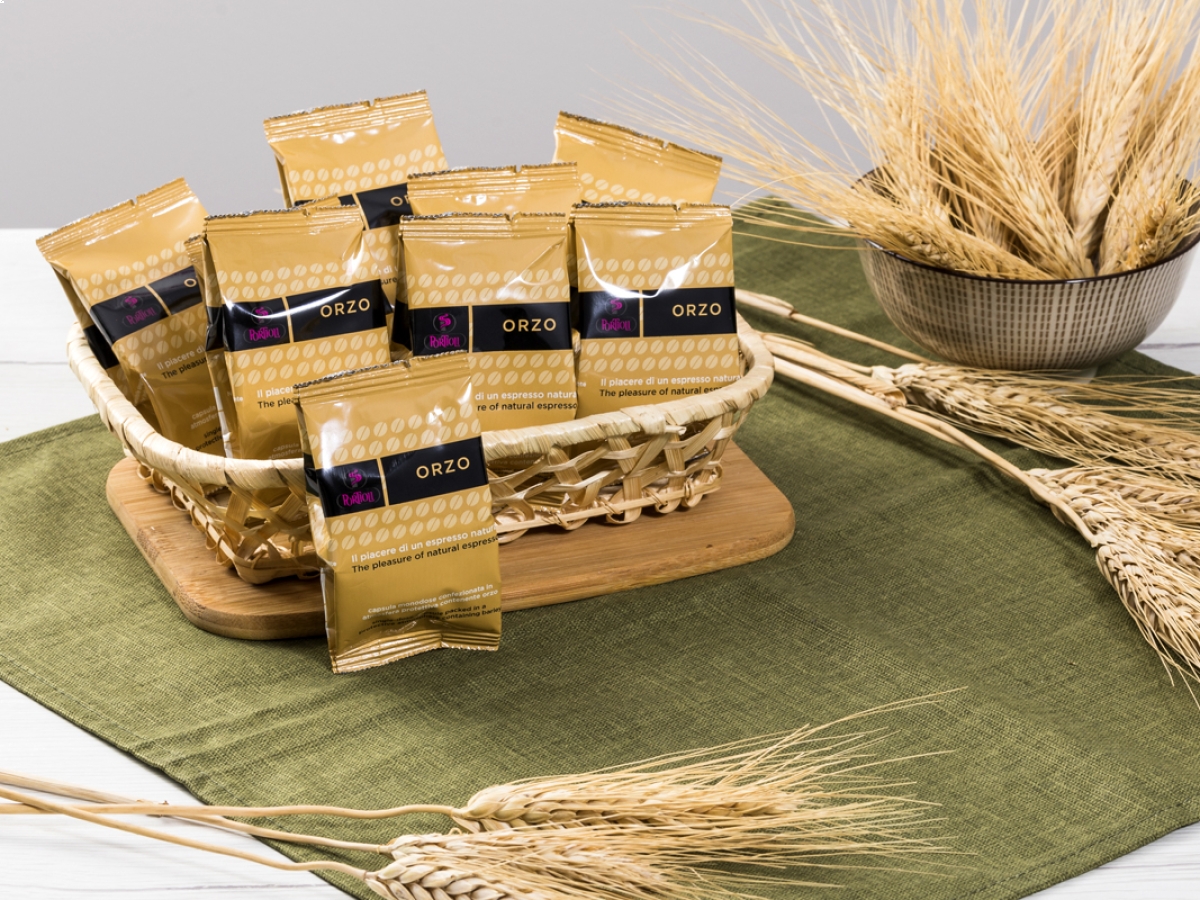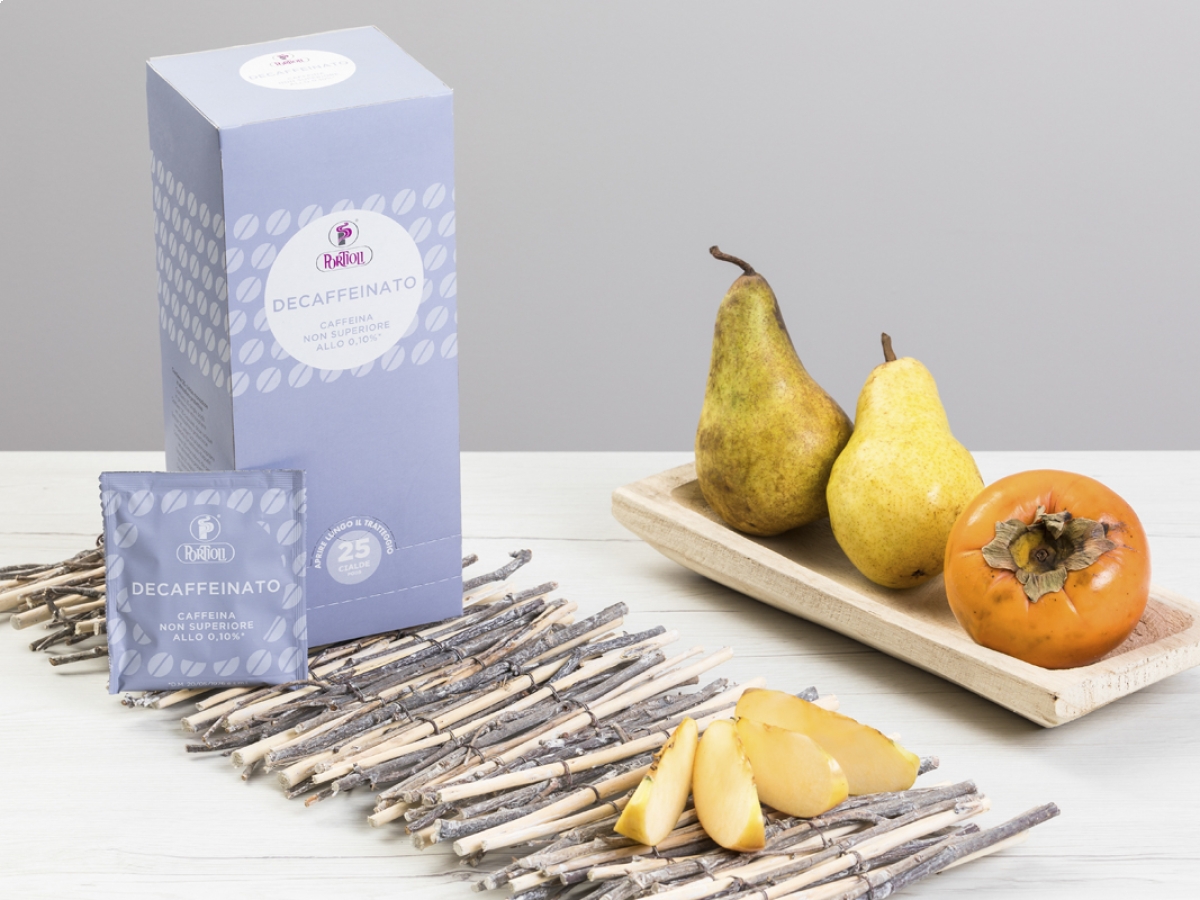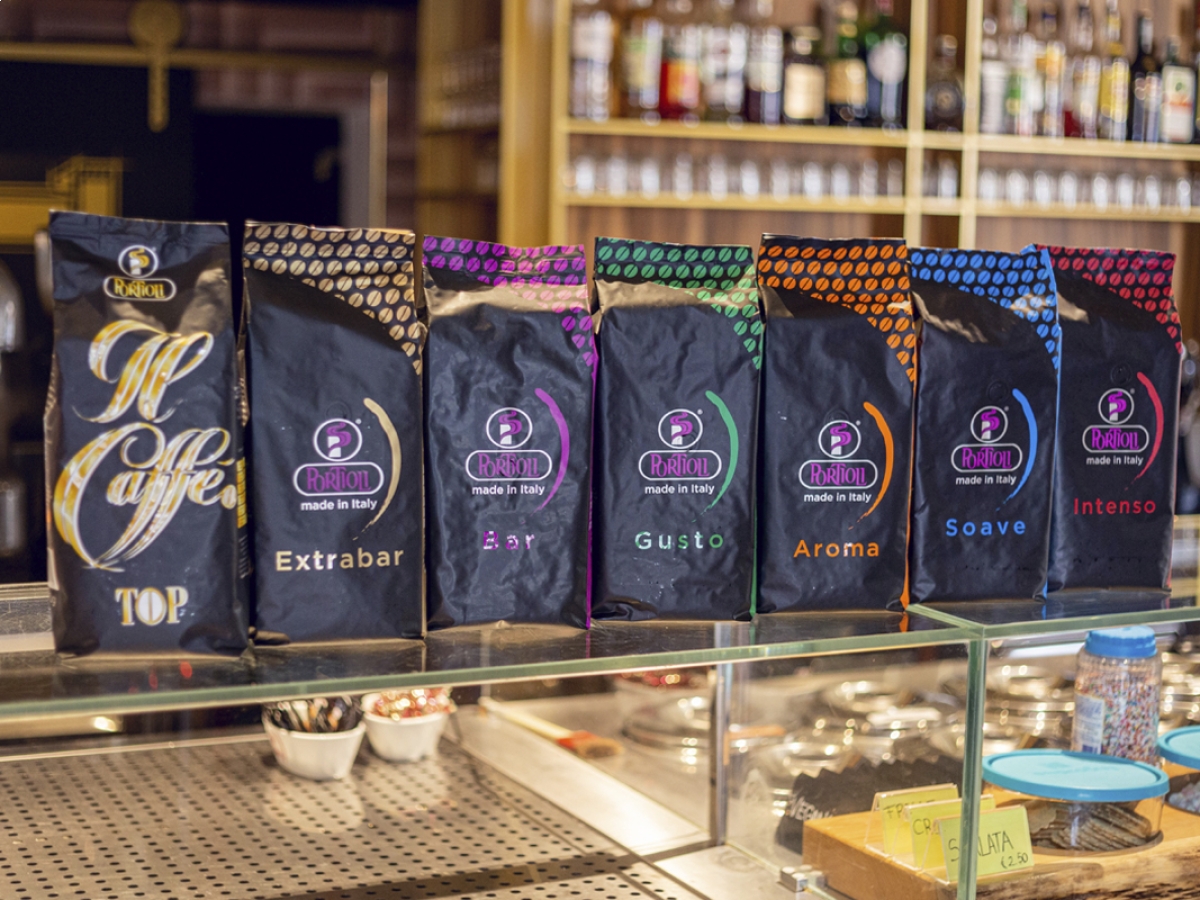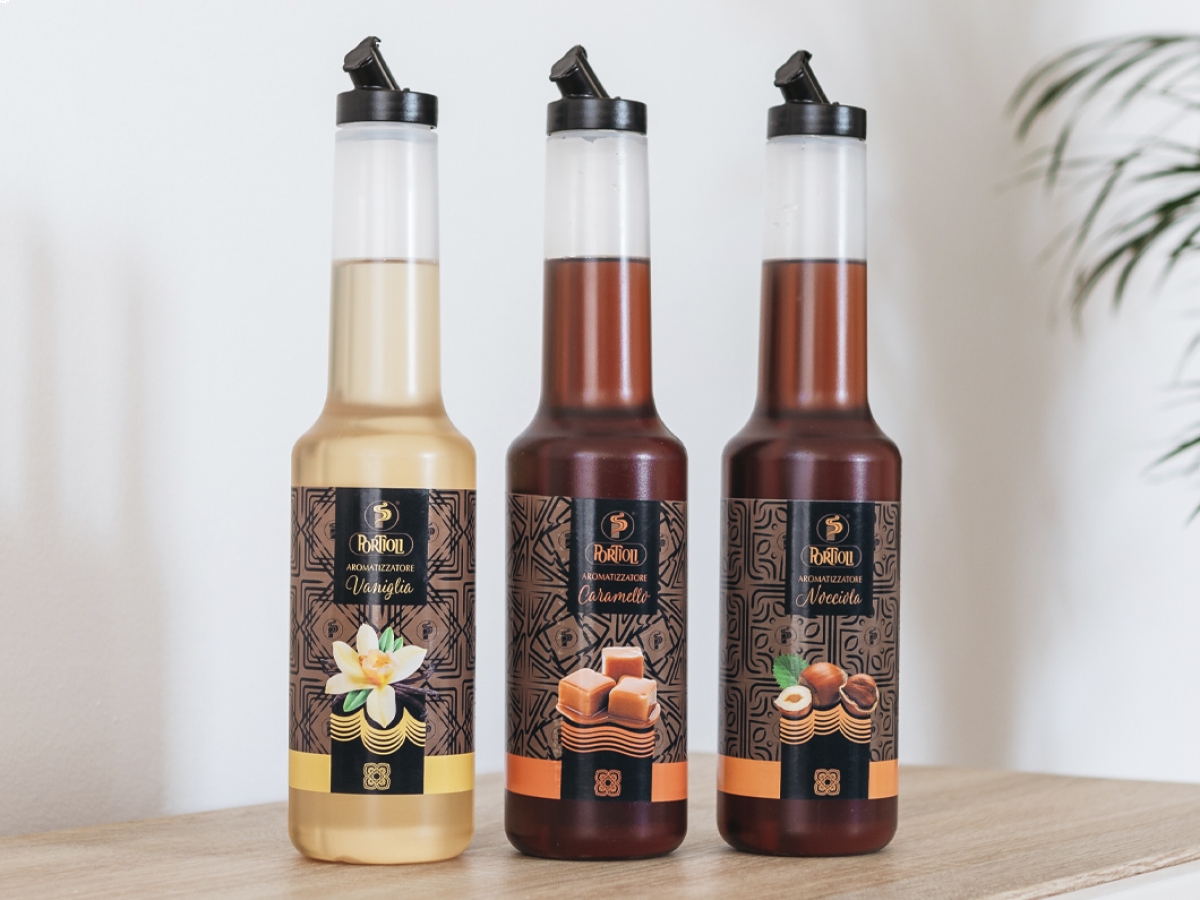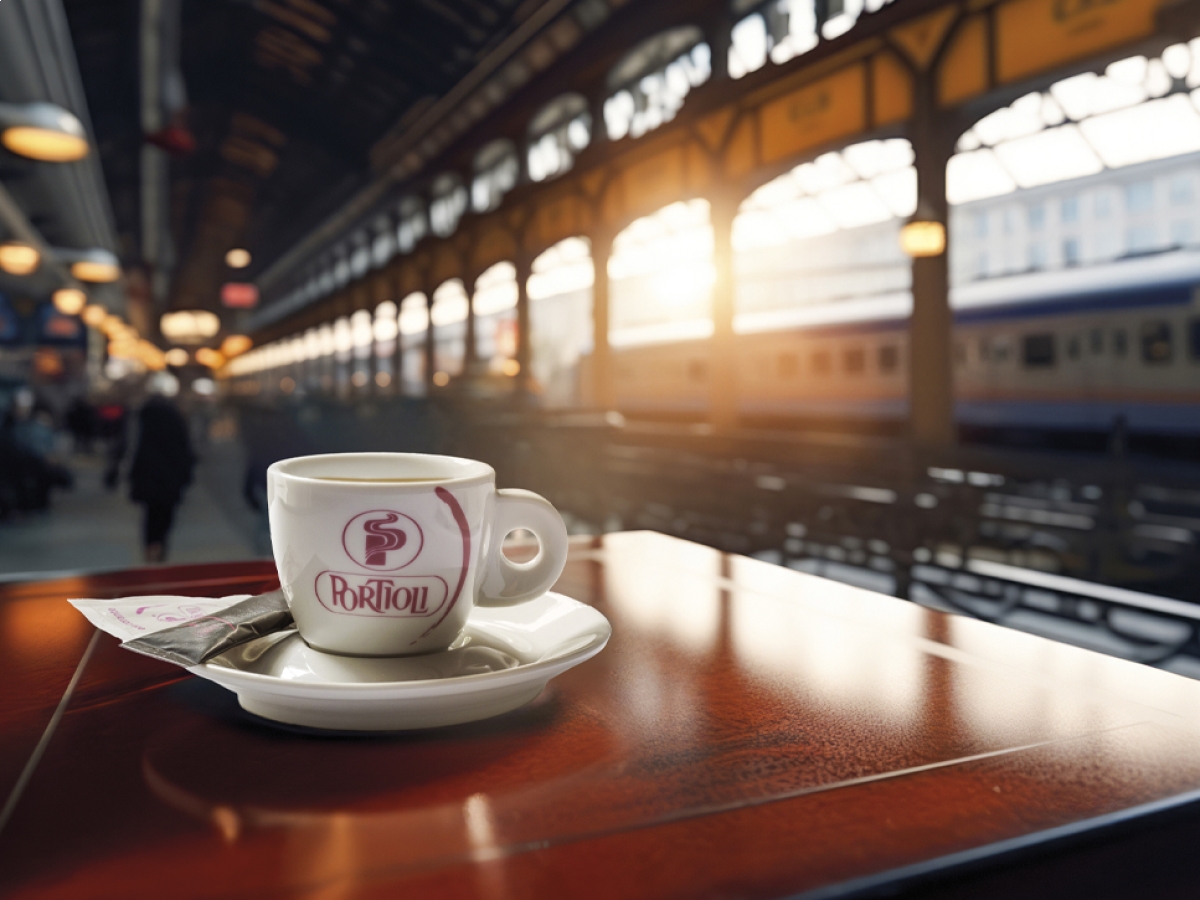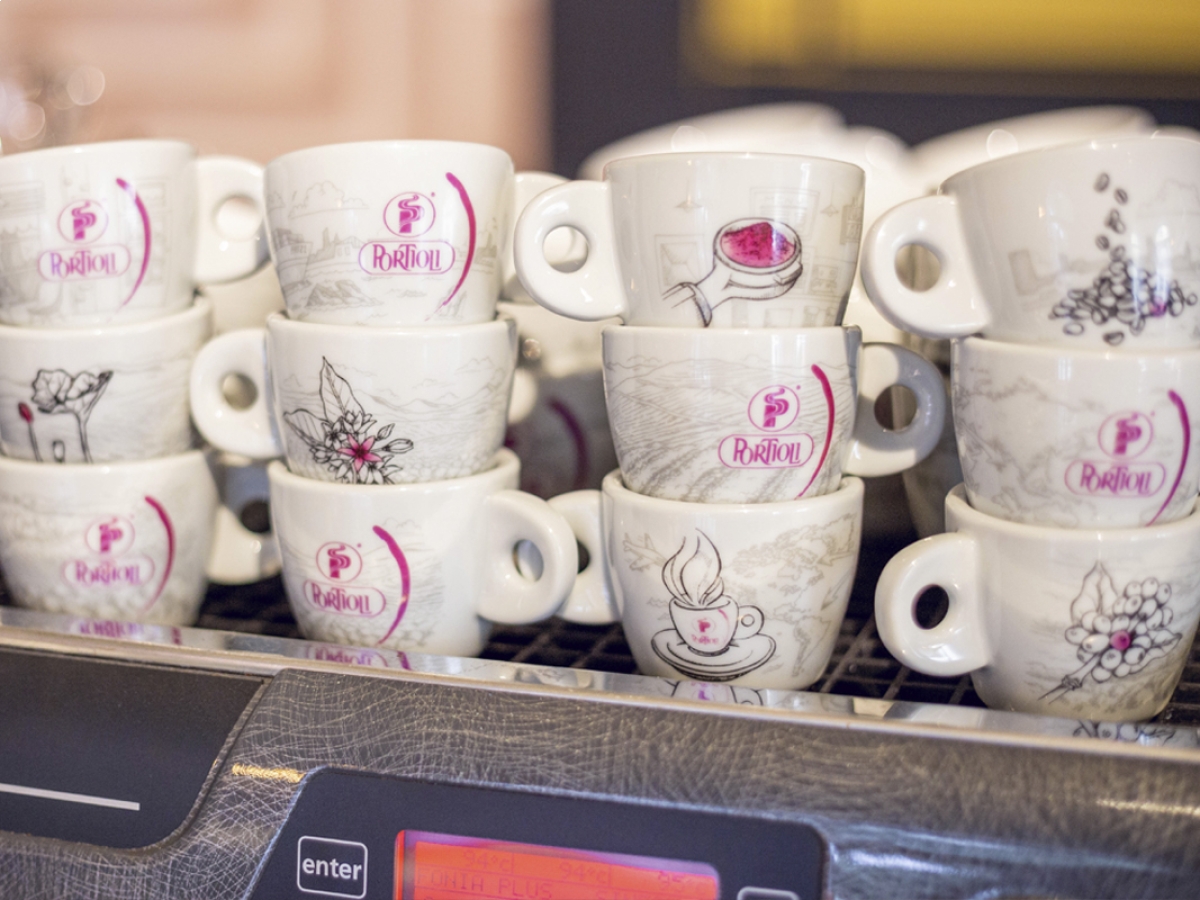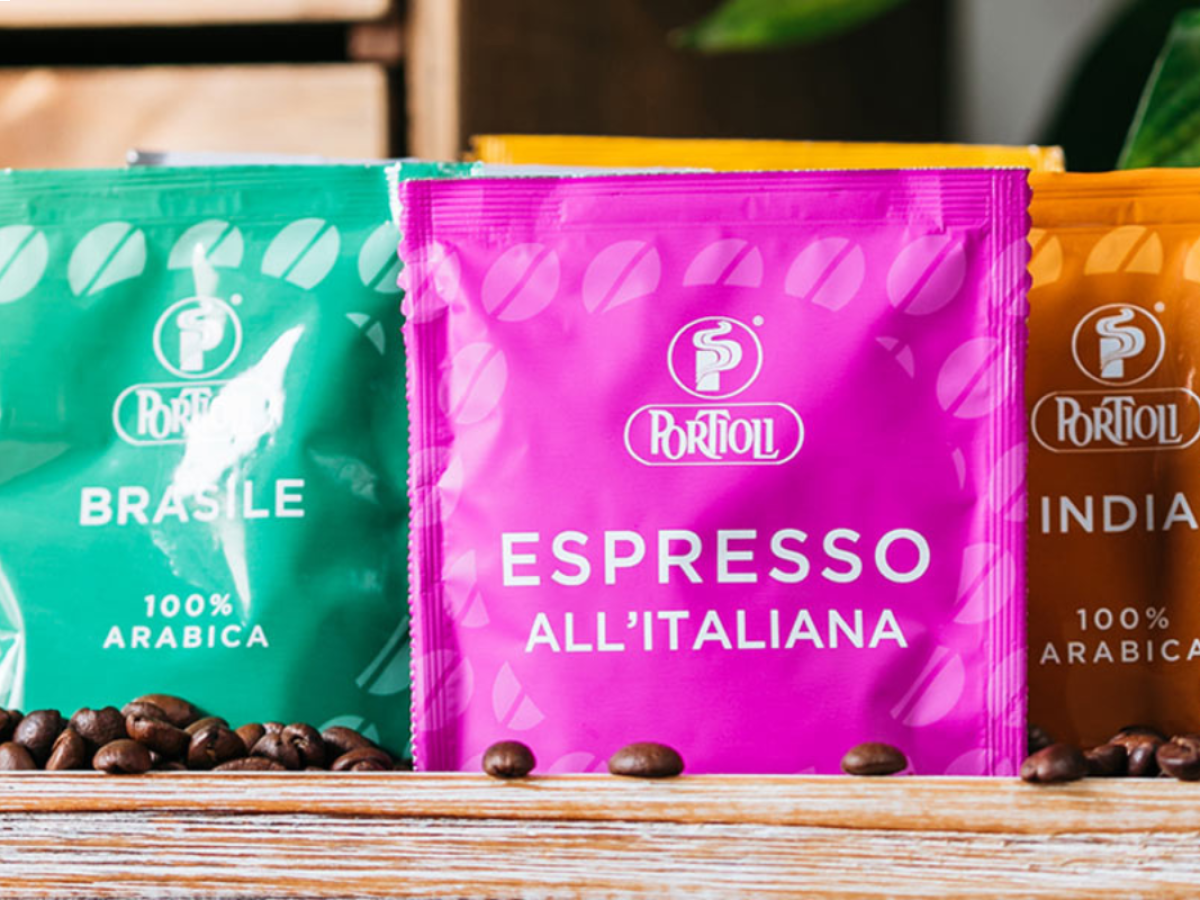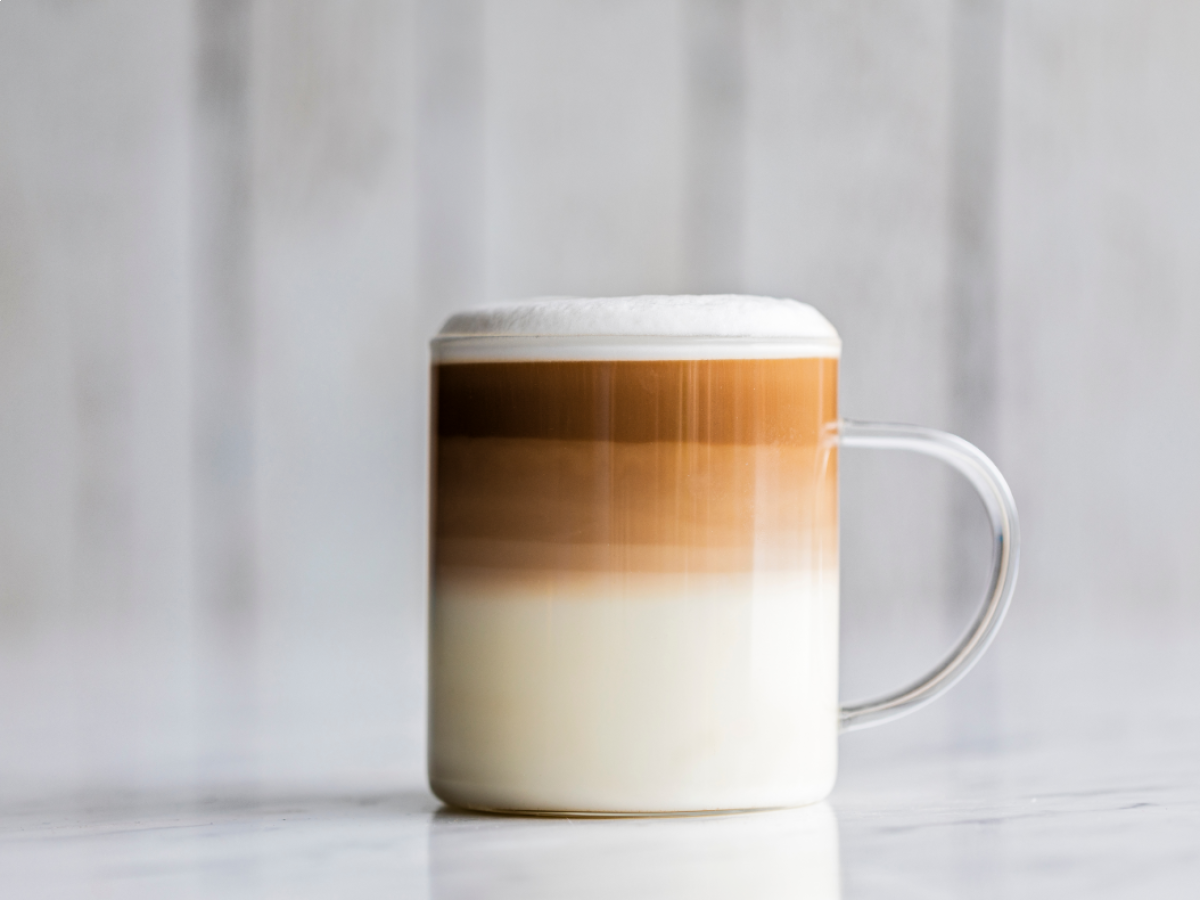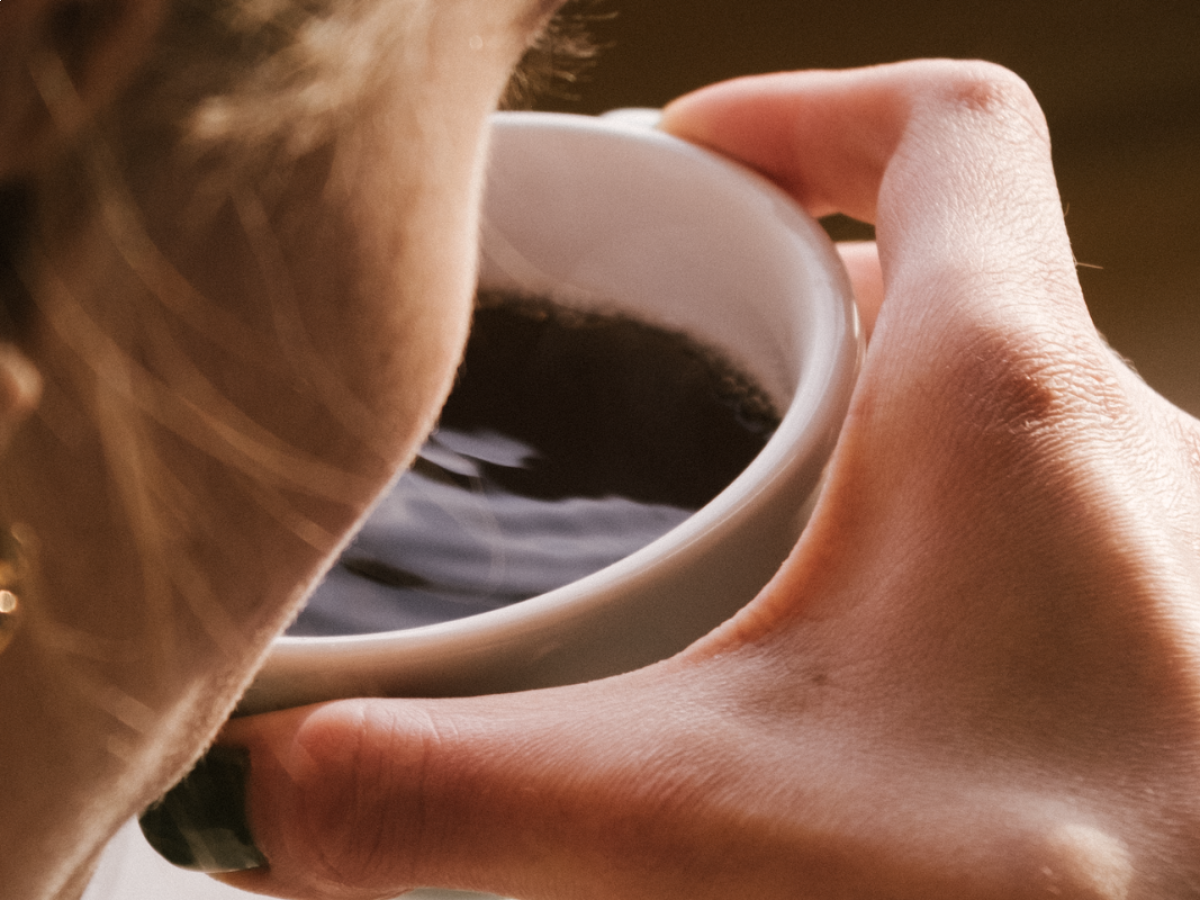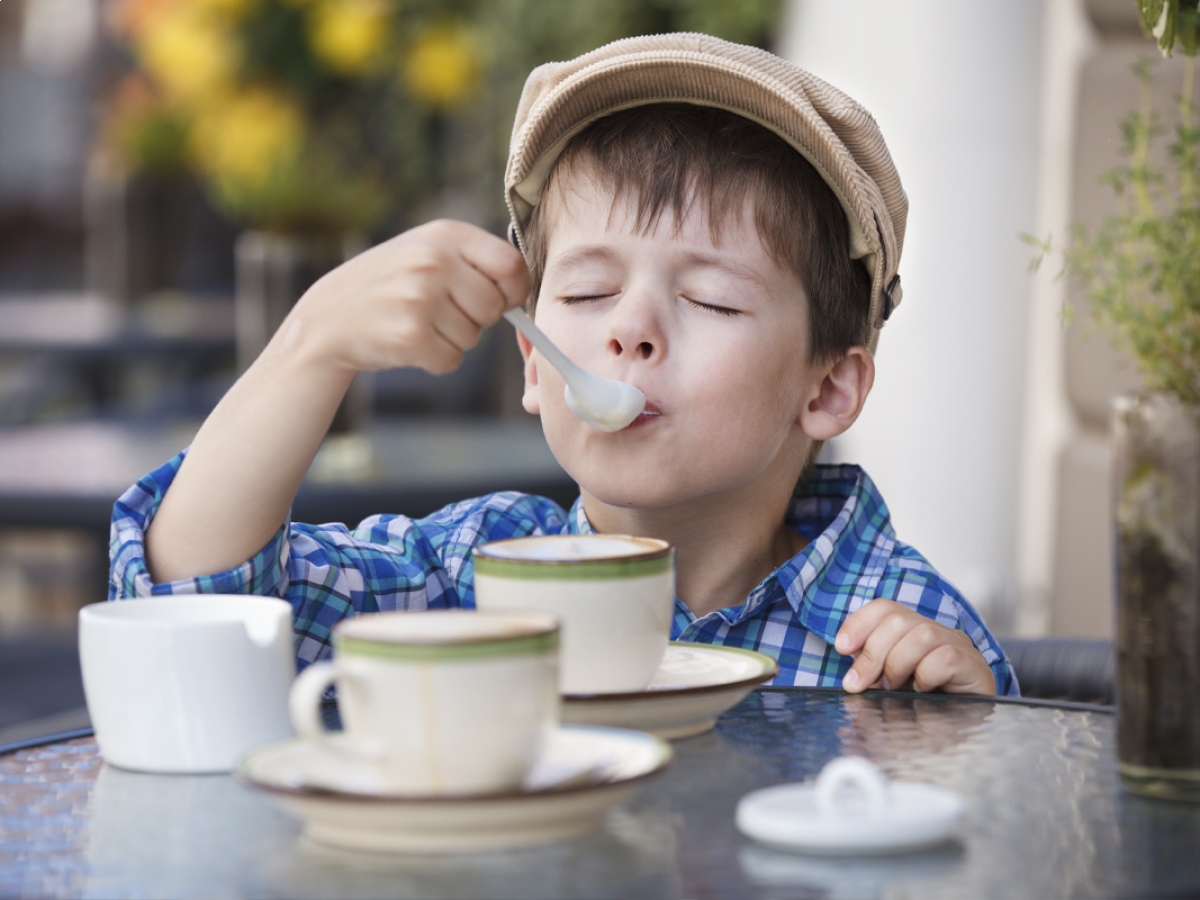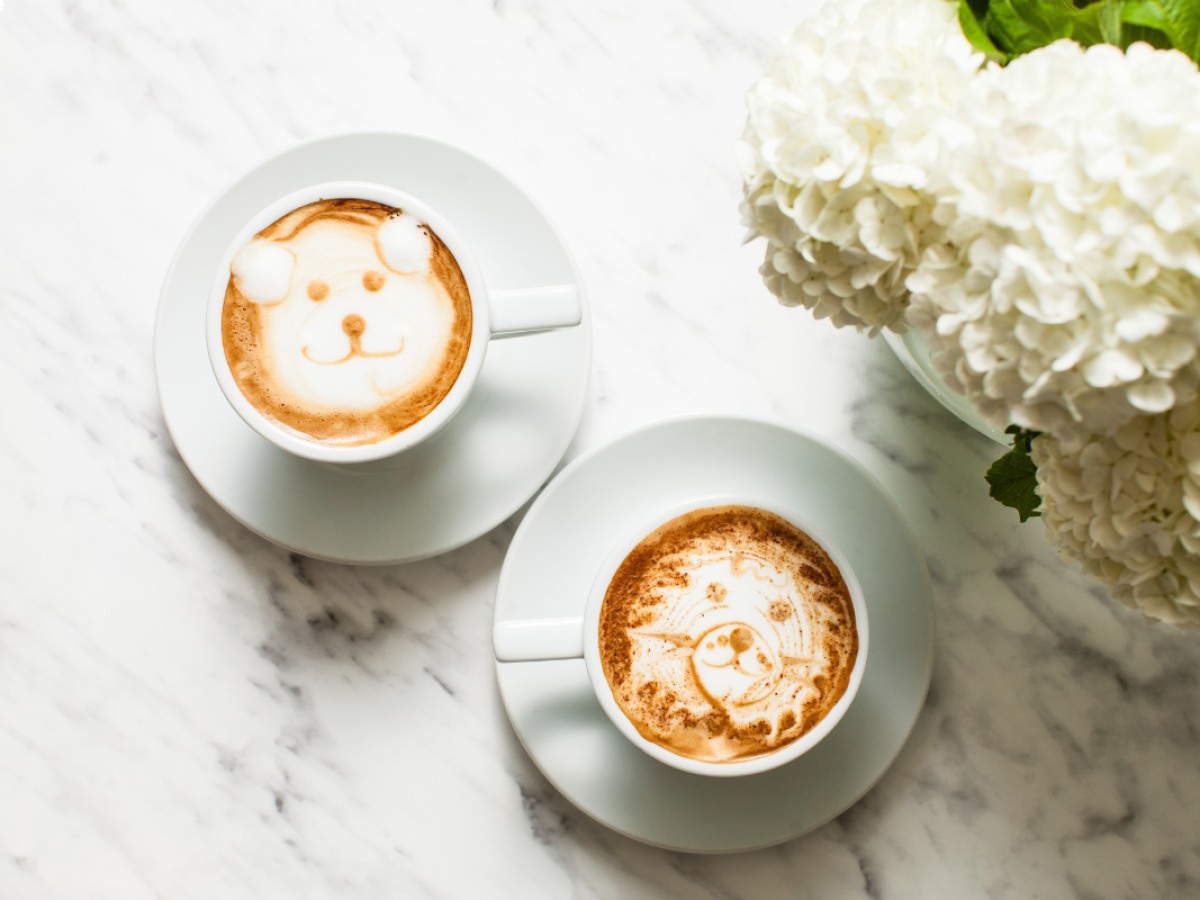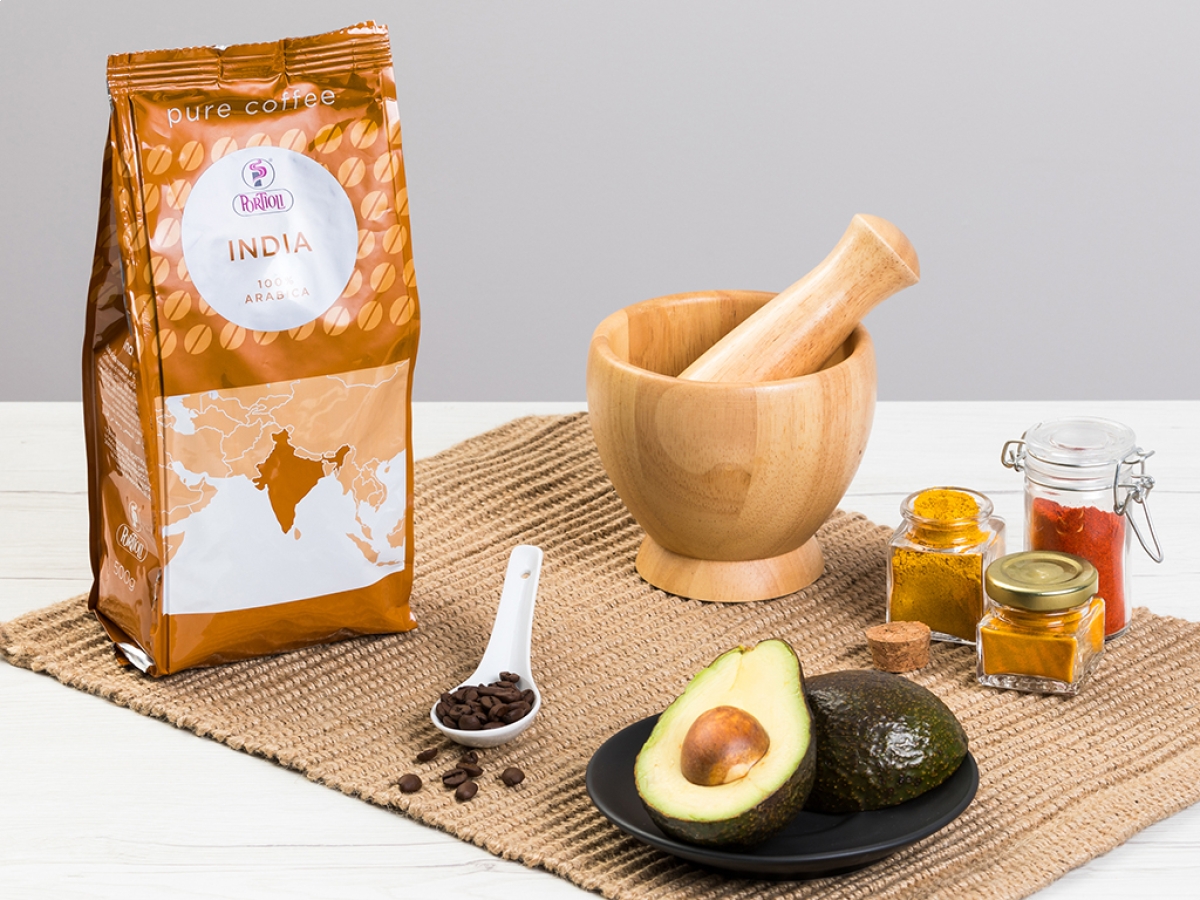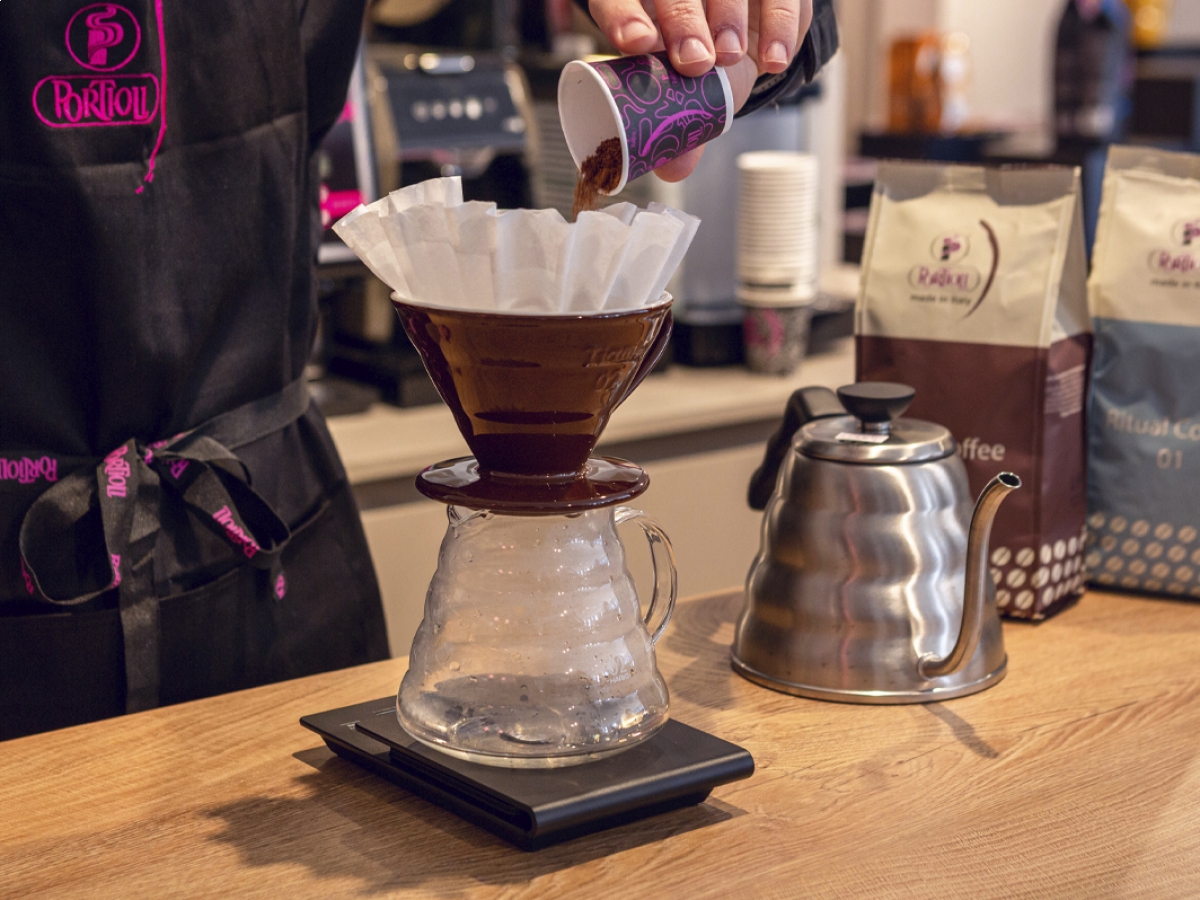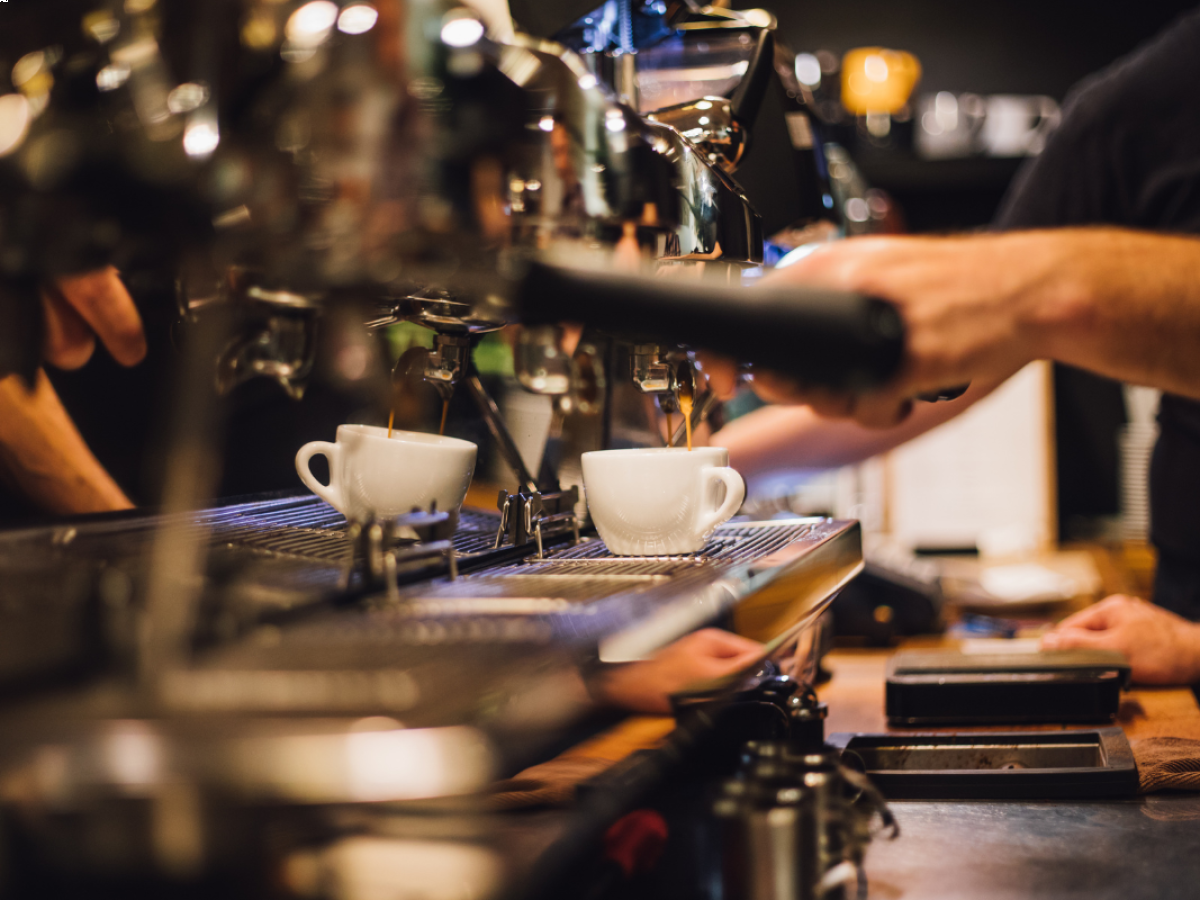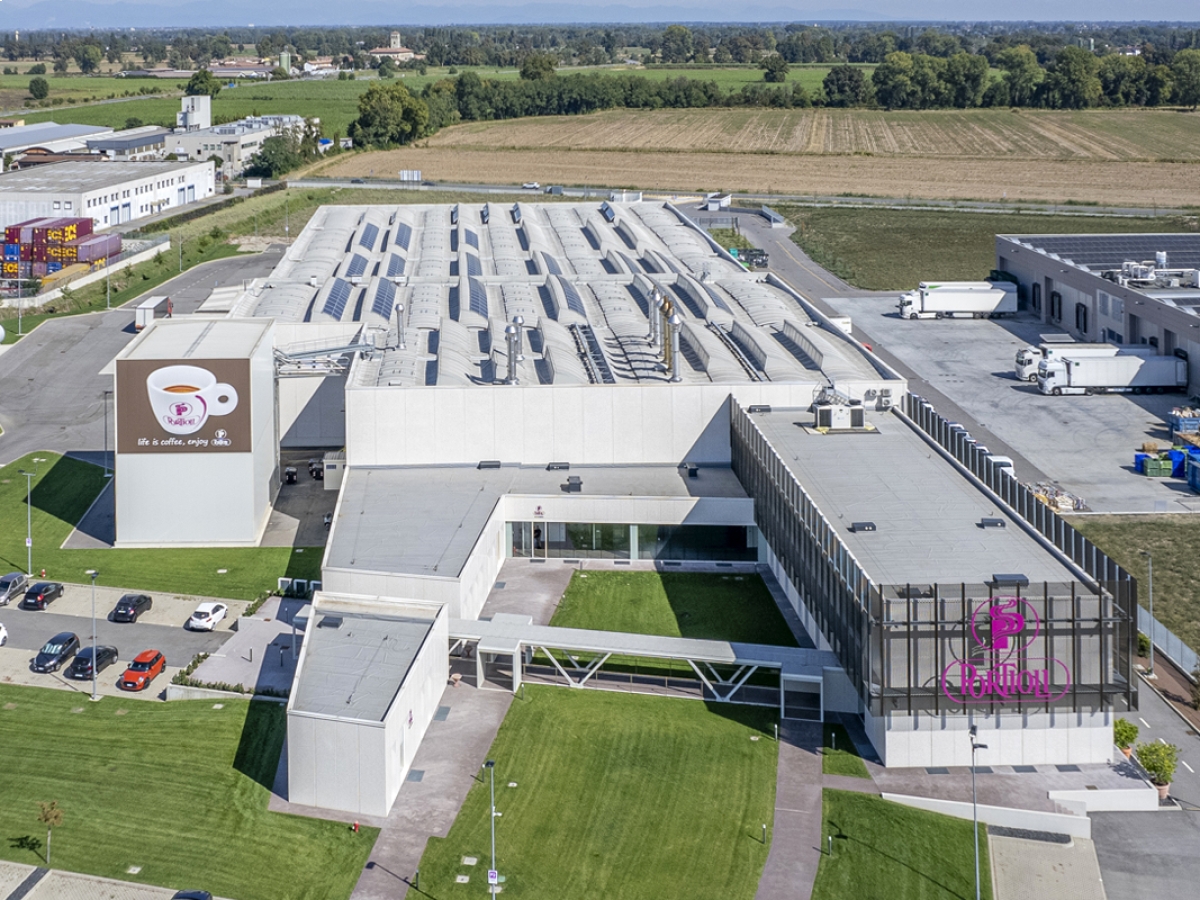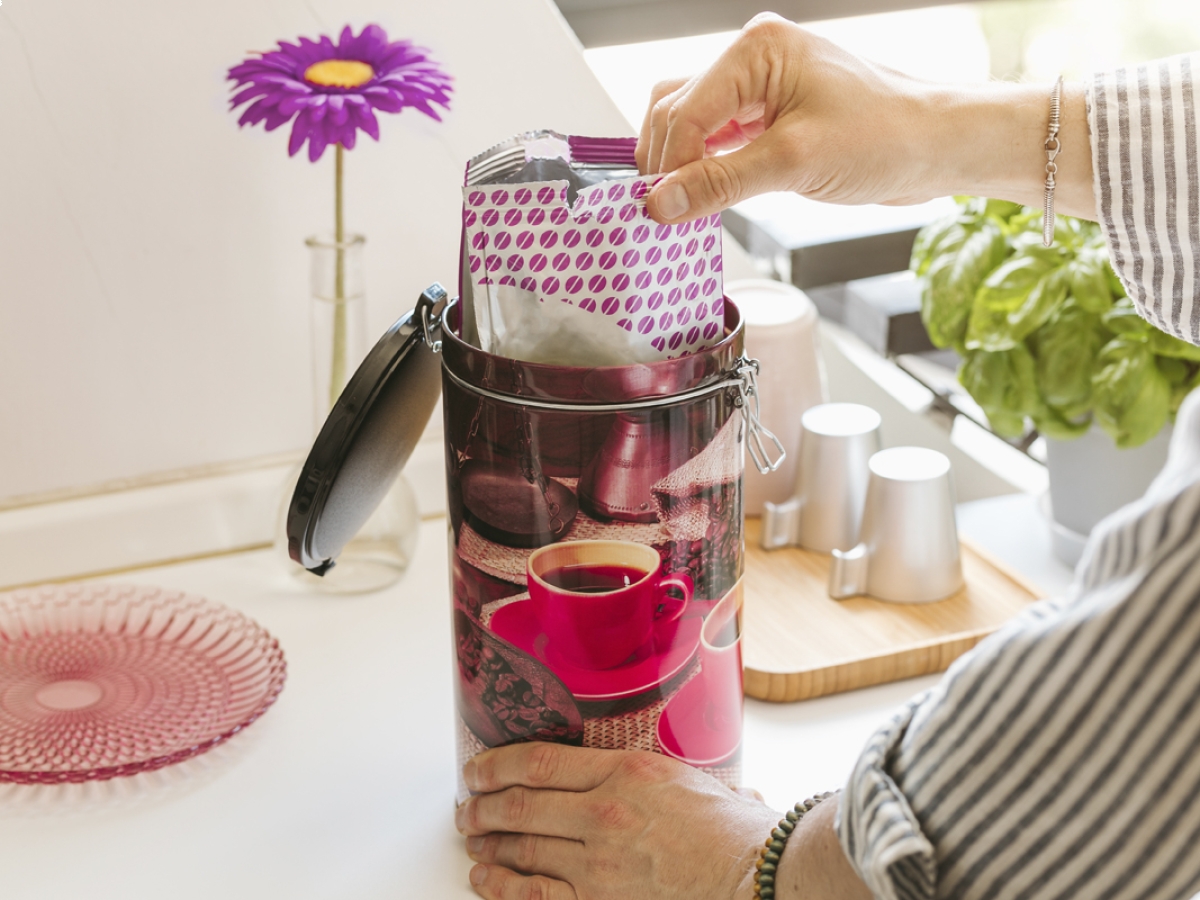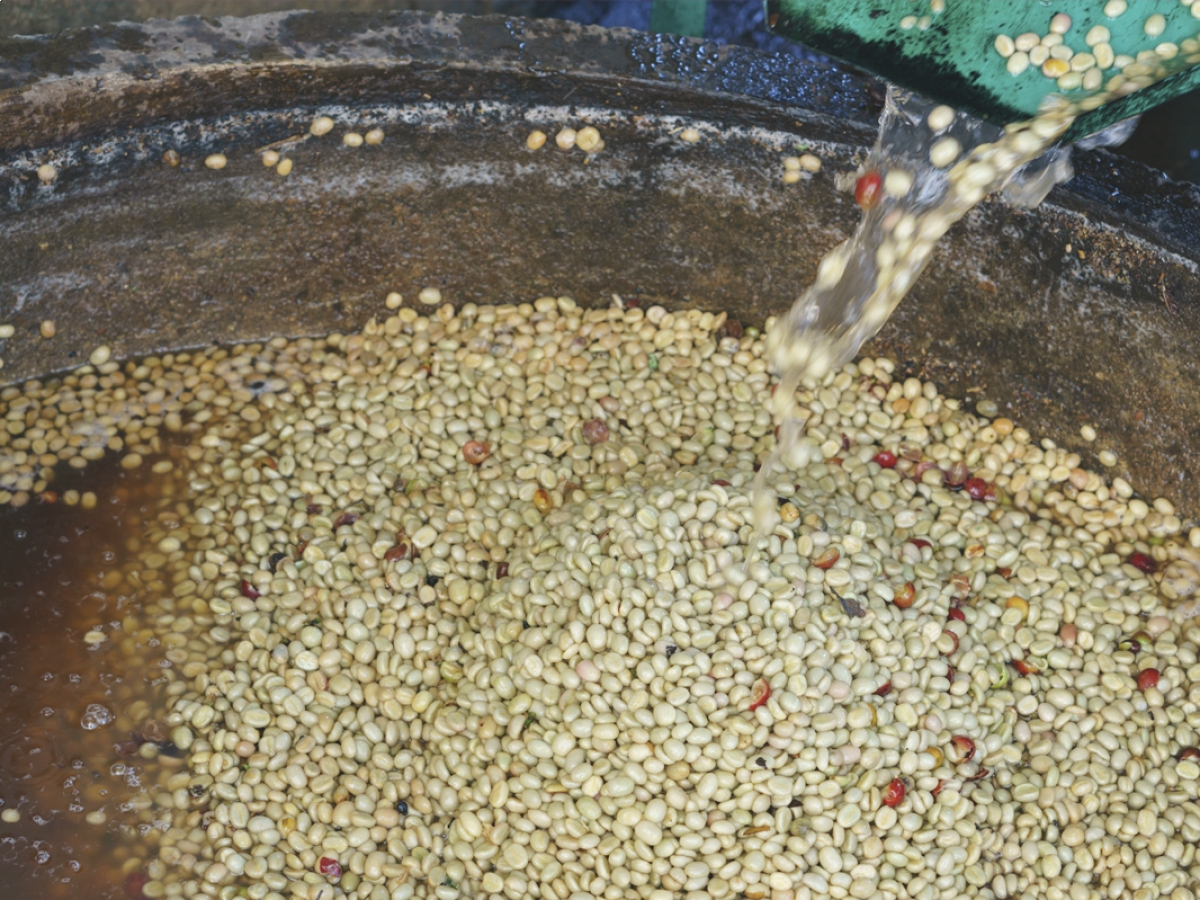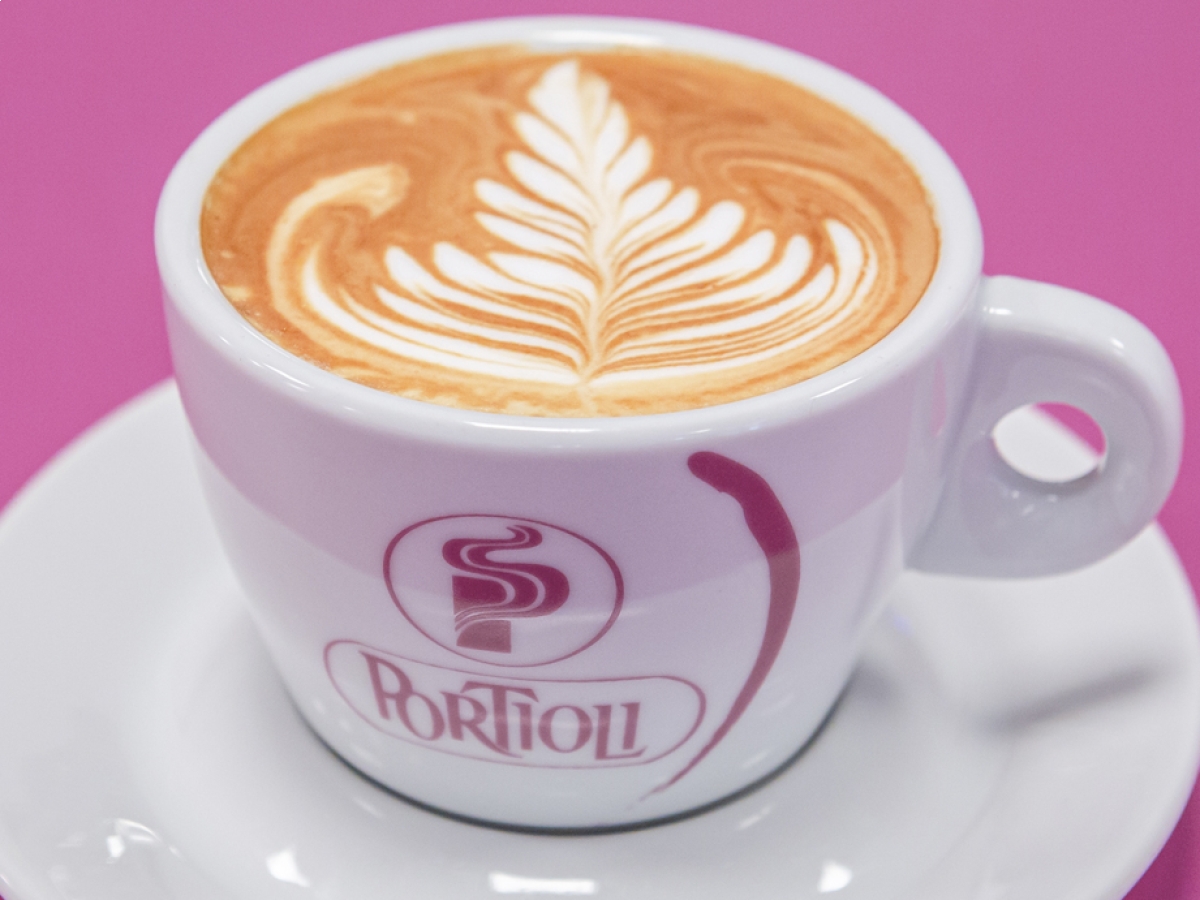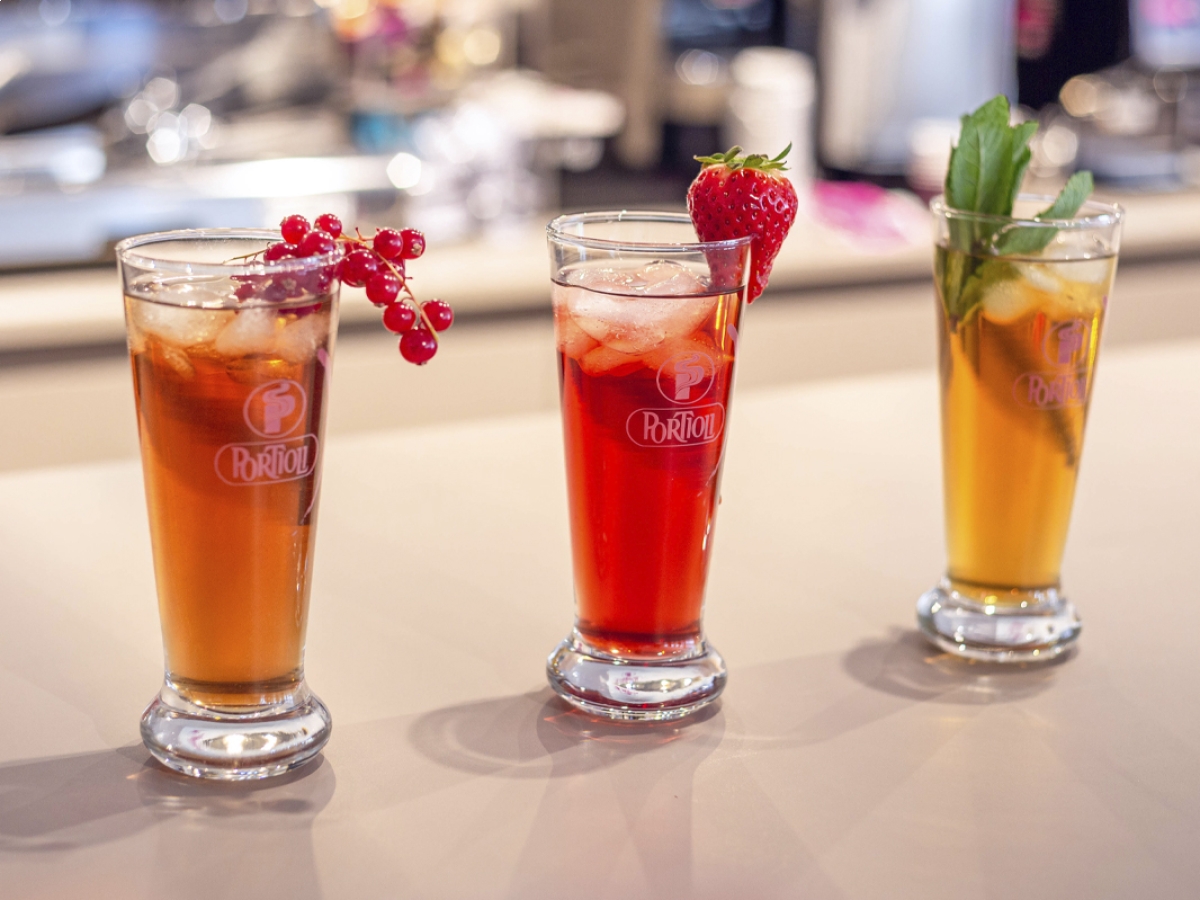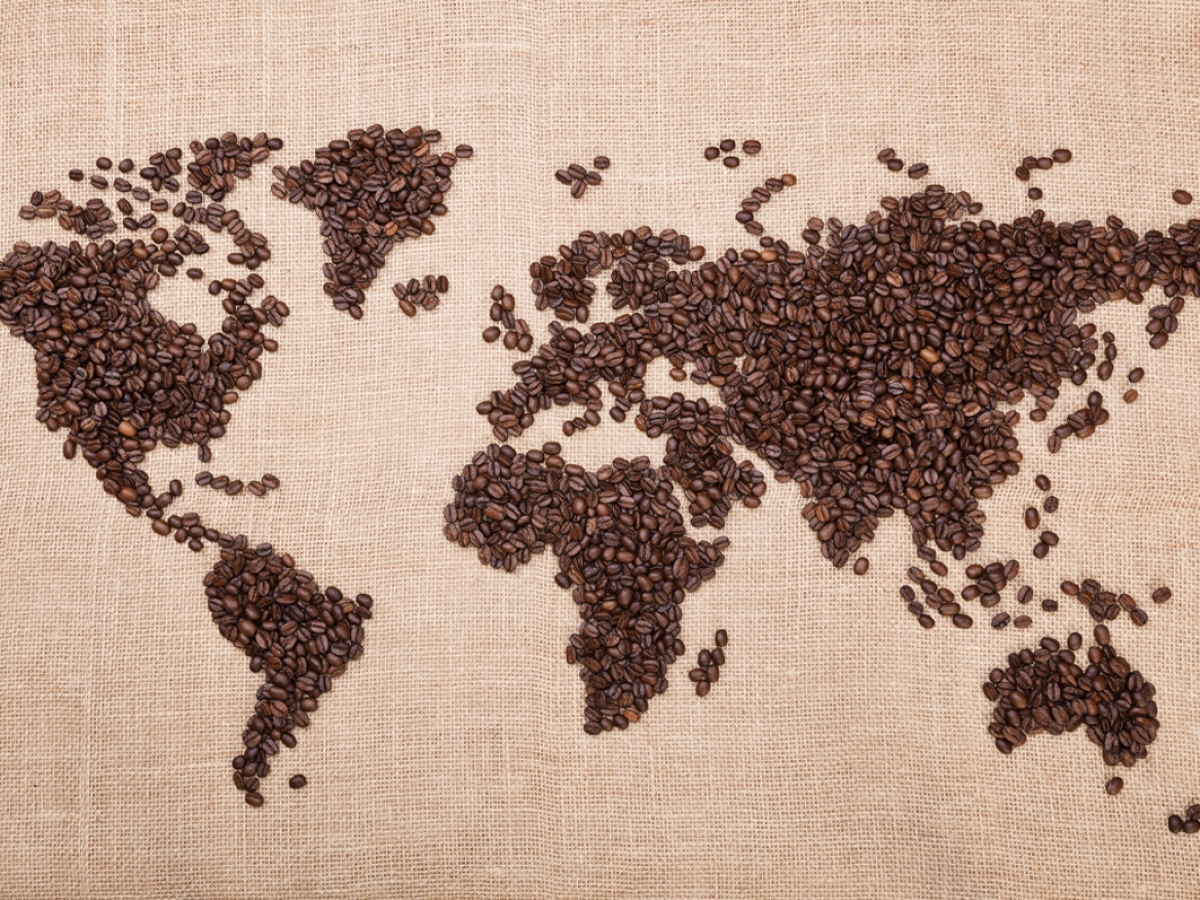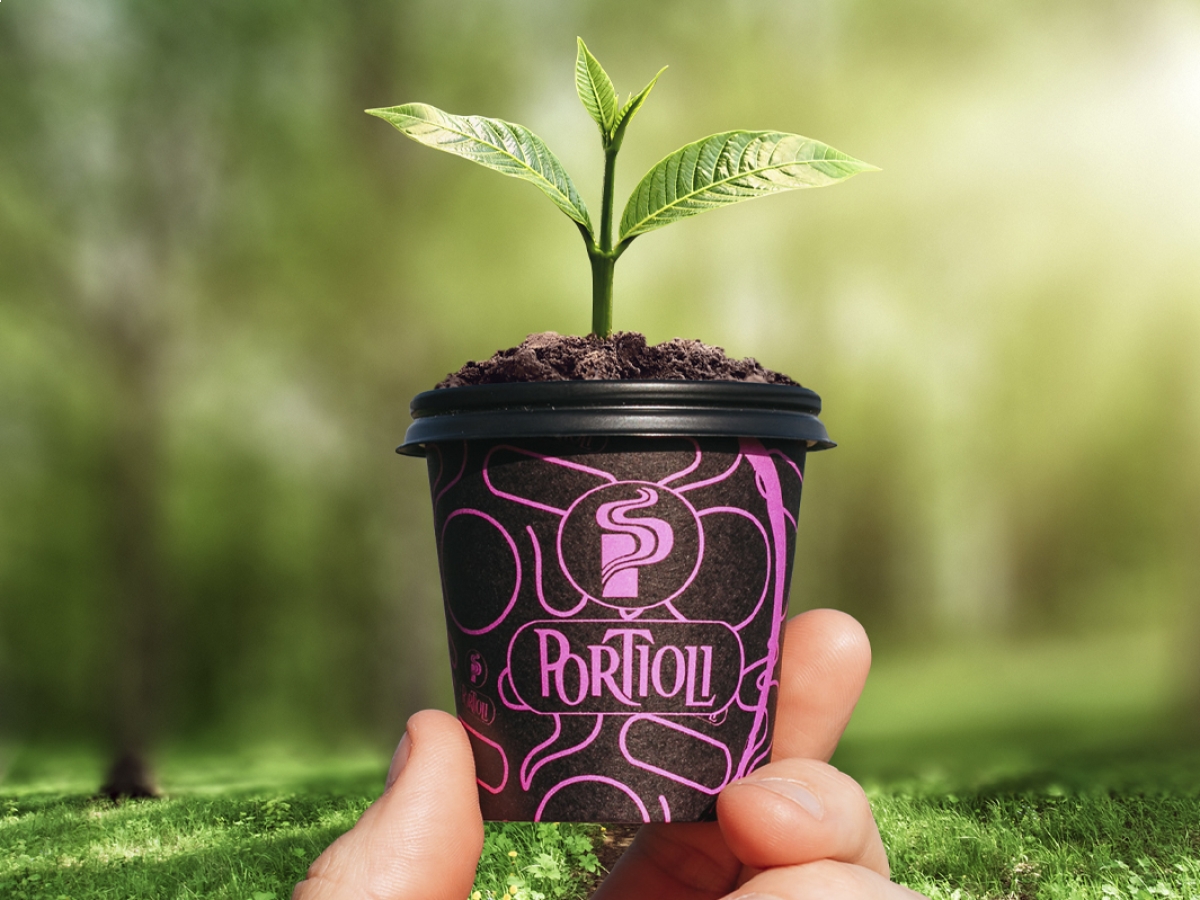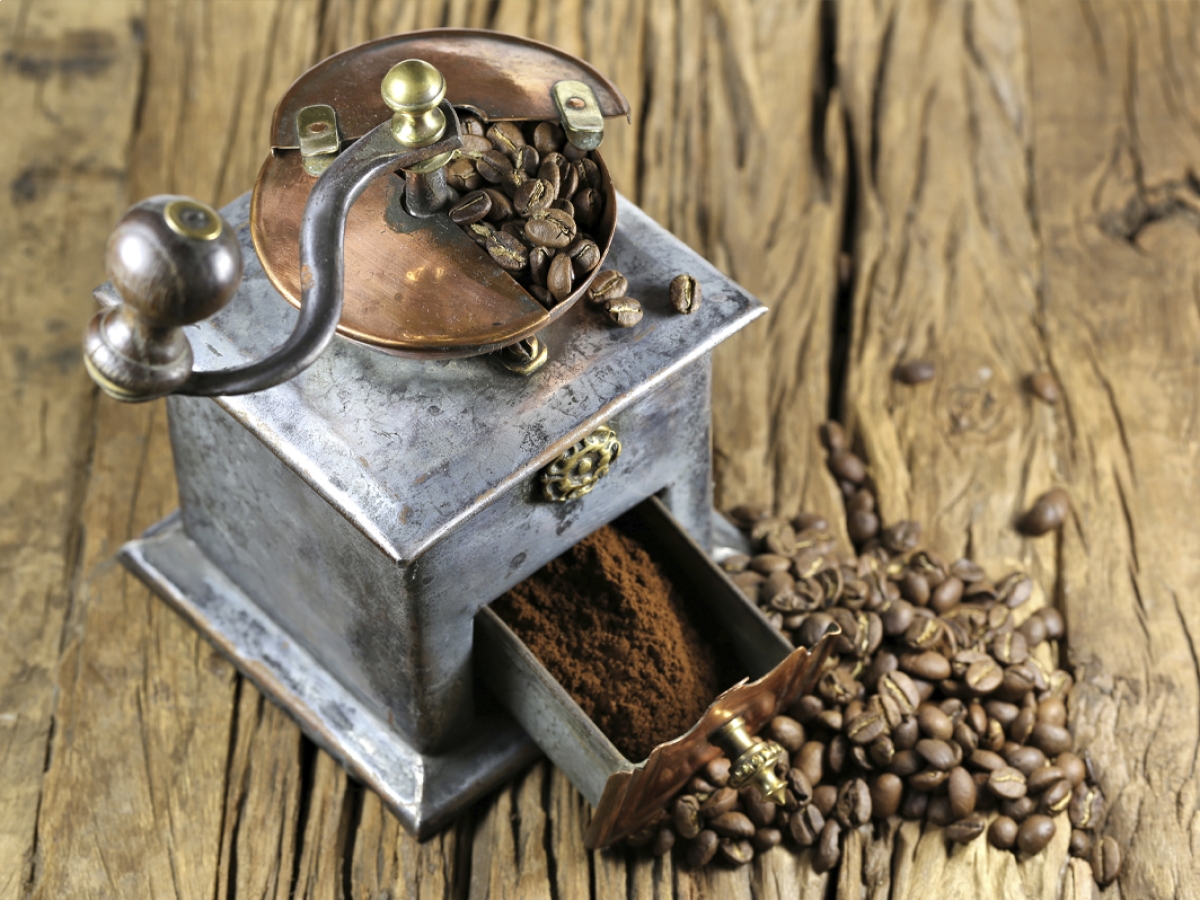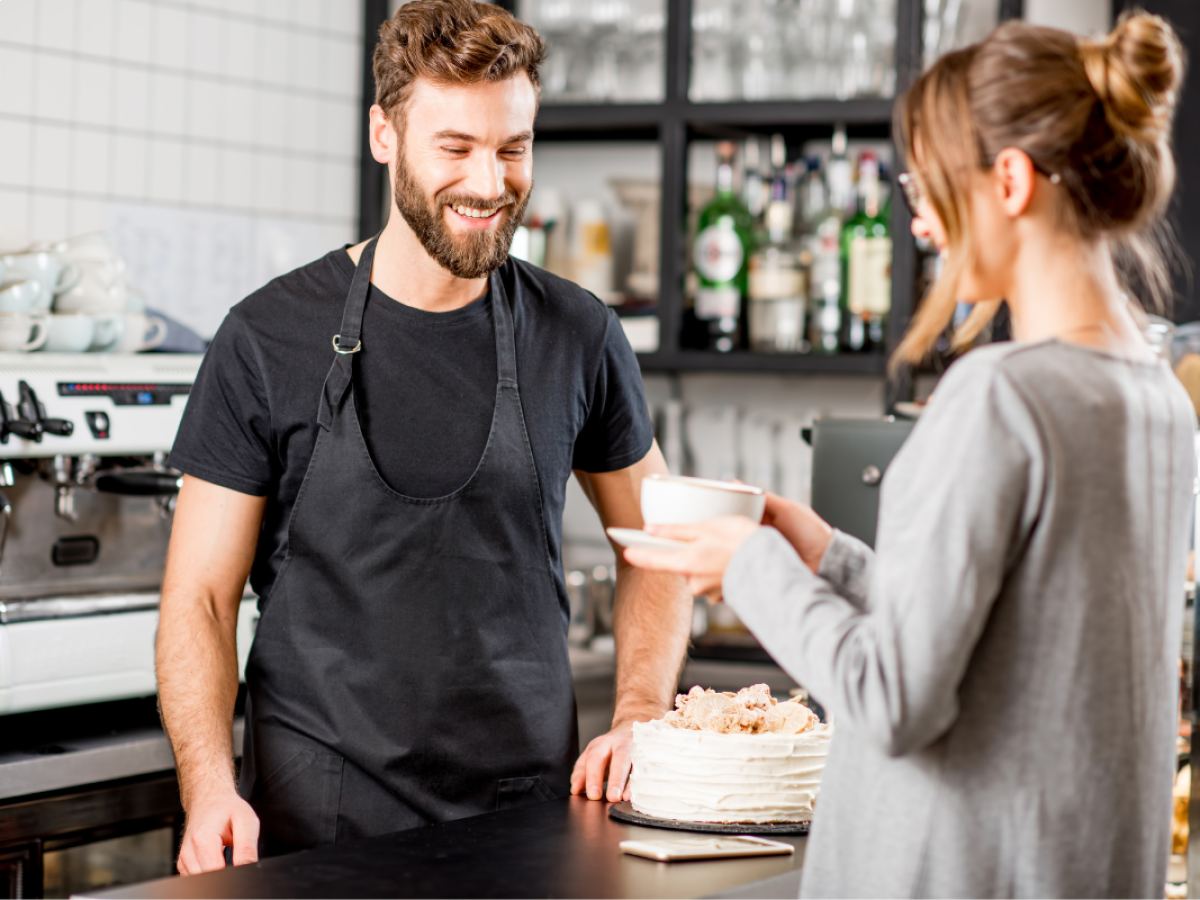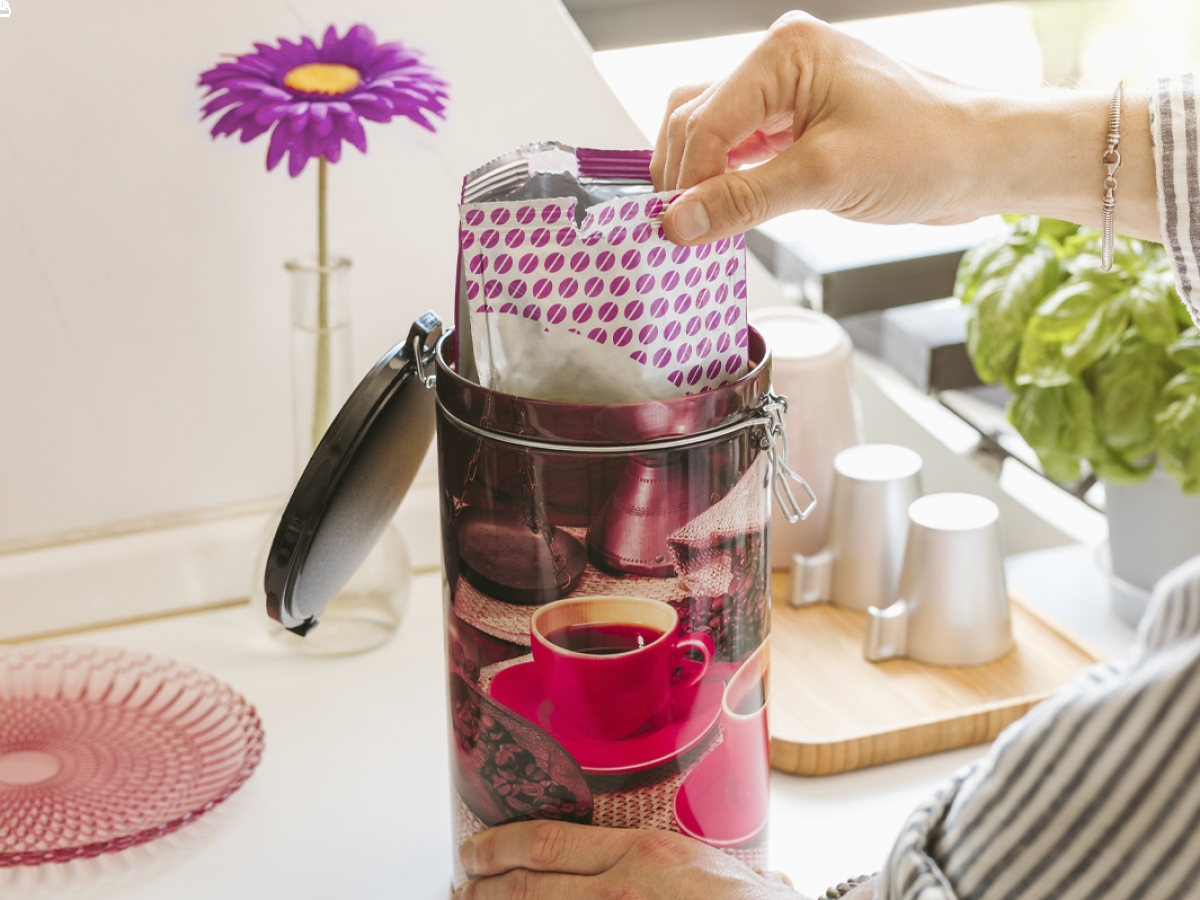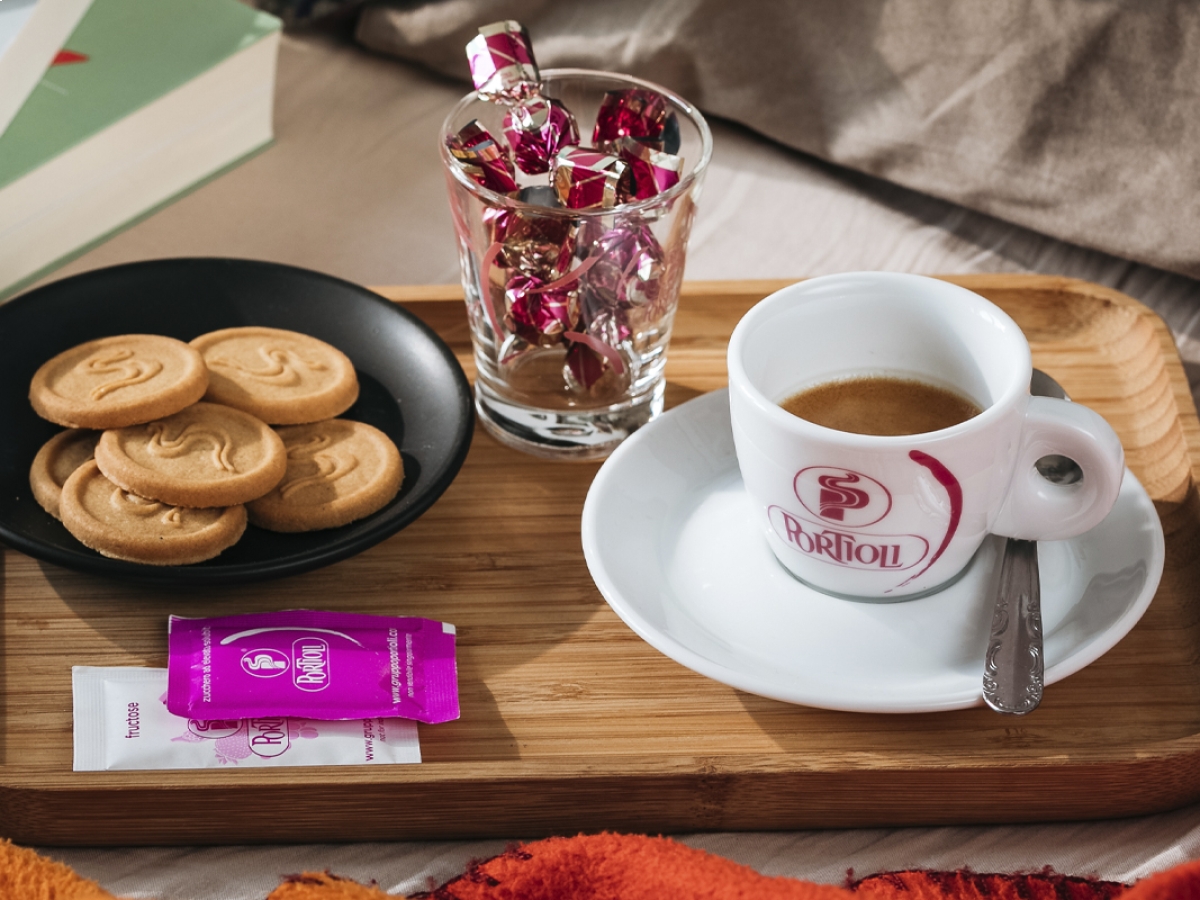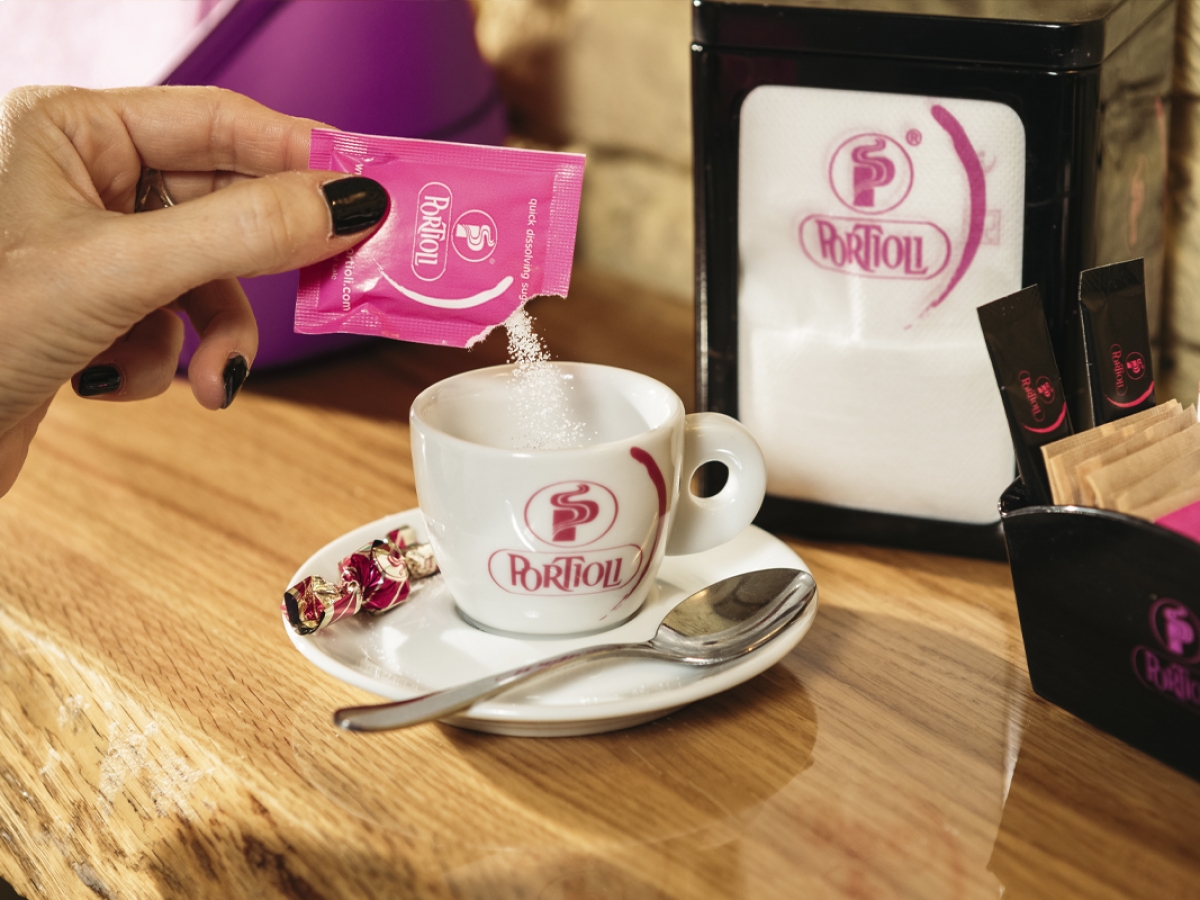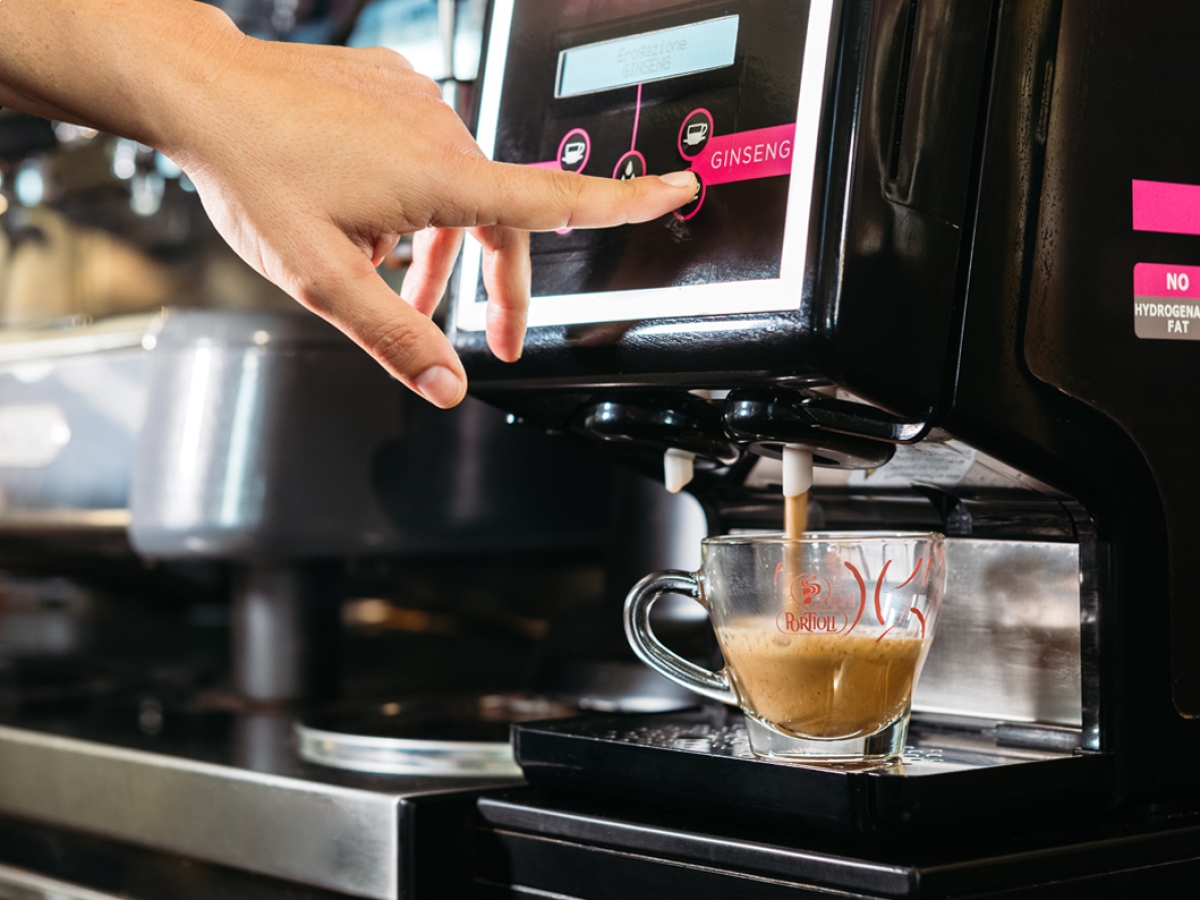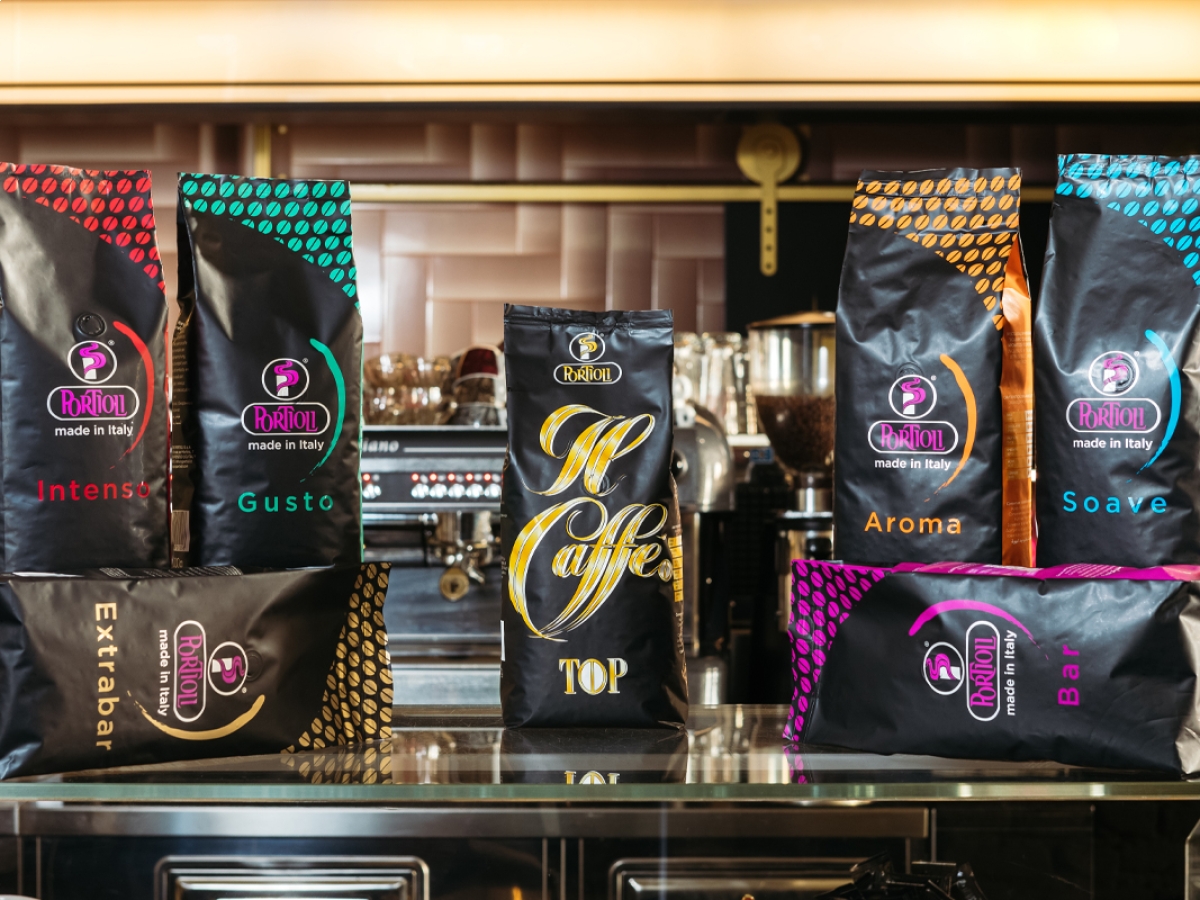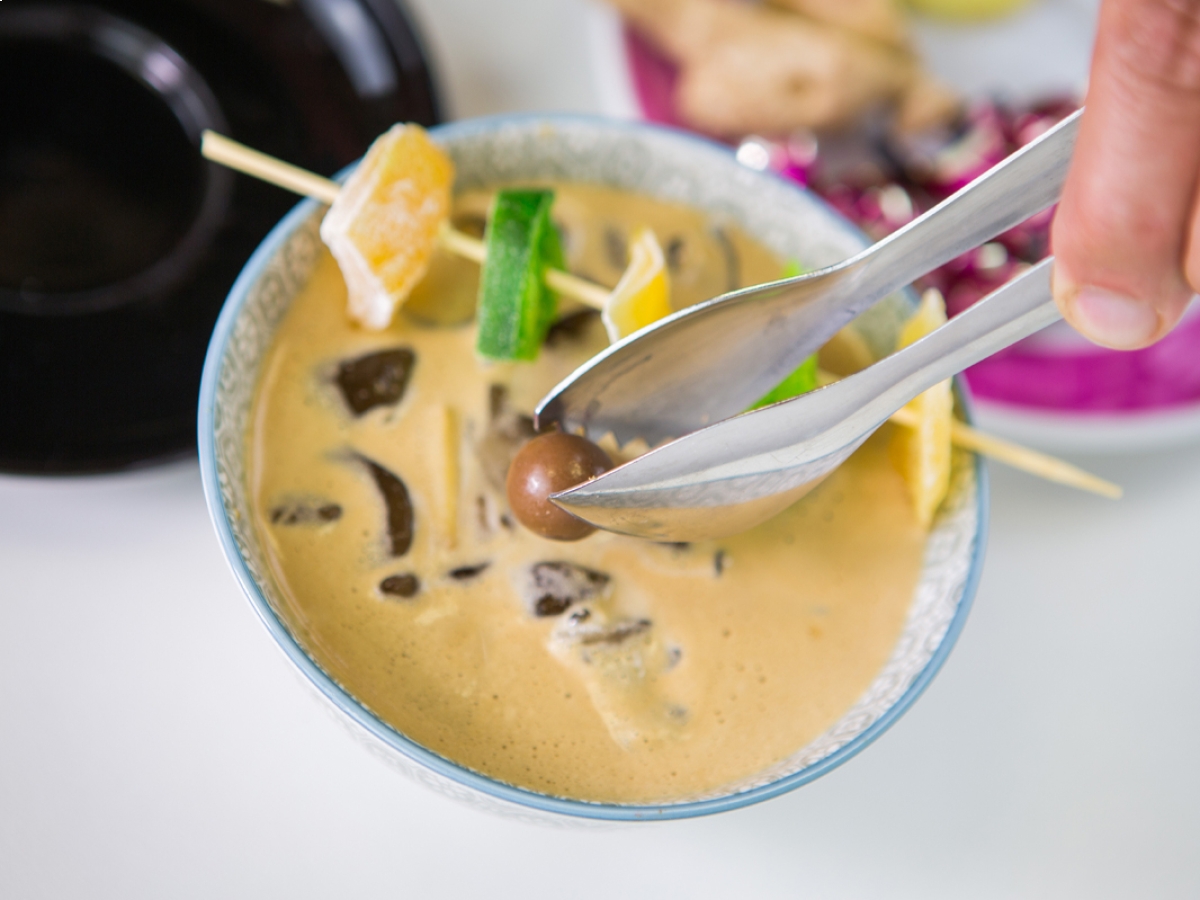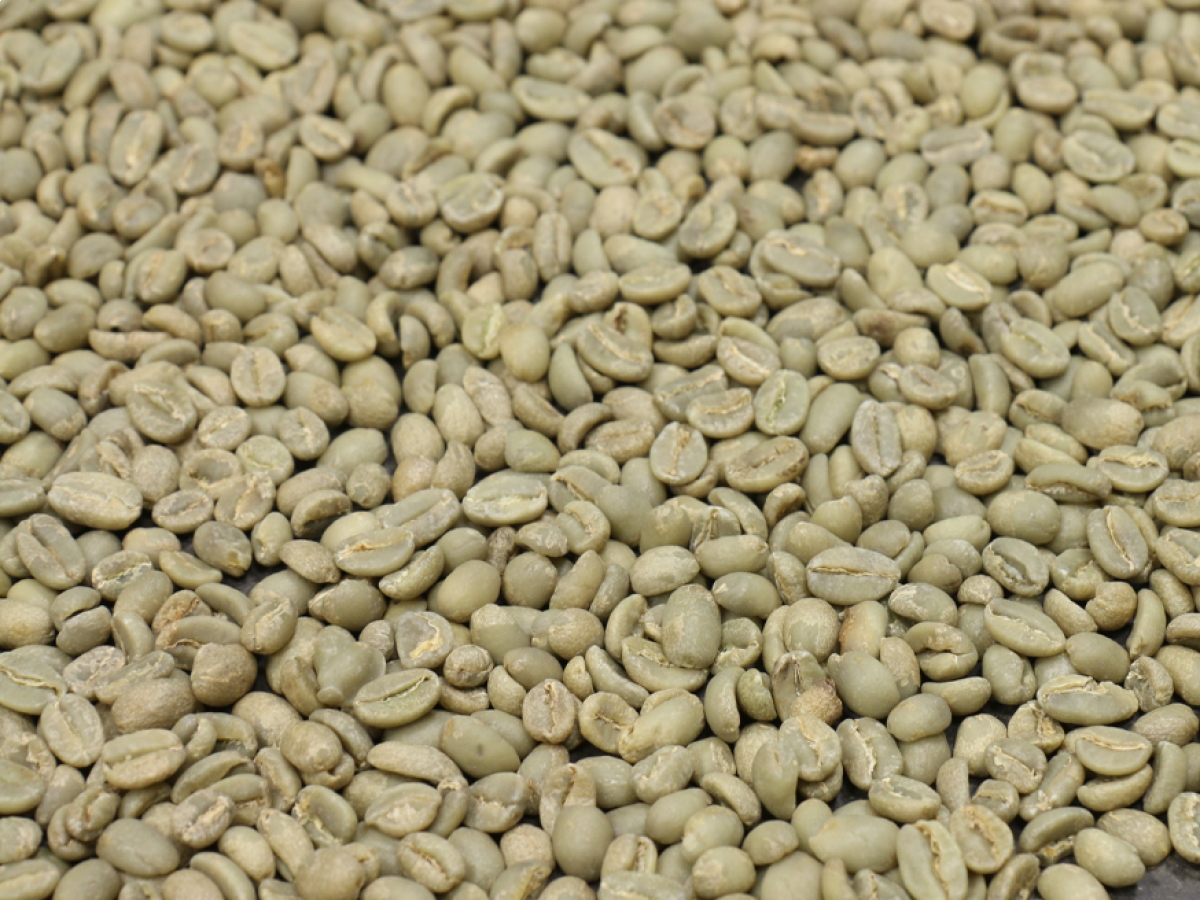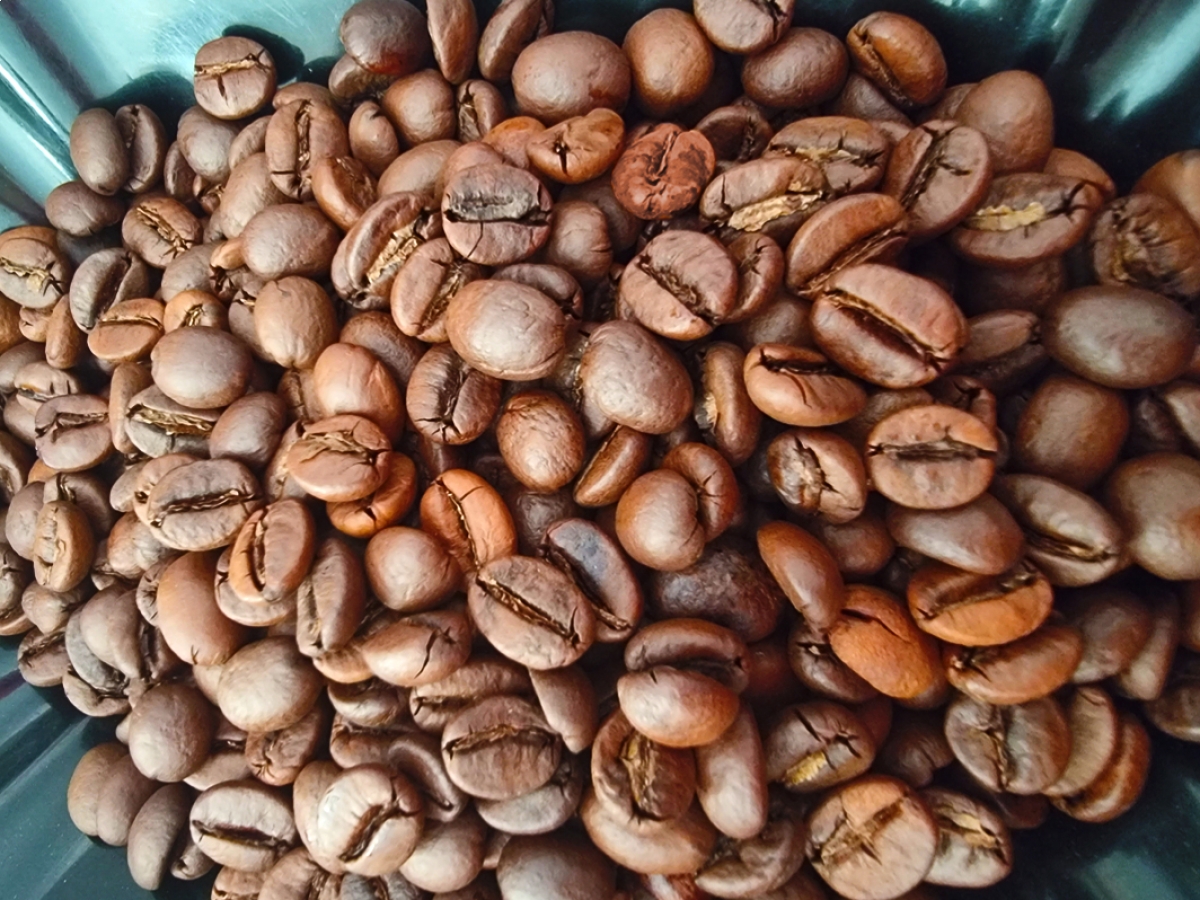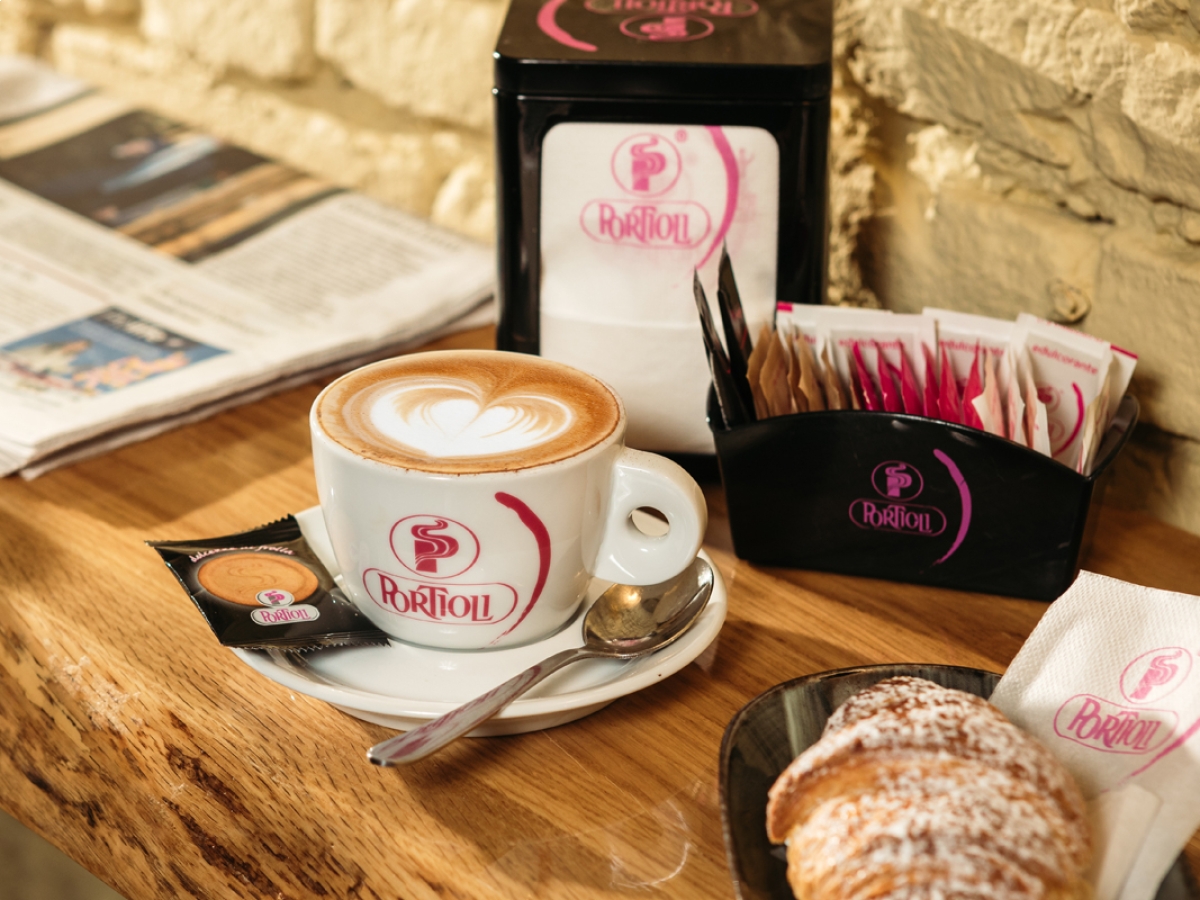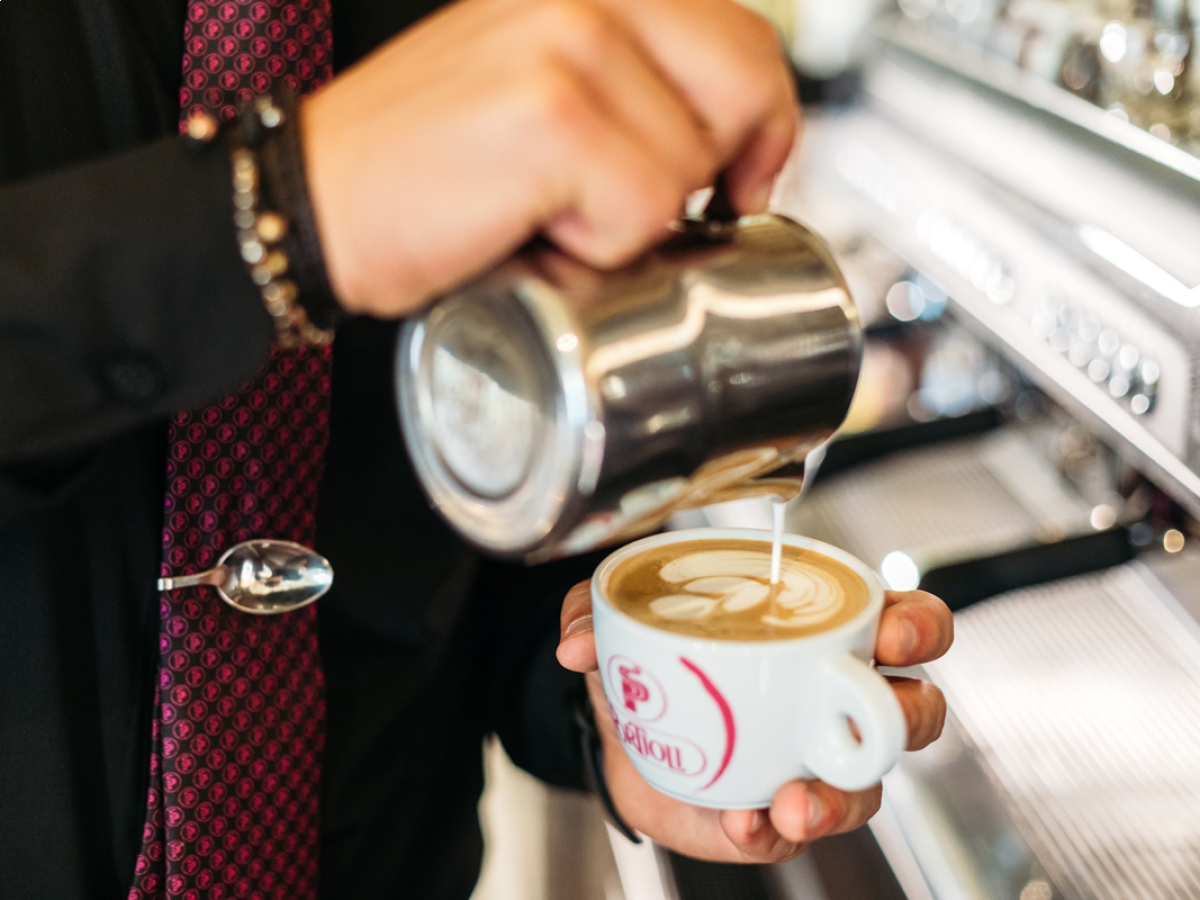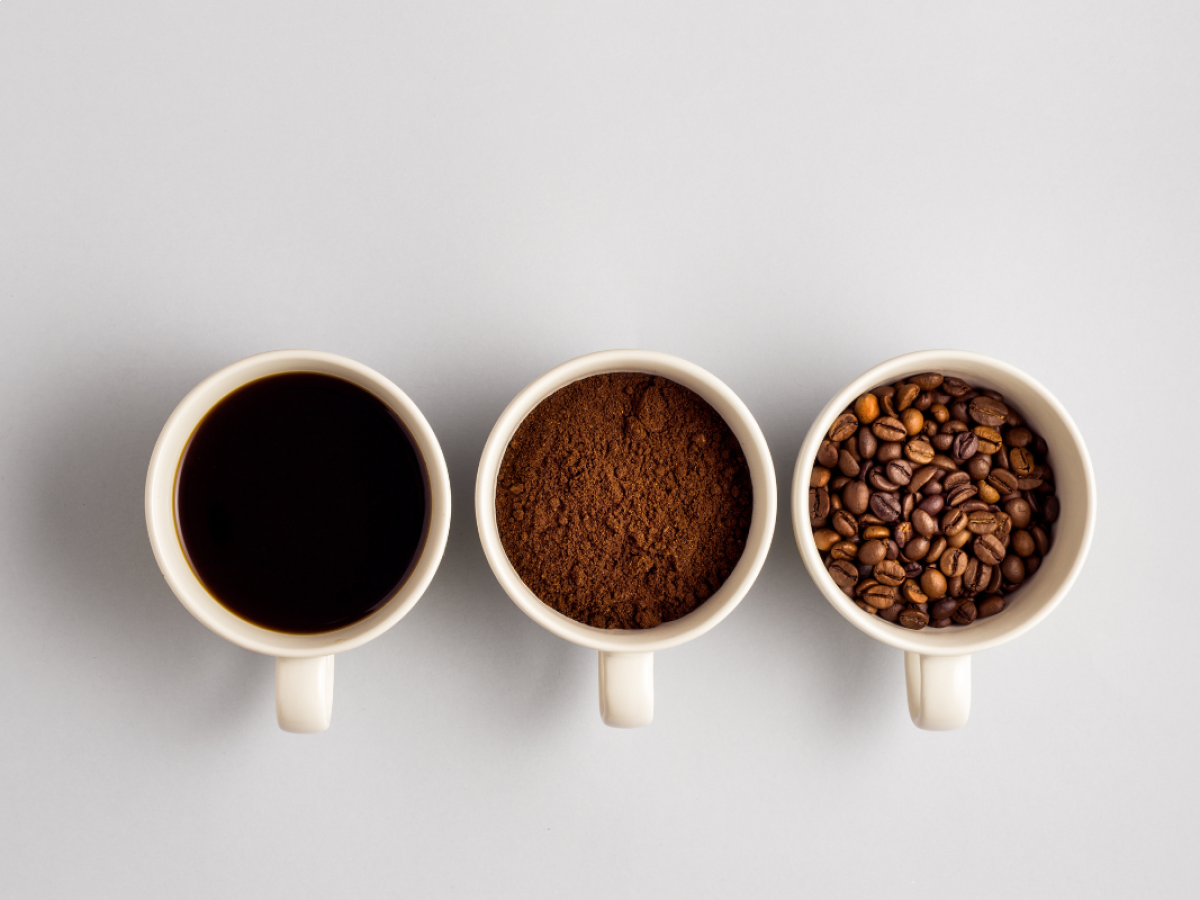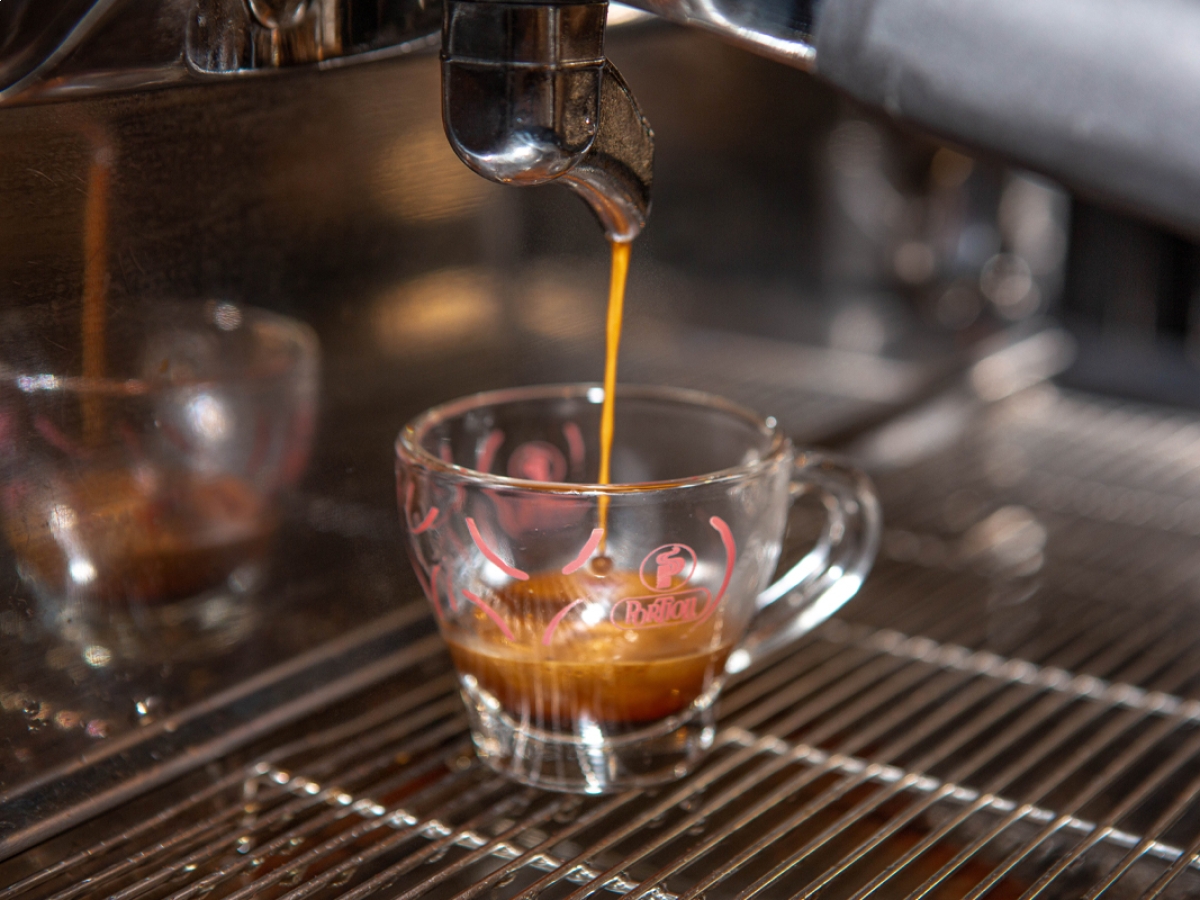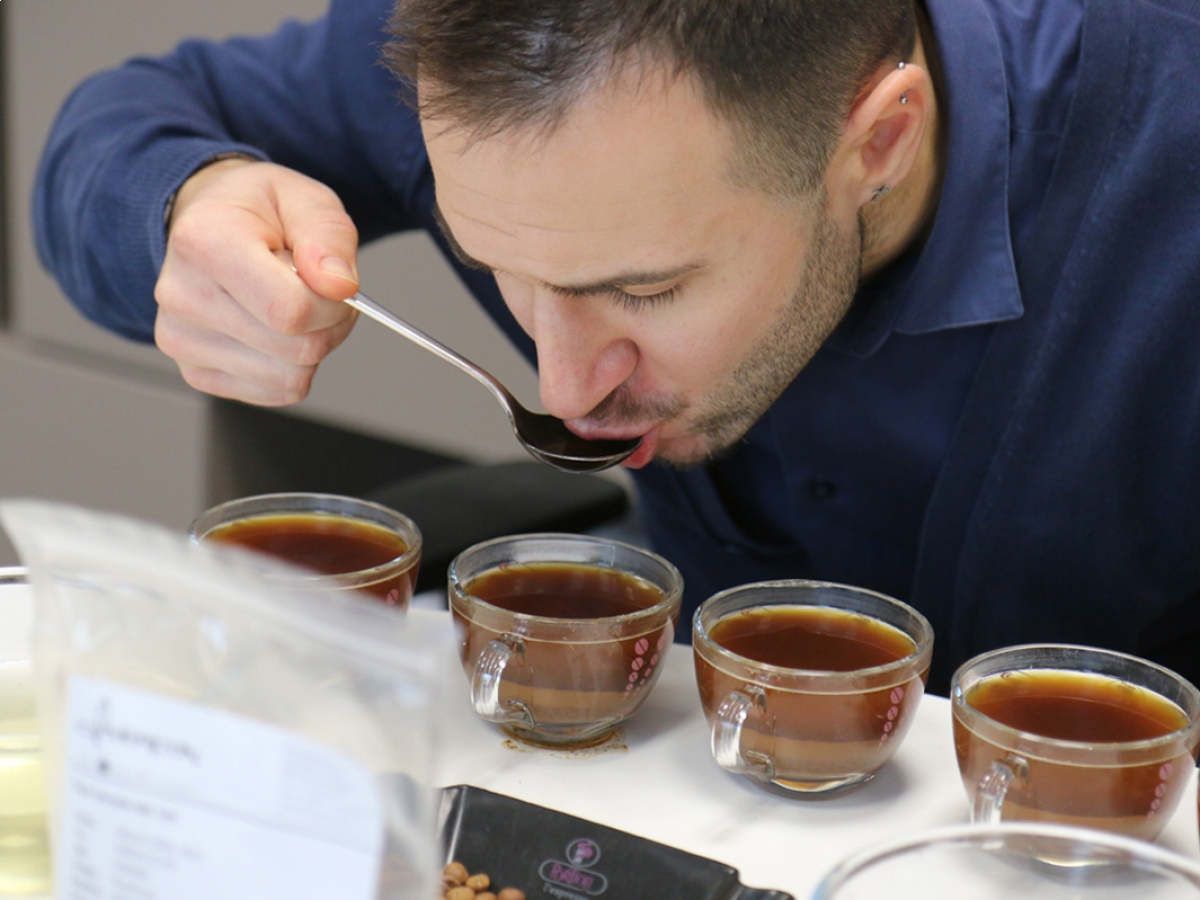
The word cupping dates back to the 19th century by merchants at coffee auctions, but it was not until the late 20th century that coffee cupping was standardised by two organisations: the Cup of Excellence and the Speciality Coffee Association (SCA). The coffee cupping technique is used to assess the sensory characteristics of coffee on a commercial level and was later also included in industry competitions. From now on, the technique is used to evaluate coffee in competitions by means of an official card that defines the standards of the best coffee. What does coffee cupping mean?
What does cupping mean
To understand what cupping means, we must compare coffee tasting to wine tasting, since both aim to evaluate the product in its purest form. Coffee cupping means the way of judging roasted coffee based on tasting.
Those who want to experiment with cupping need to use very simple equipment such as a kettle, coffee grinder, cup and spoon and arm themselves with patience. Good practice invites the taster to coarsely grind the coffee bean and bring the water to a temperature of 96°. Specifically, 8.25 grams of coffee corresponds to 150 ml of hot water.
What coffee cuppings is for
If you are wondering what the purpose of coffee cupping is, it is good to know that it is the best way to release the aroma and flavour of coffee and discover all its different nuances. This is why producers, importers and roasters use this technique to analyse the various coffee origins.
Only cupping makes it possible to understand the differences between the various coffees, from delicate to intense and full-bodied ones. This is why enthusiasts also use cupping to evaluate a newly acquired coffee. In this way, the true potential of the beverage and the optimal extraction technique can be understood.
Cupping is a wonderful tool to guide you to the best possible result.
This is why cupping tasting is used by laboratories during coffee quality controls and allows professionals to detect flaws and defects in the beverage, which are not limited to visual defects in the coffee beans. The important thing is to know that the tasting always concerns single origin coffees, single and micro-lots and never blends in order to appreciate all the quality and characteristics of a beverage with a long history and tradition.
Portioli quality laboratory
Portioli coffee laboratory takes care of selecting, researching and controlling, with extreme rigour, the best qualities of raw coffee that will compose the symphonic orchestra of flavours: the blend. In order to guarantee a high level of raw materials, our quality laboratory carries out specific sensory analyses, established by an international protocol that manages the coffee market. This starts with a visual analysis, followed by a Brazilian or coffee cupping, and ends with the final evaluation of all the characteristics of a specific batch of raw coffee.
Contact us to learn more!
Related articles
Portioli Express
Home and office shopping
Experience authentic Italian espresso right at home with our premium blends in a variety of formats.
Go to the shop










